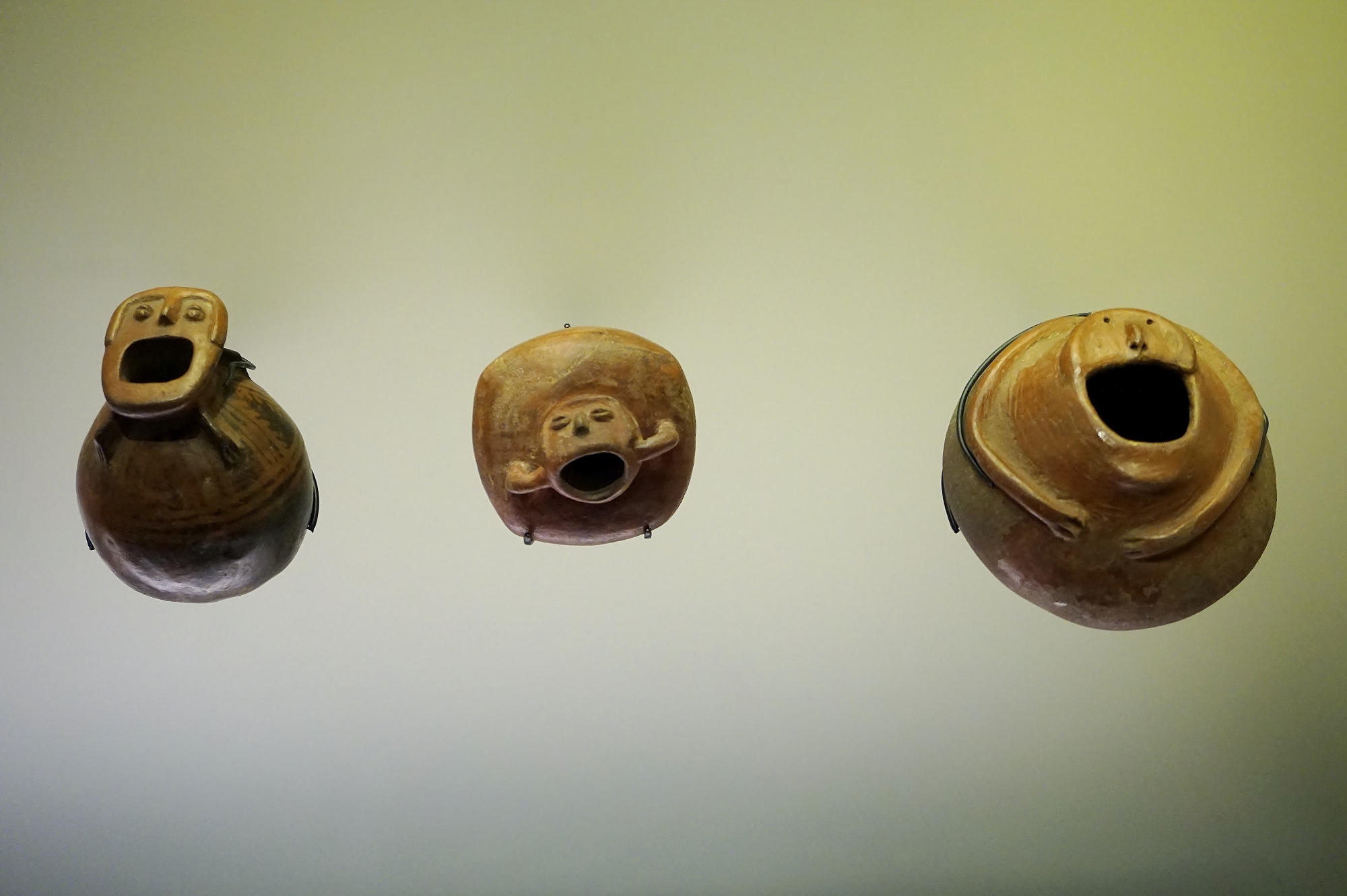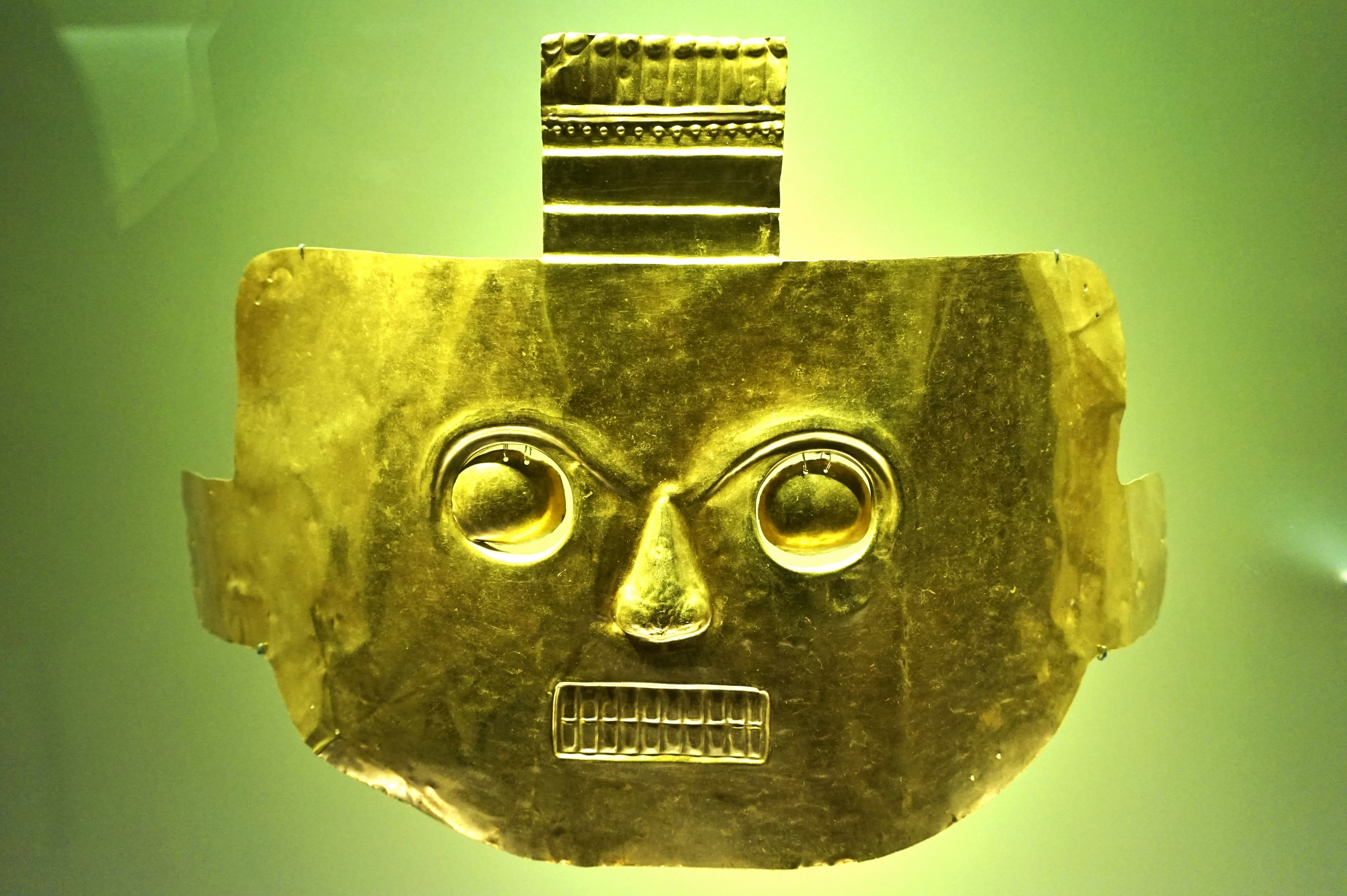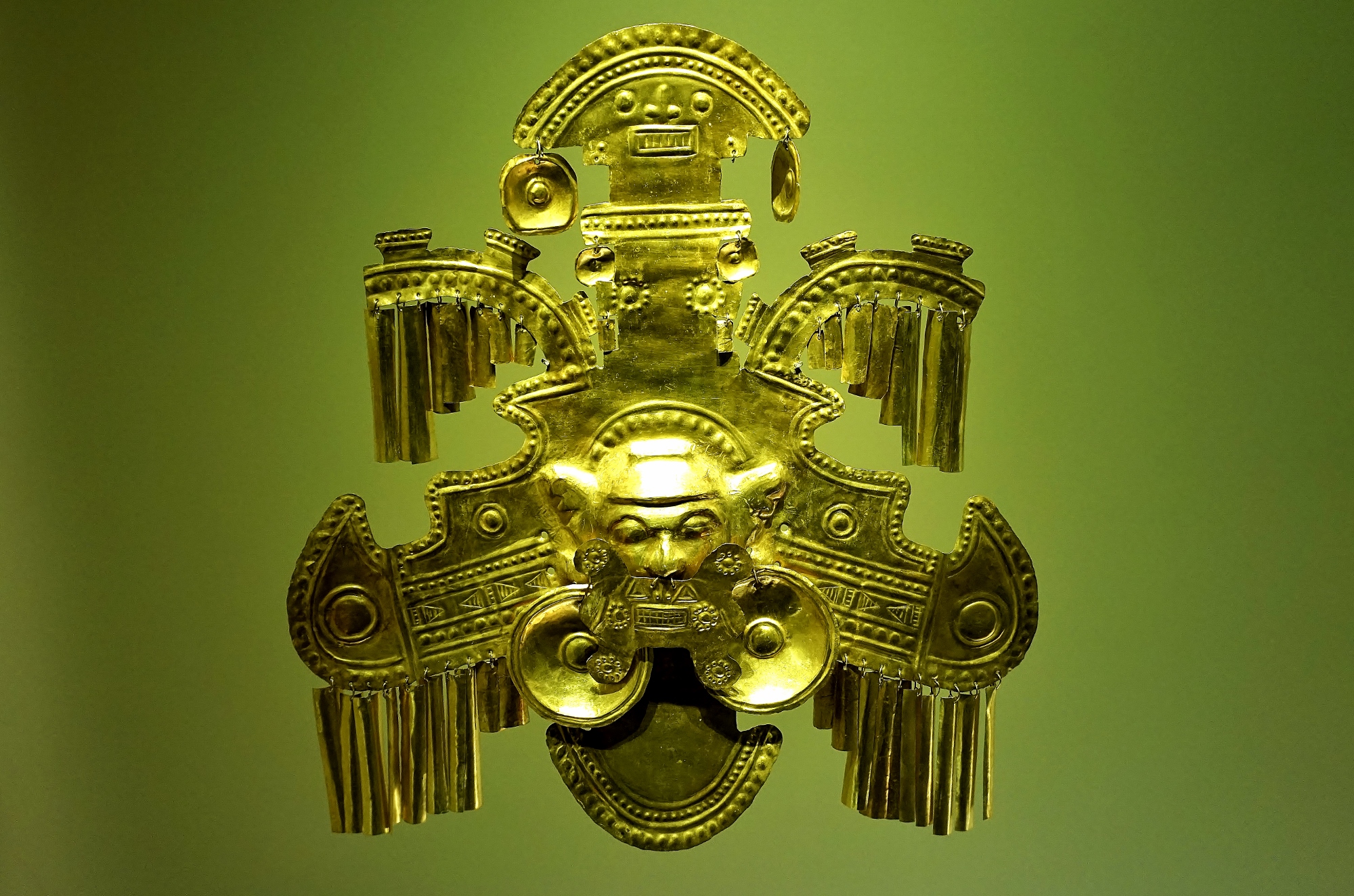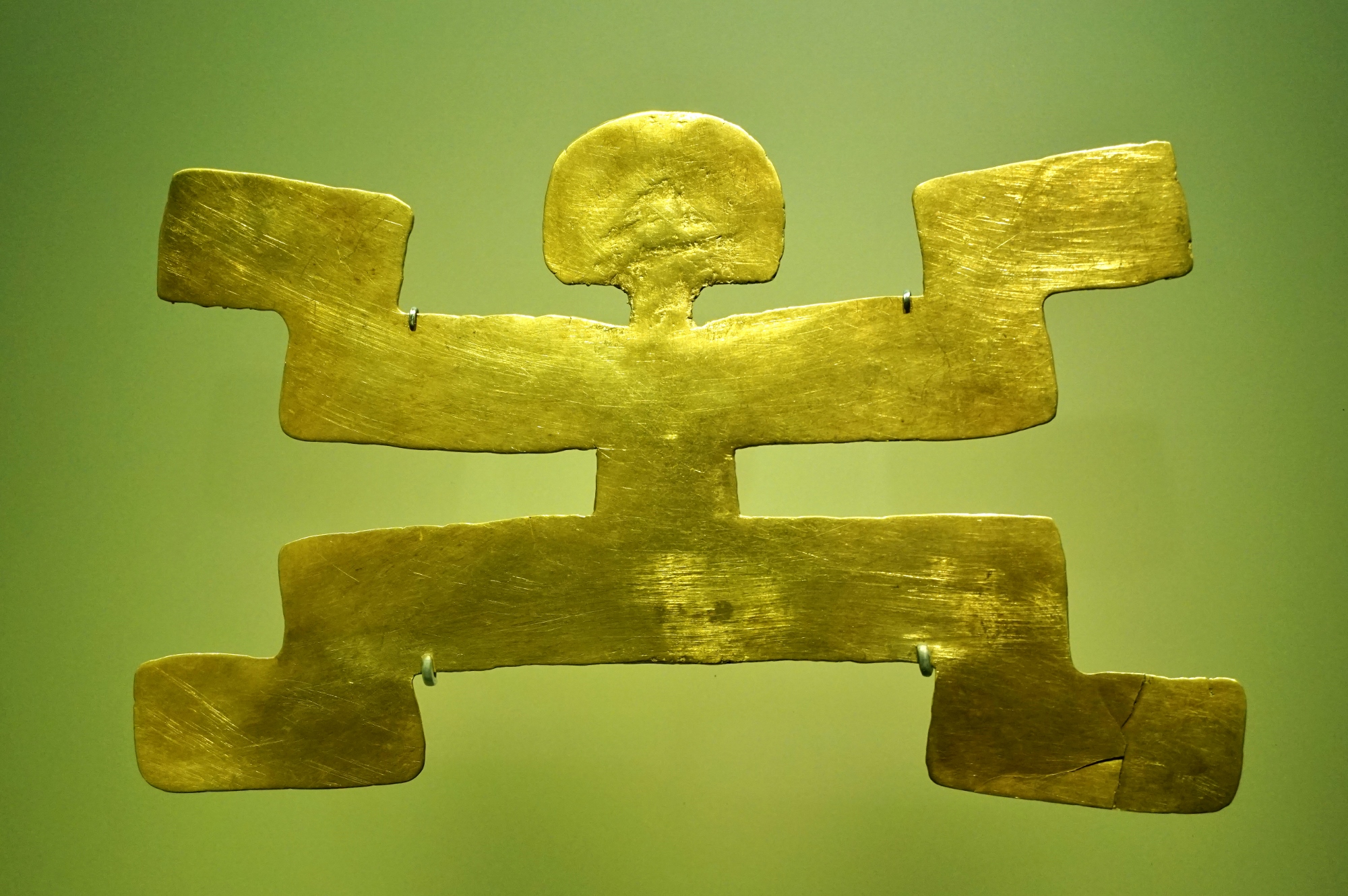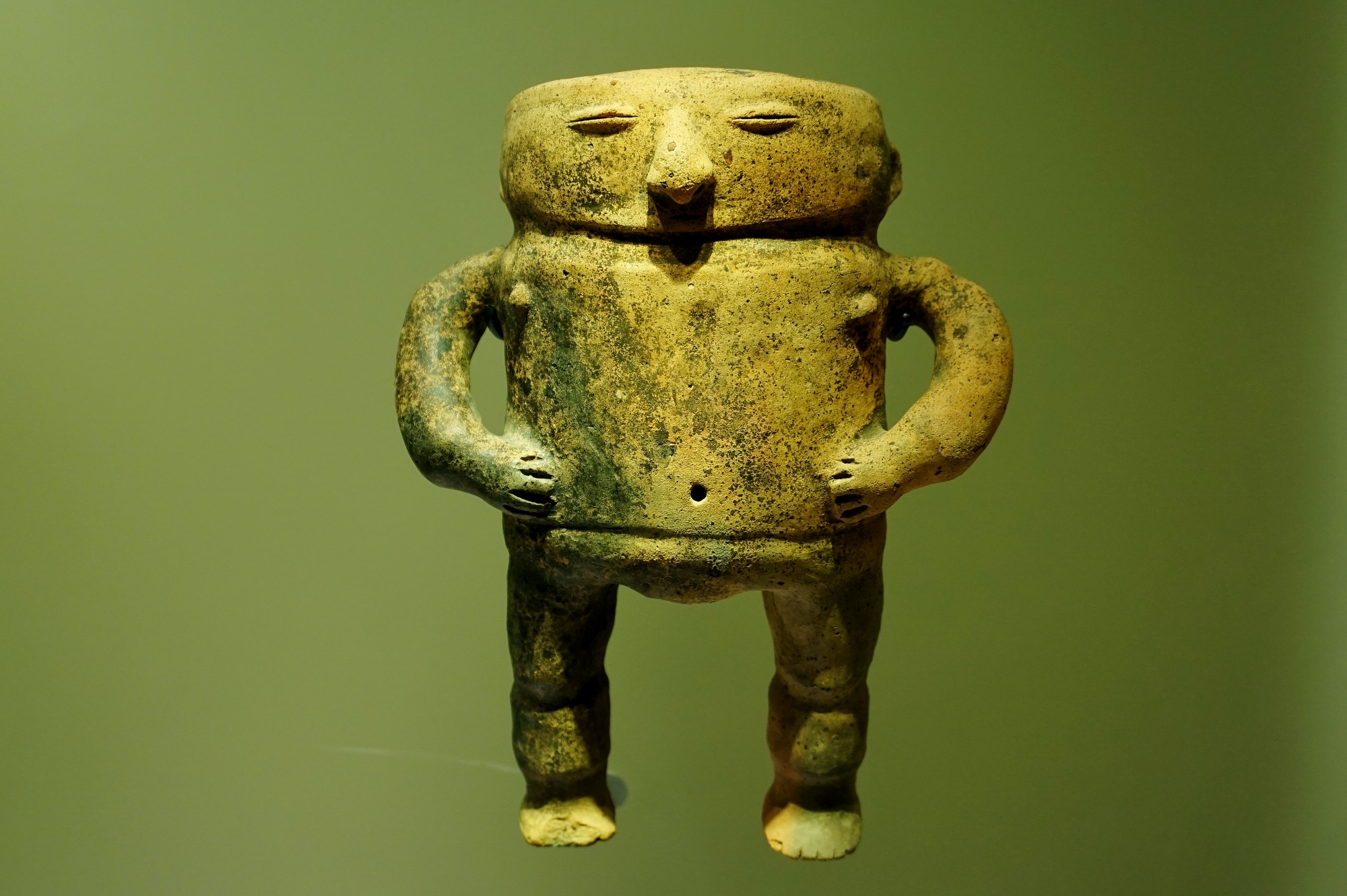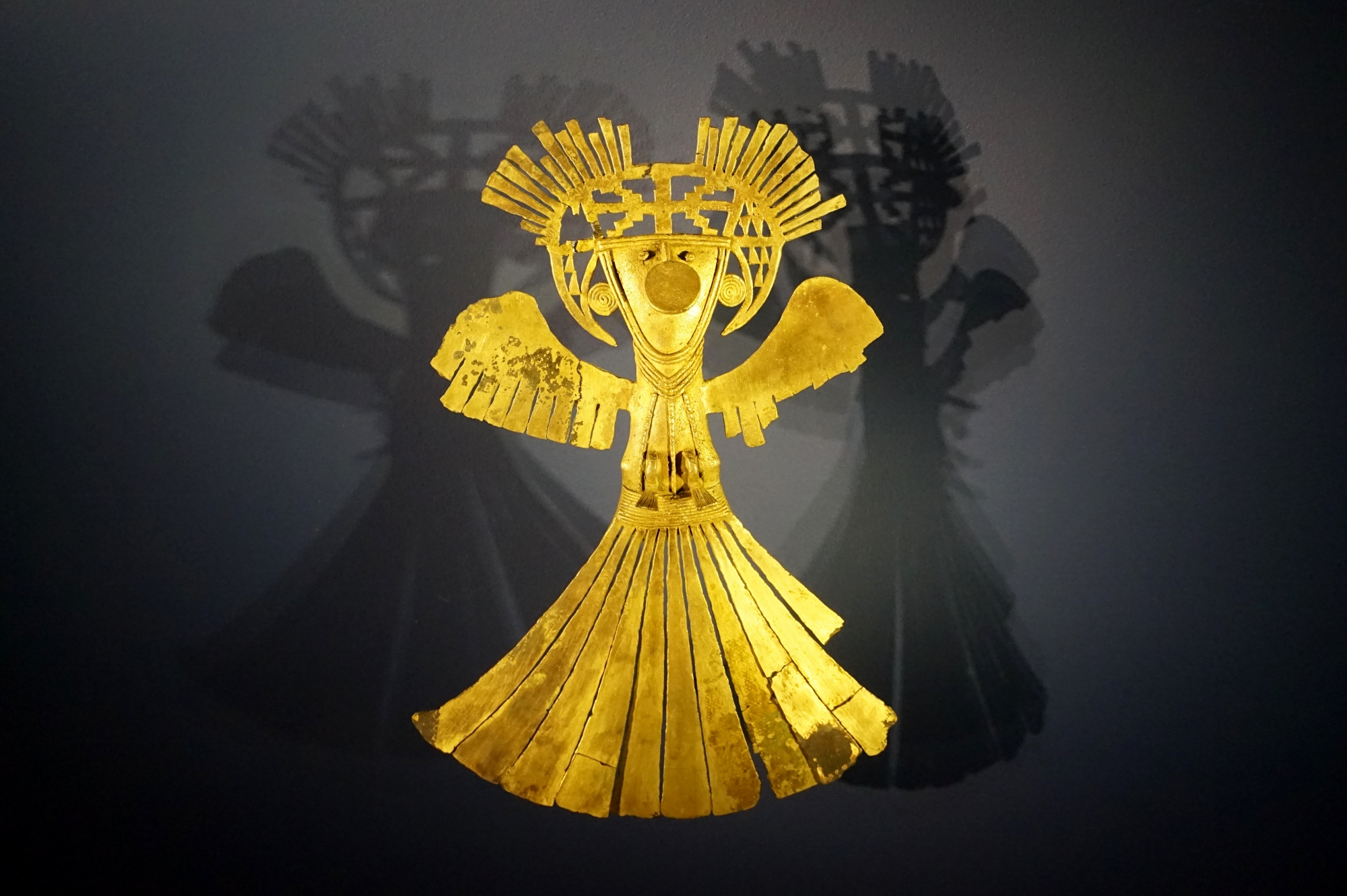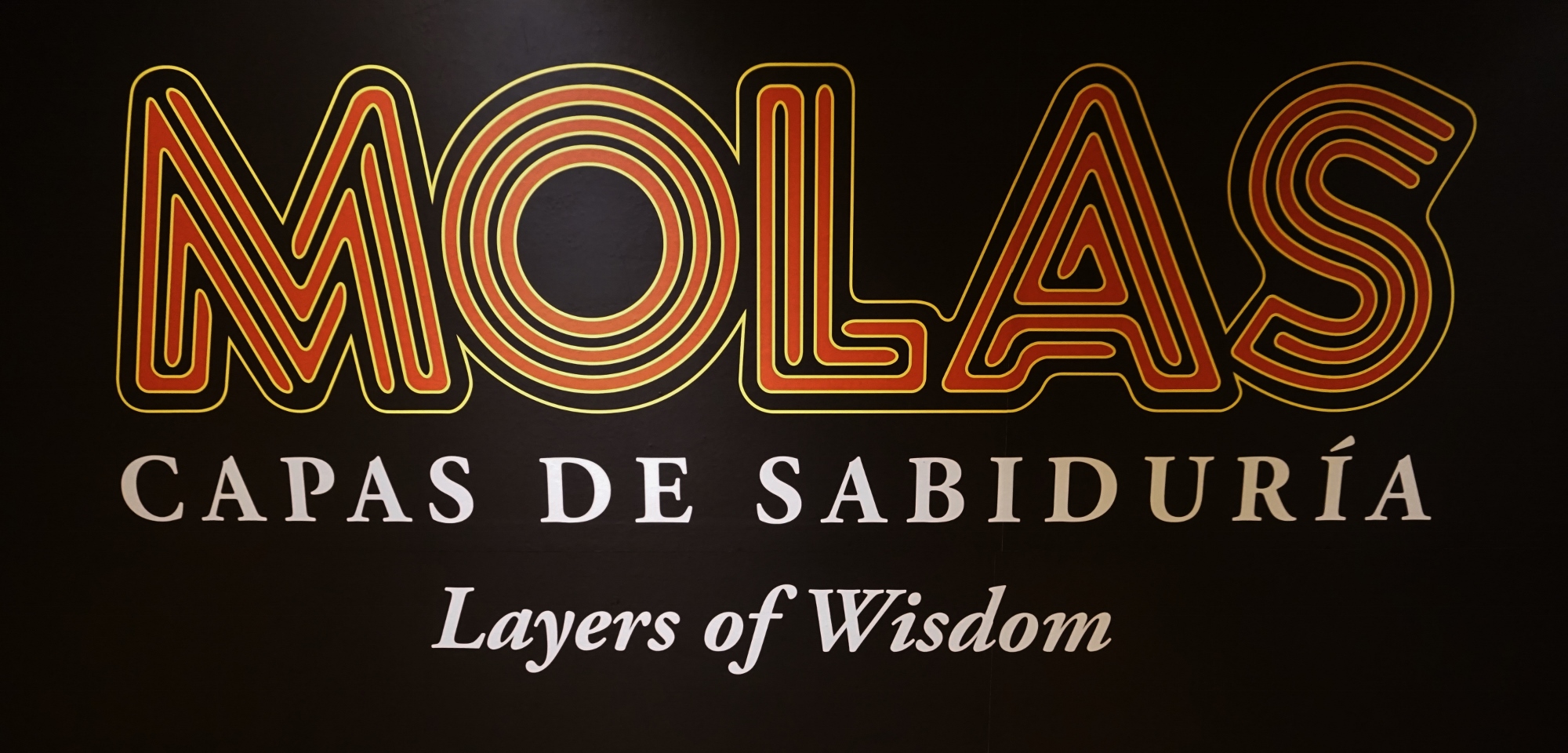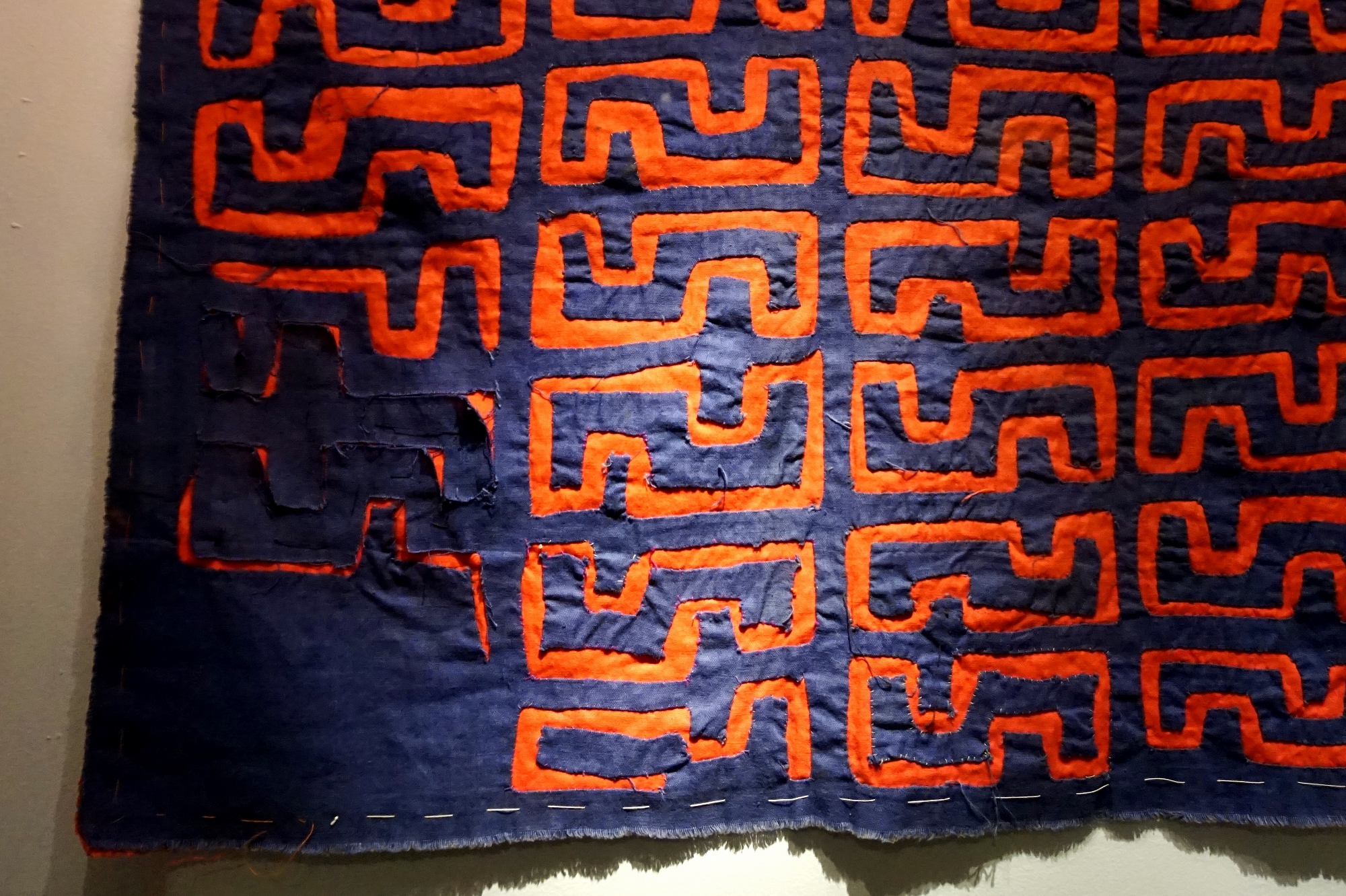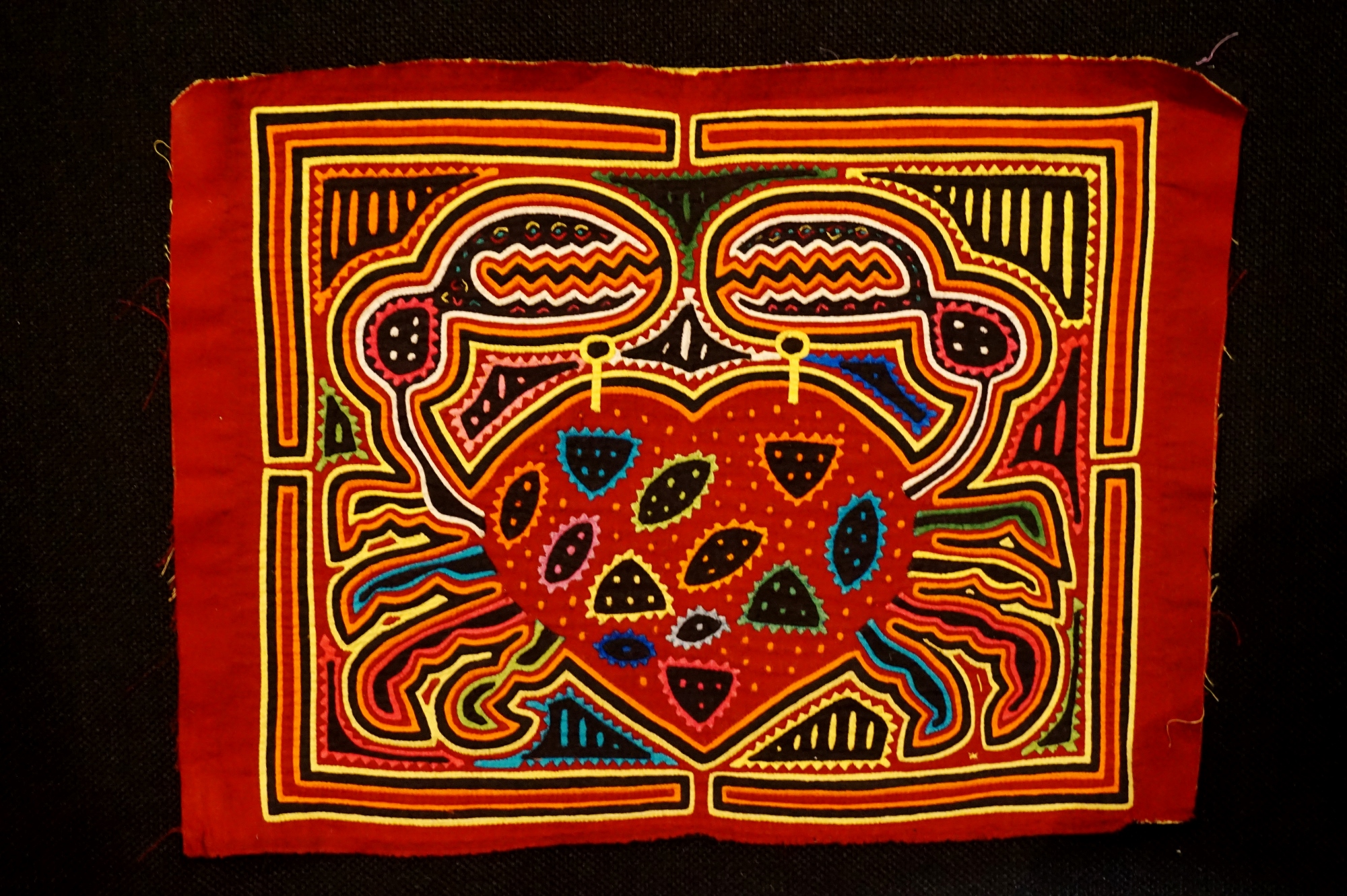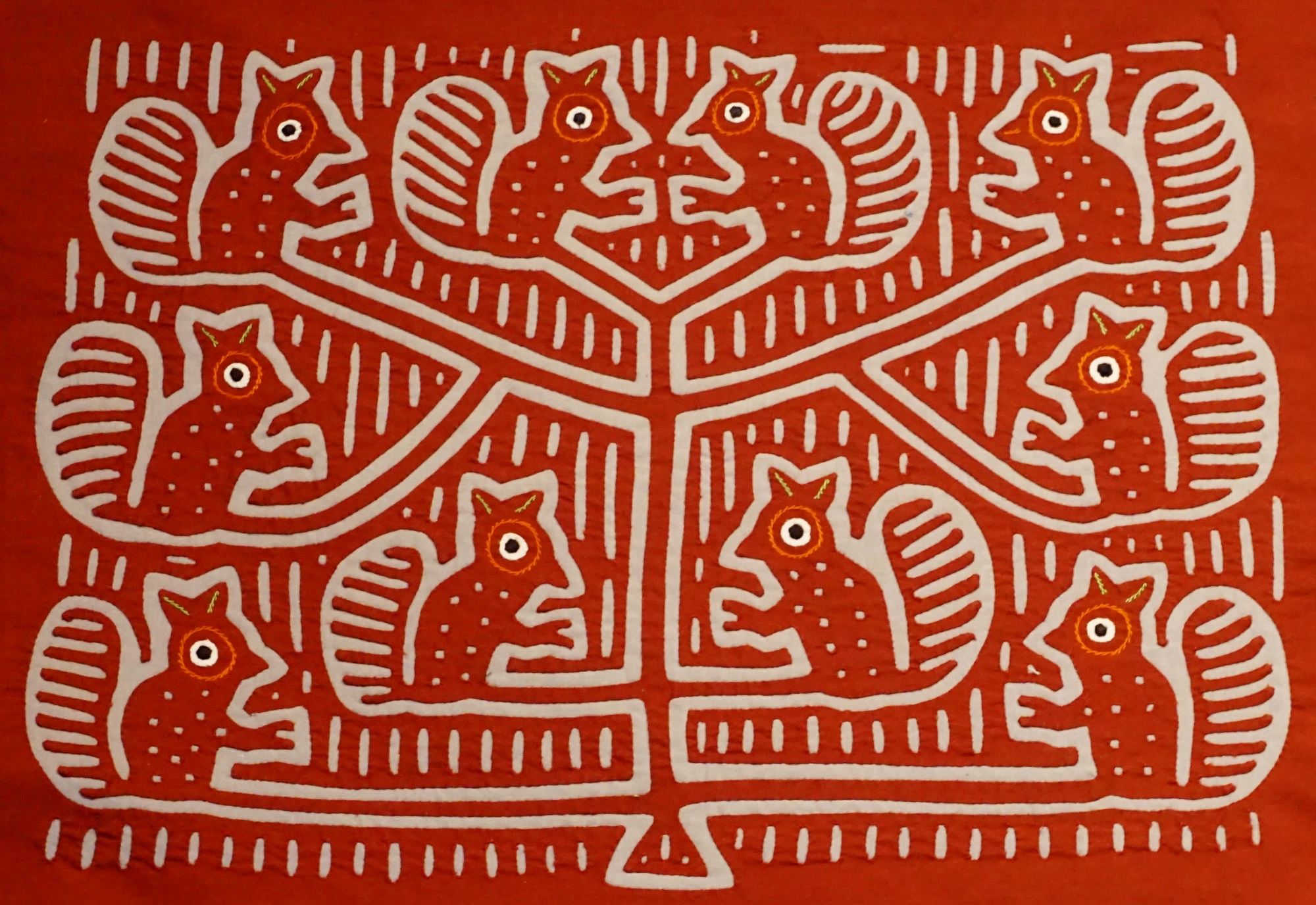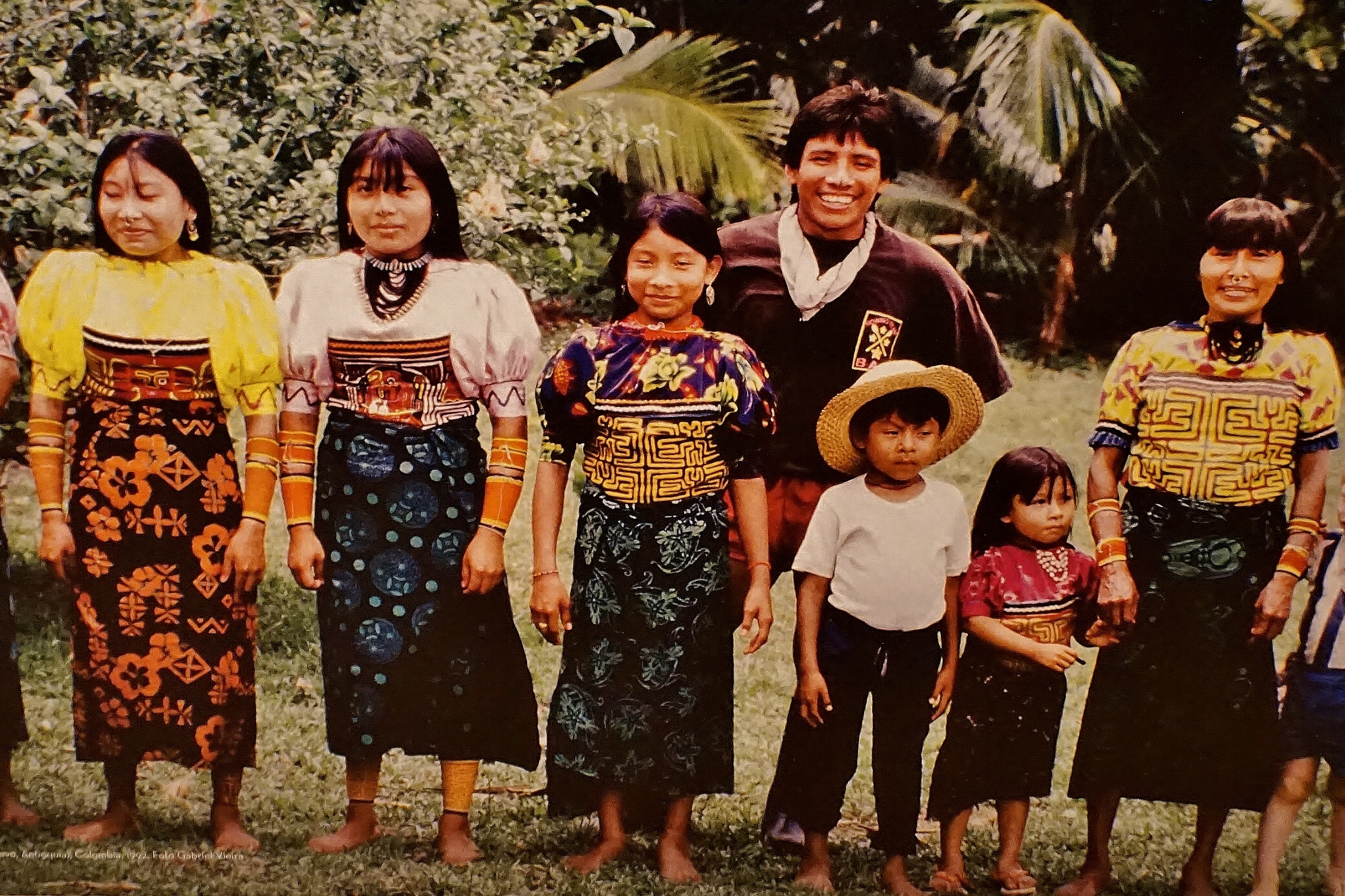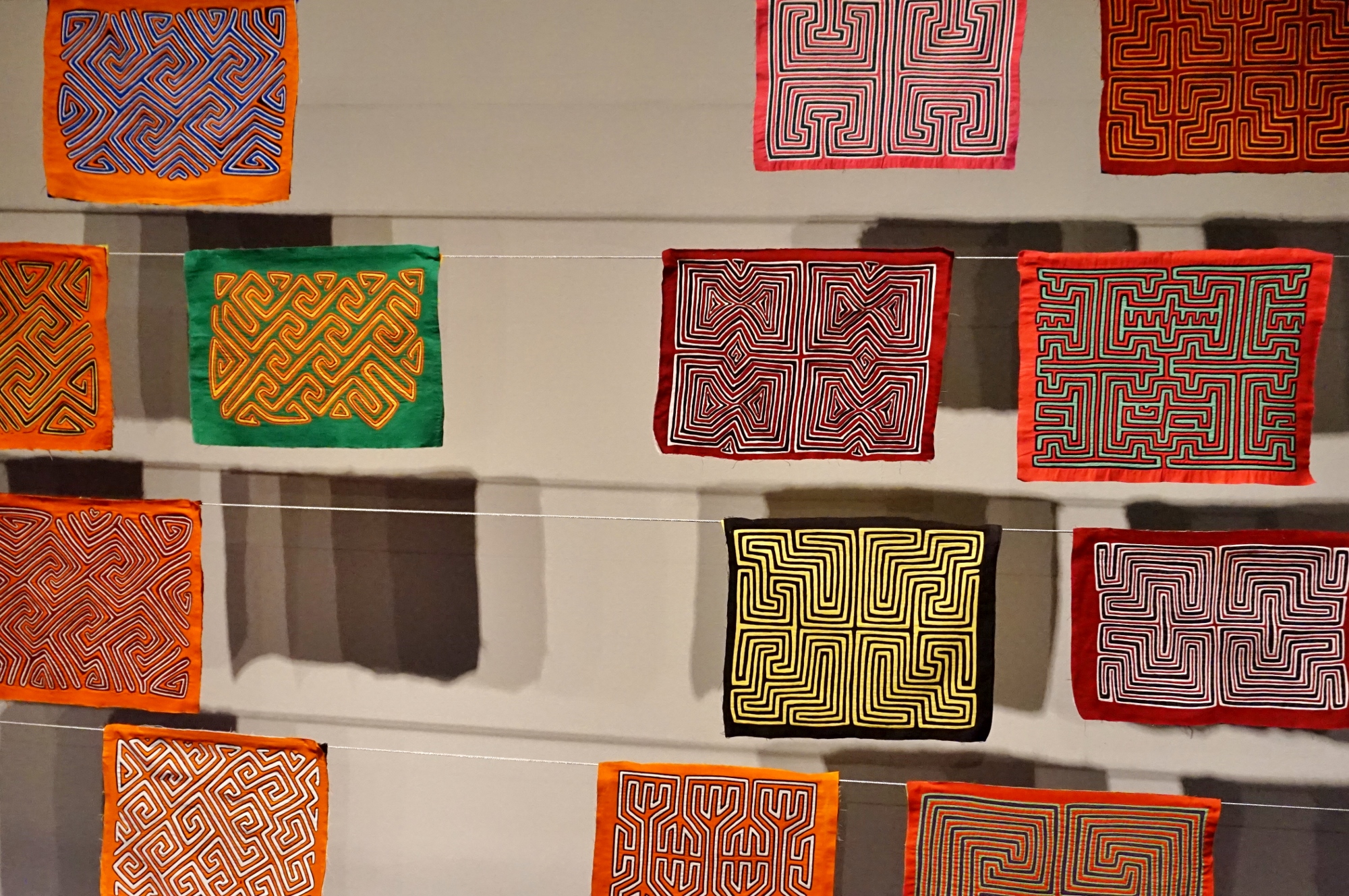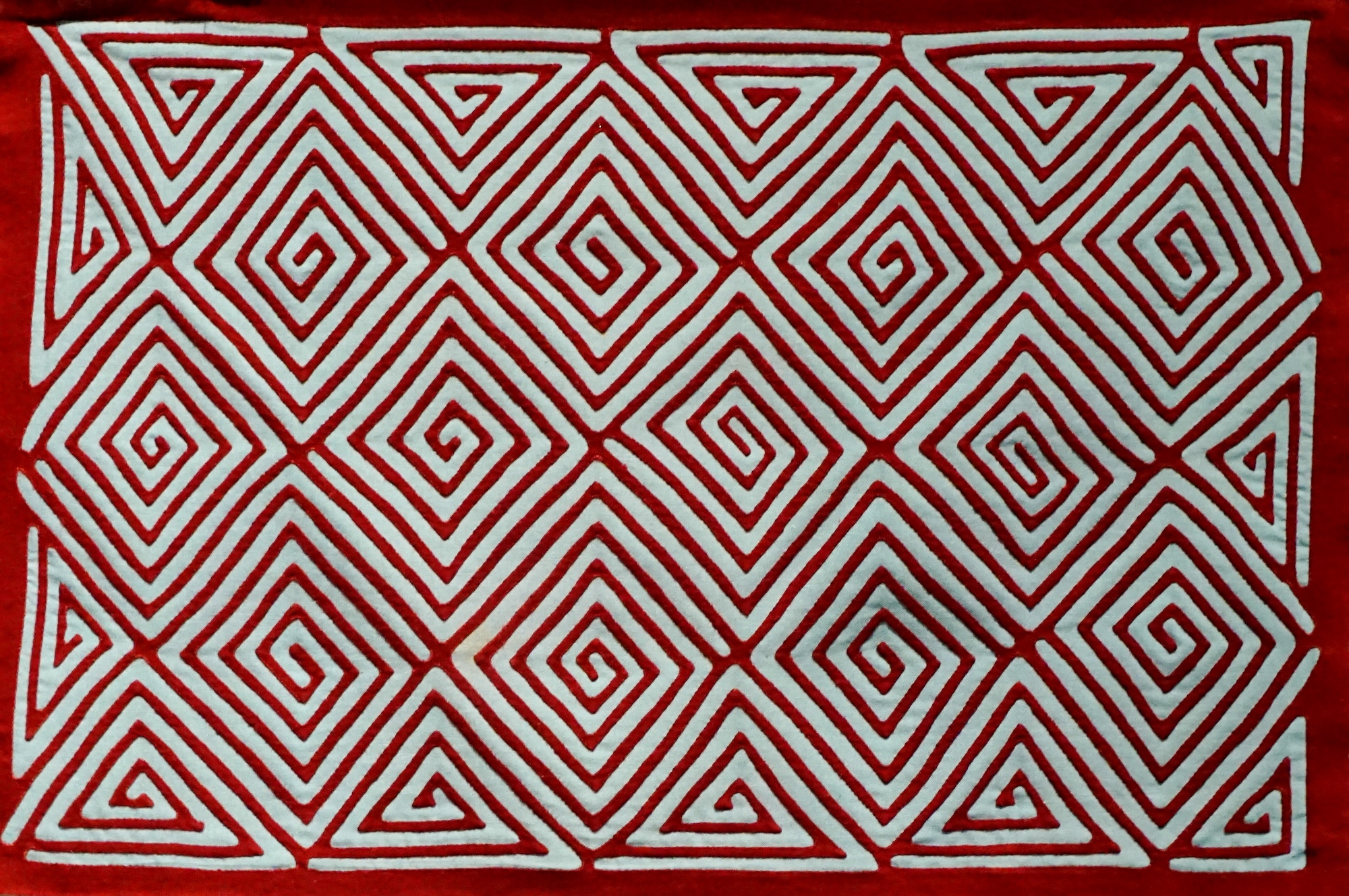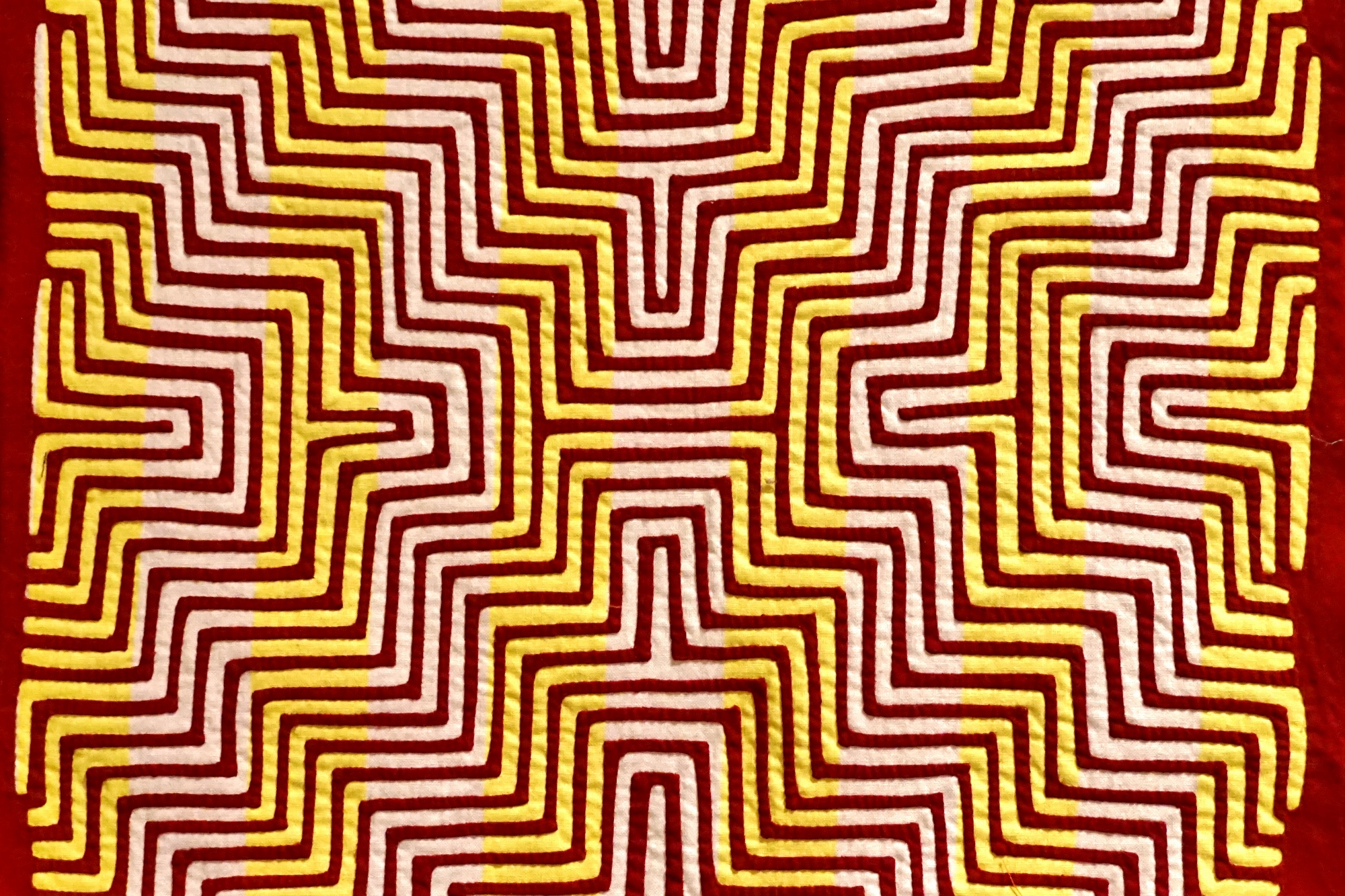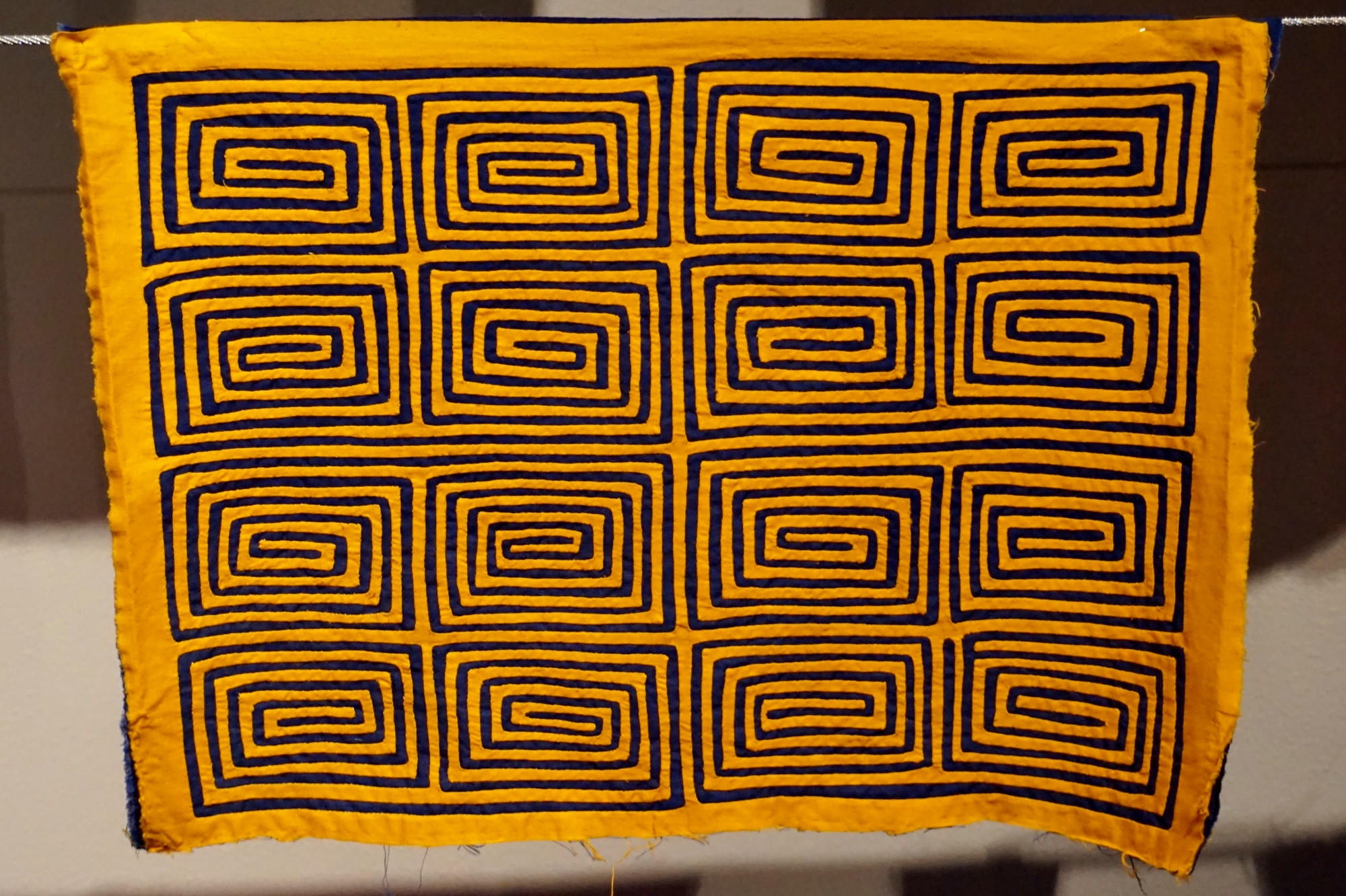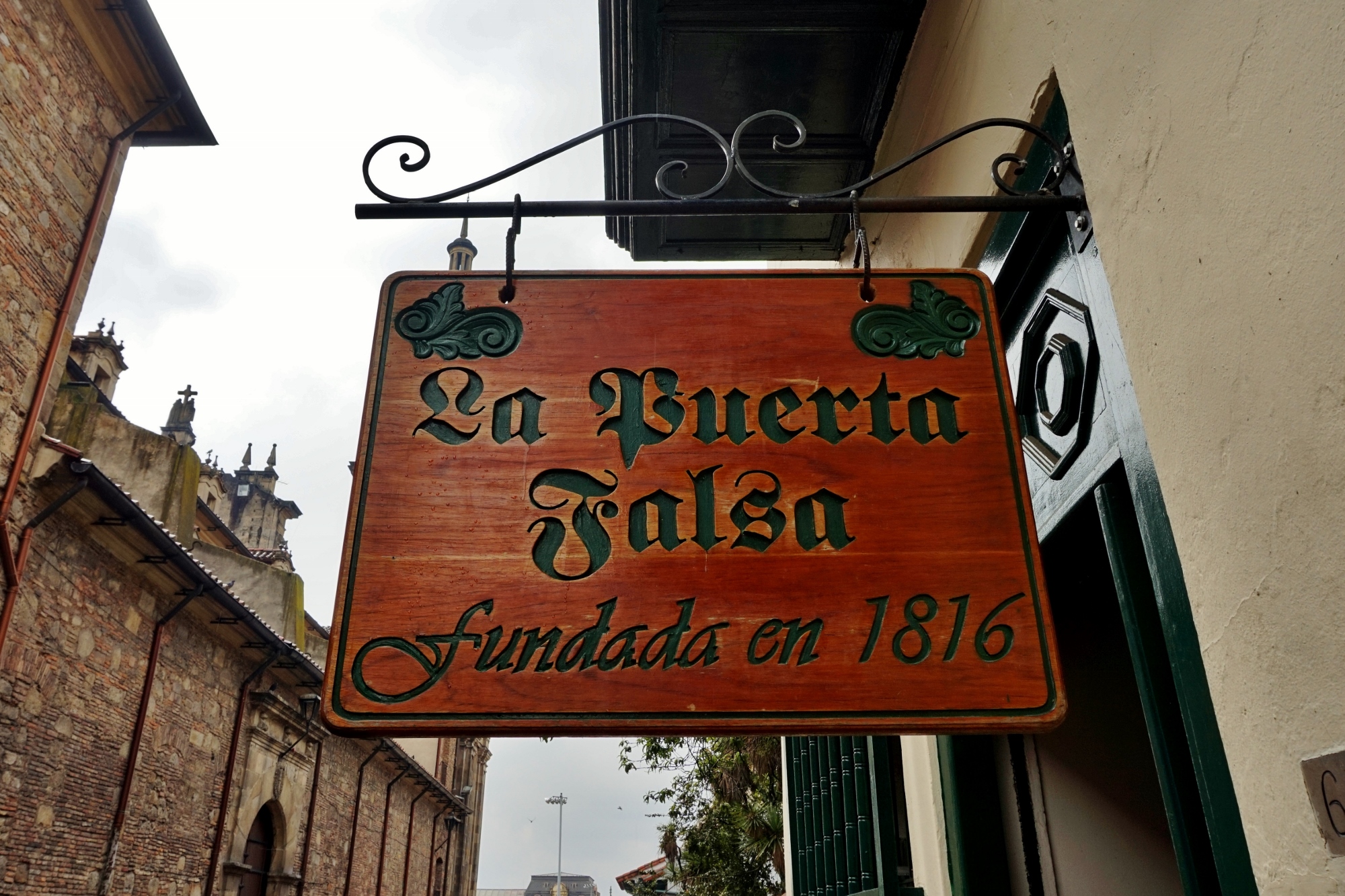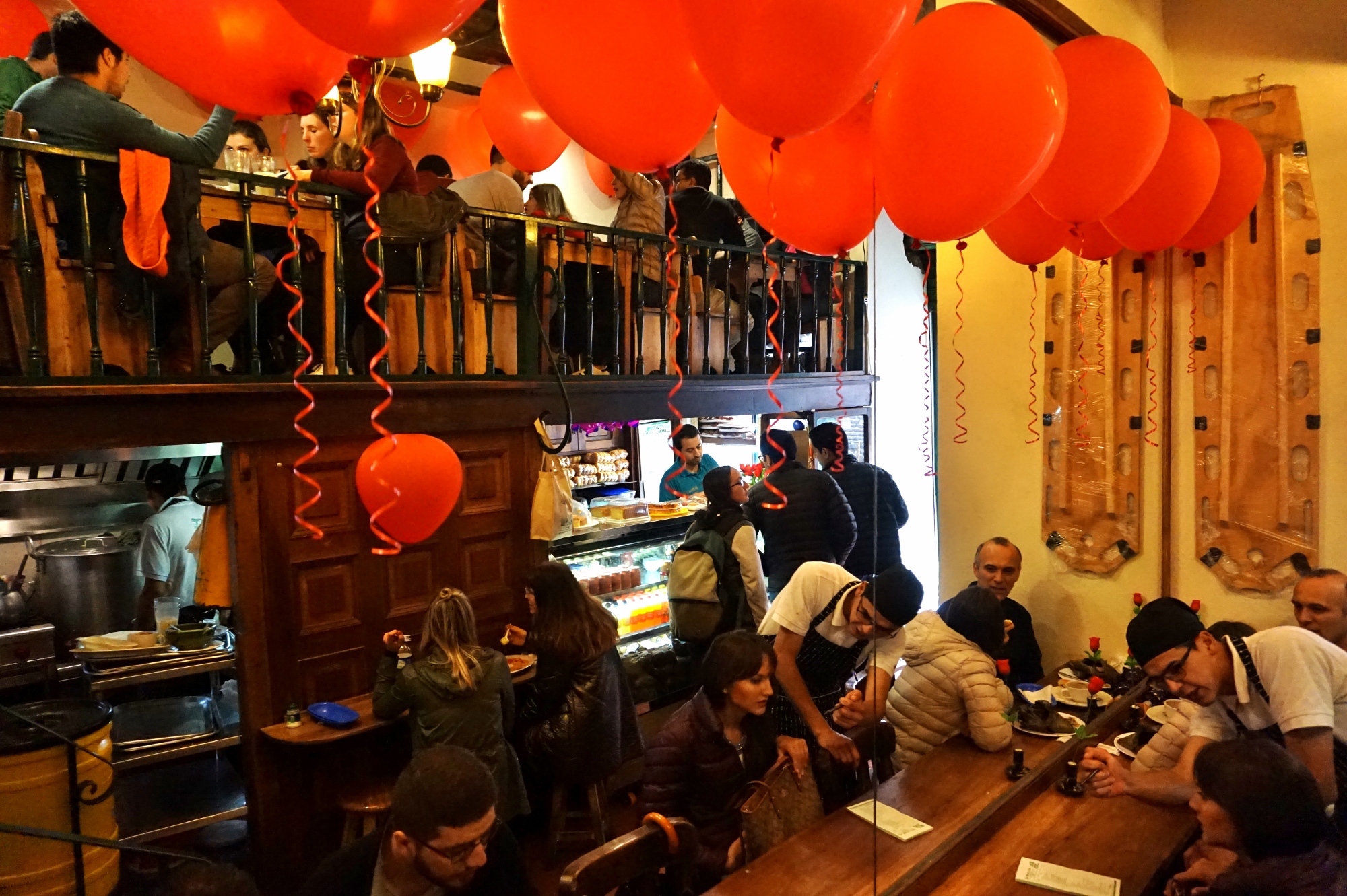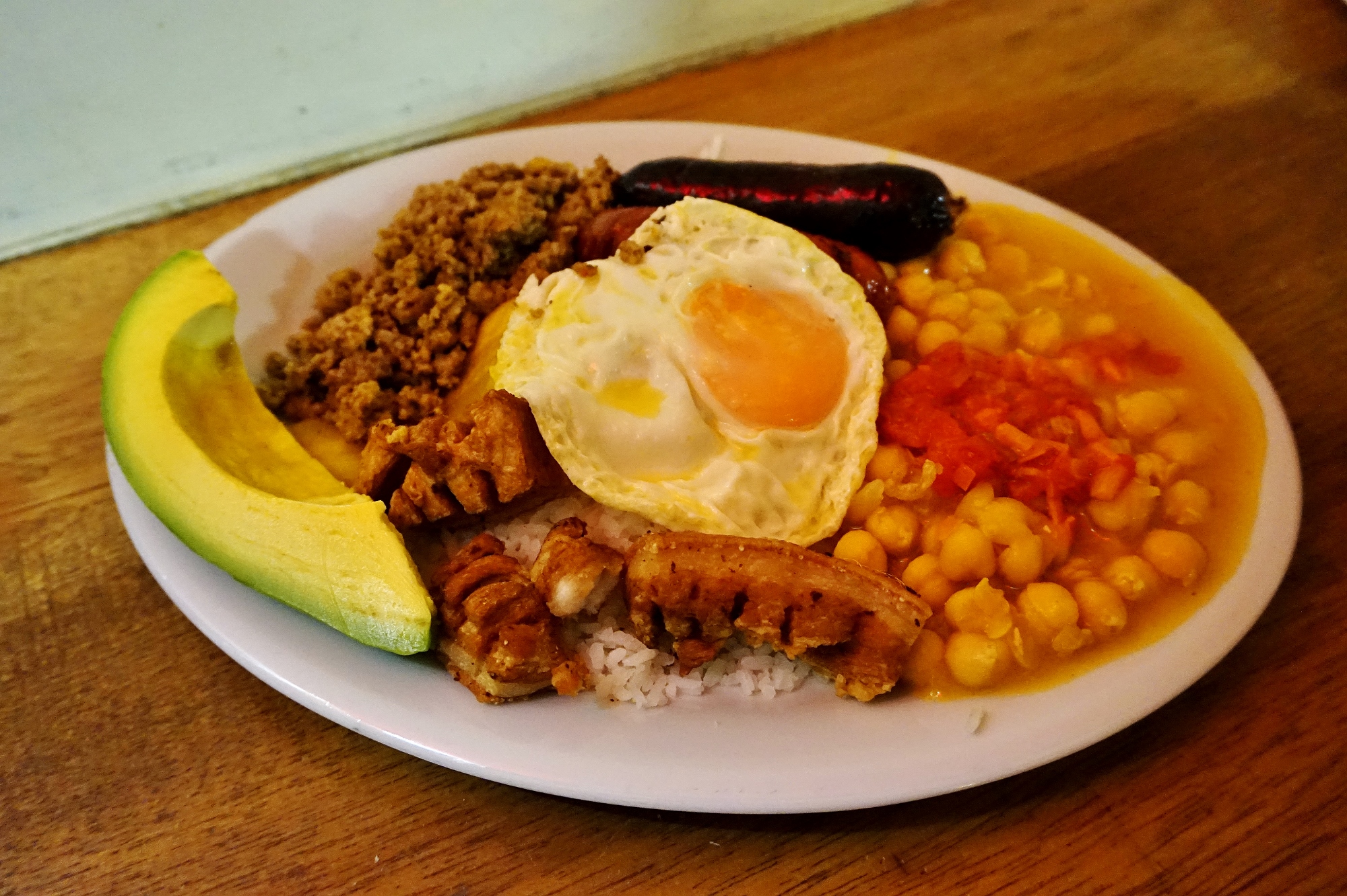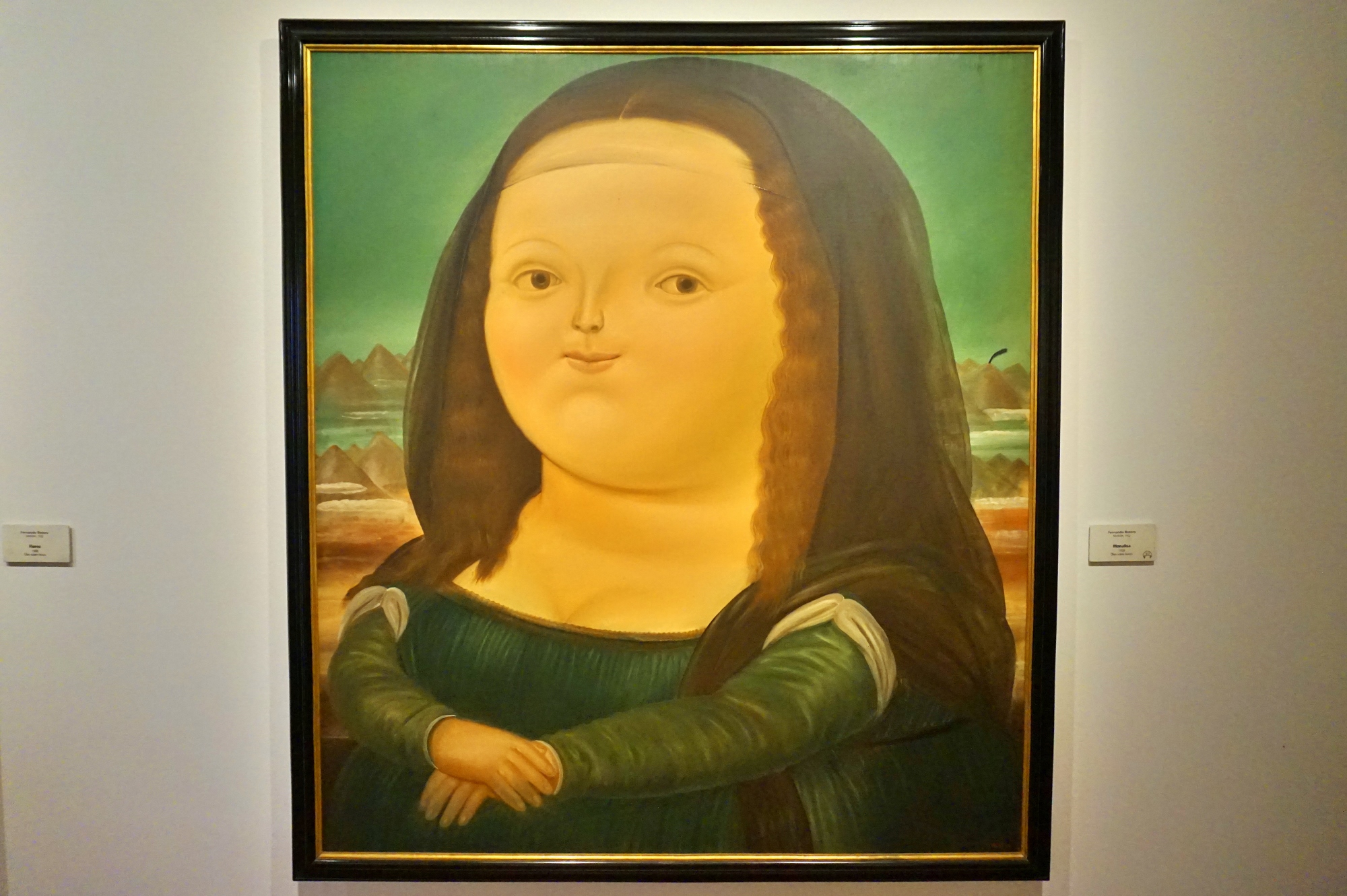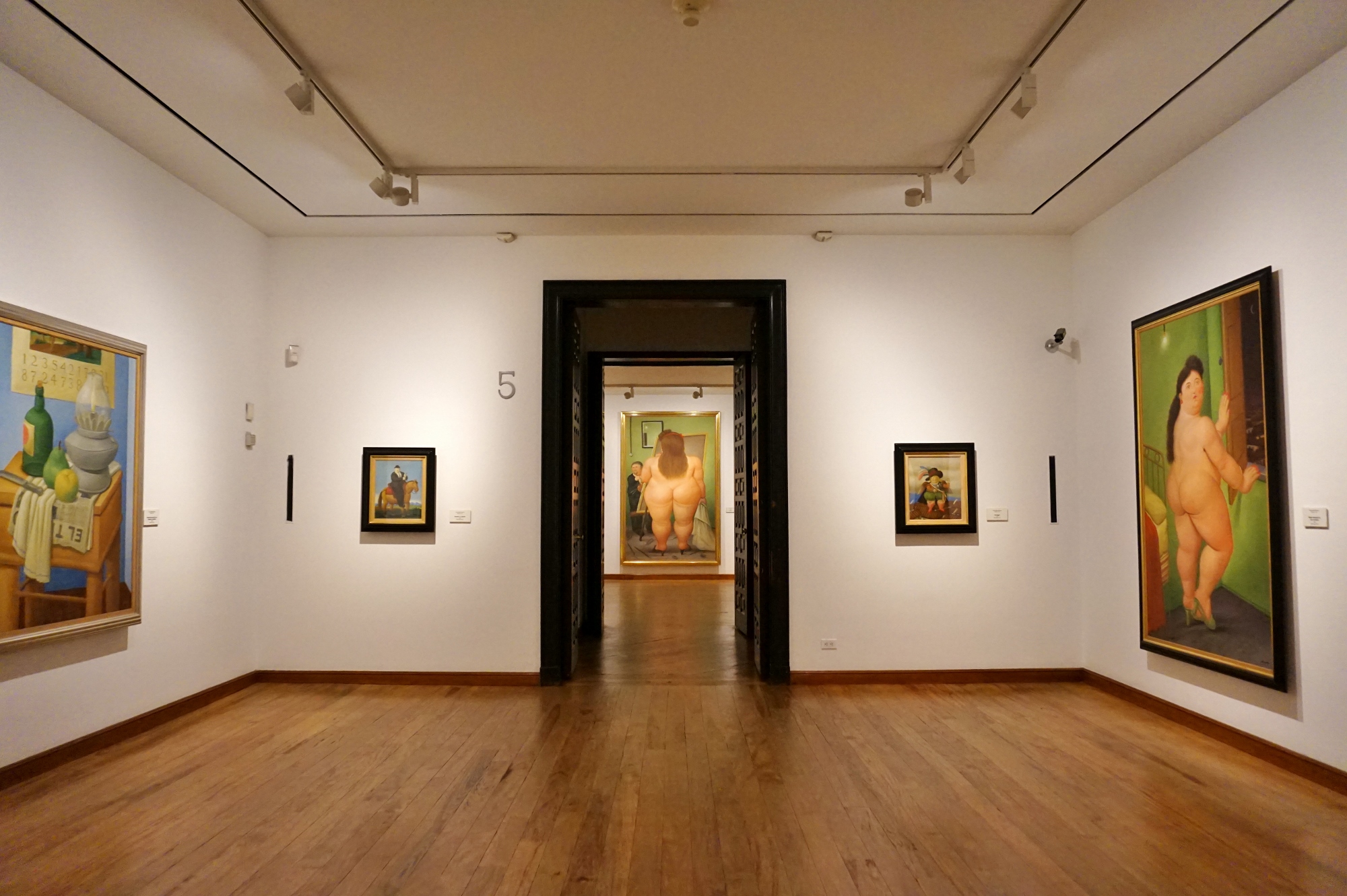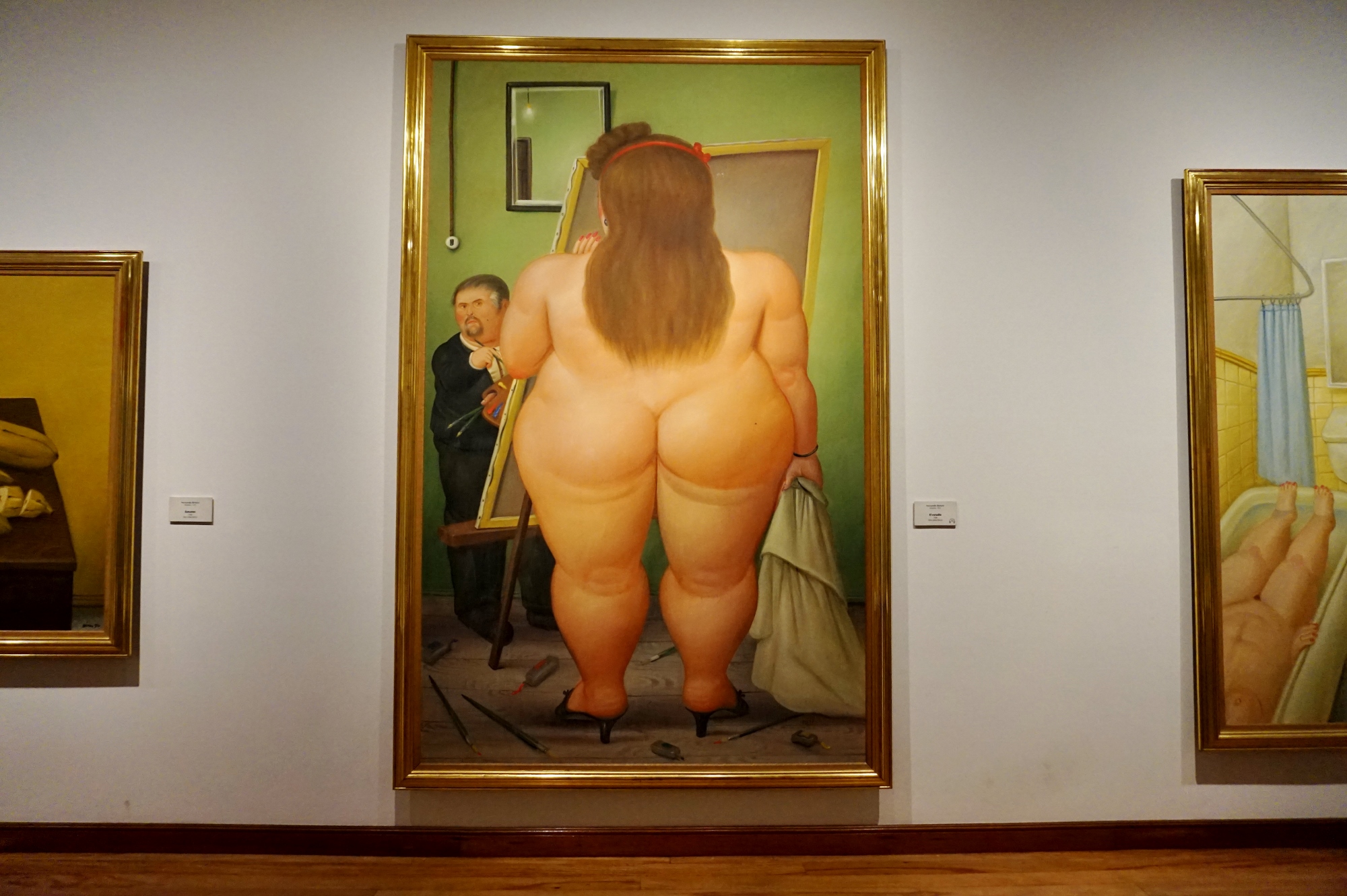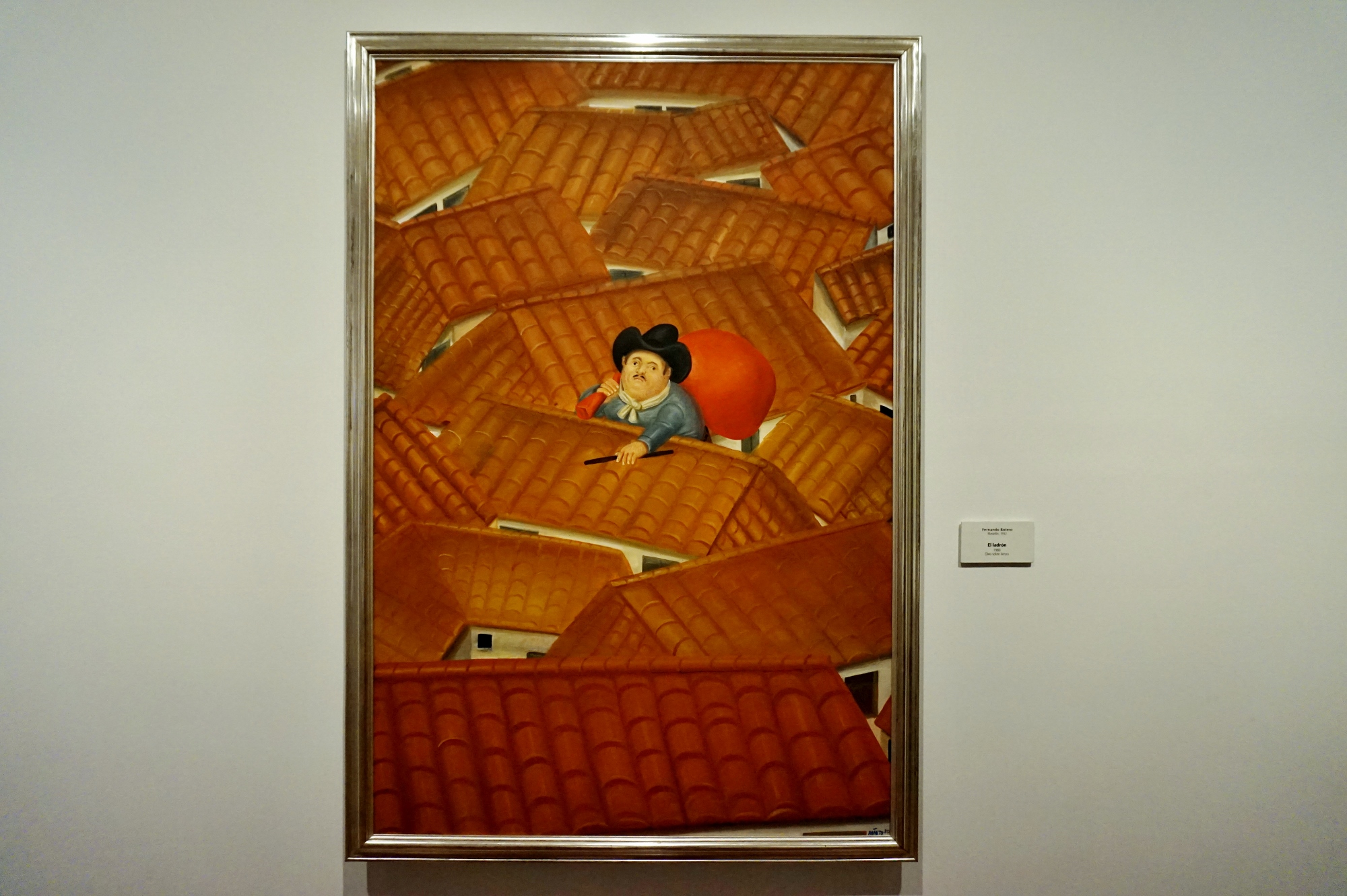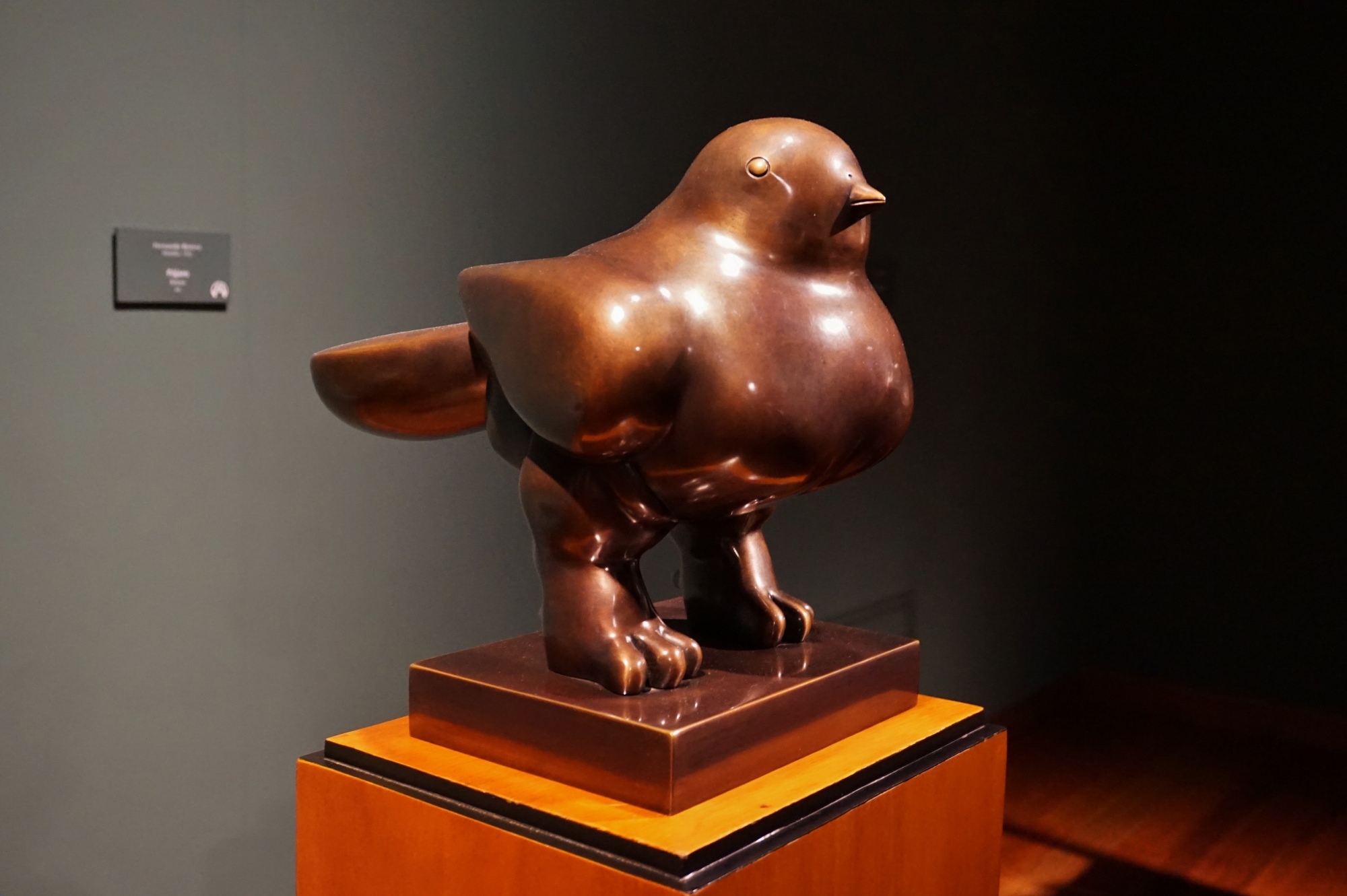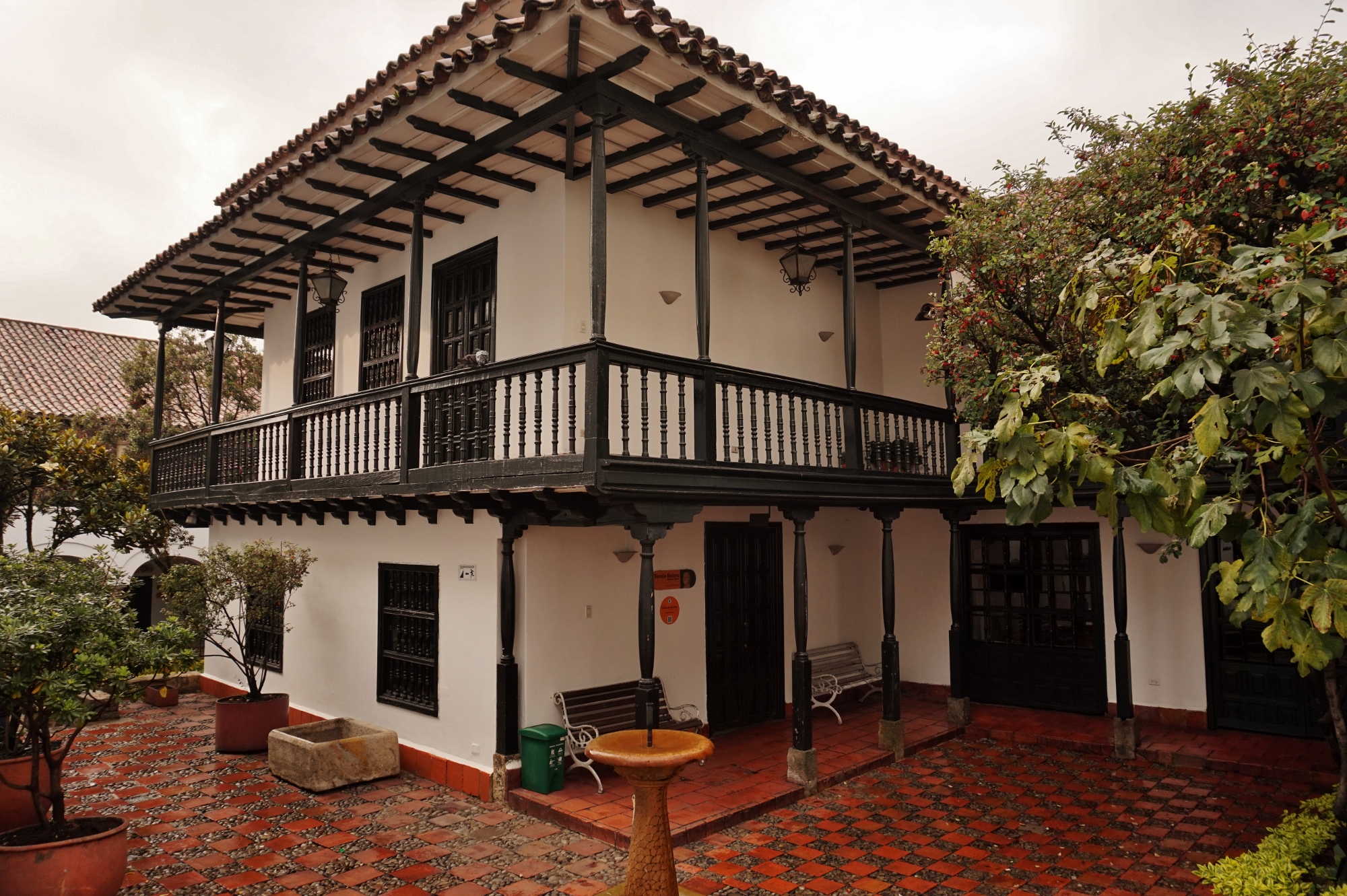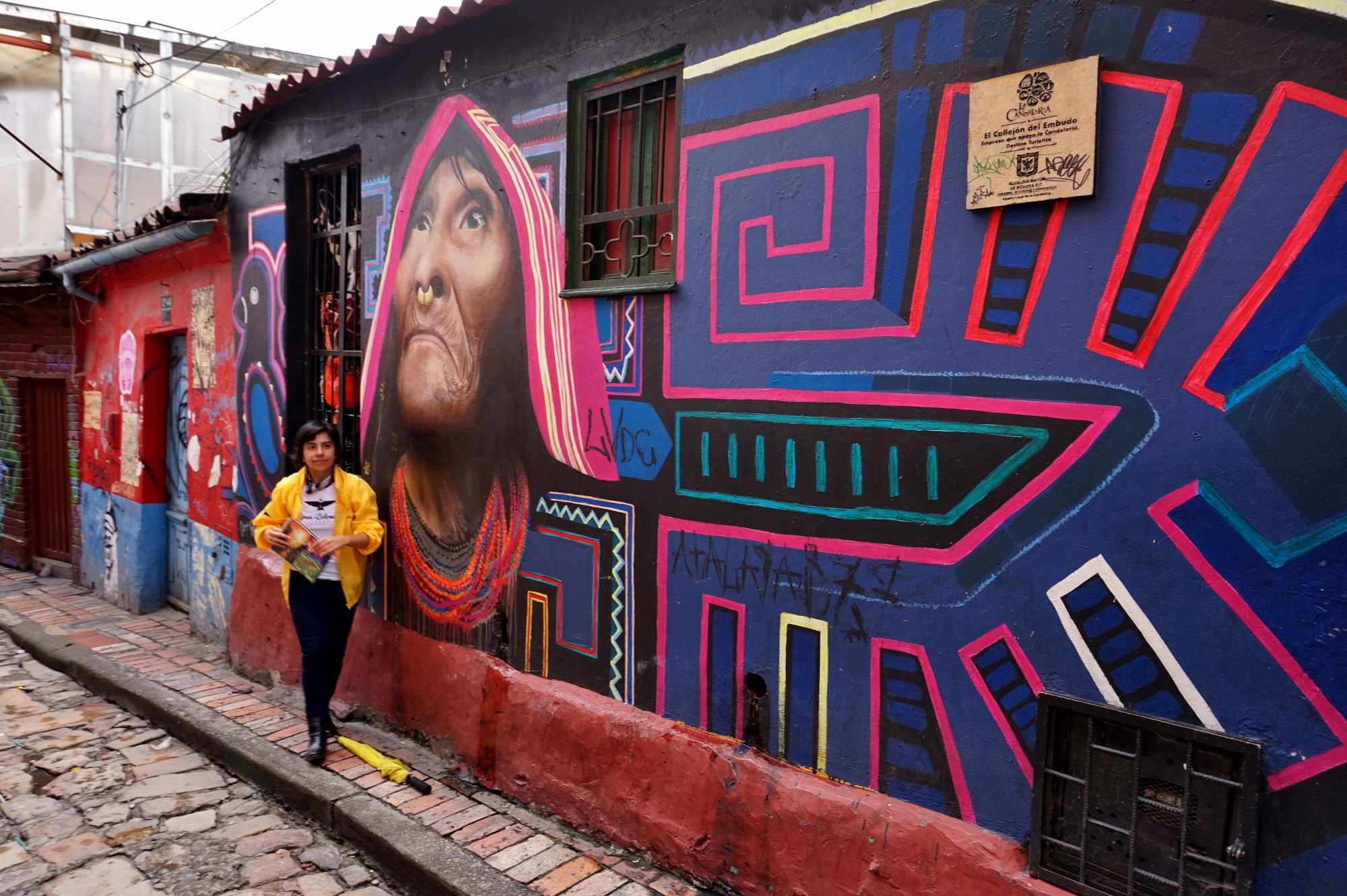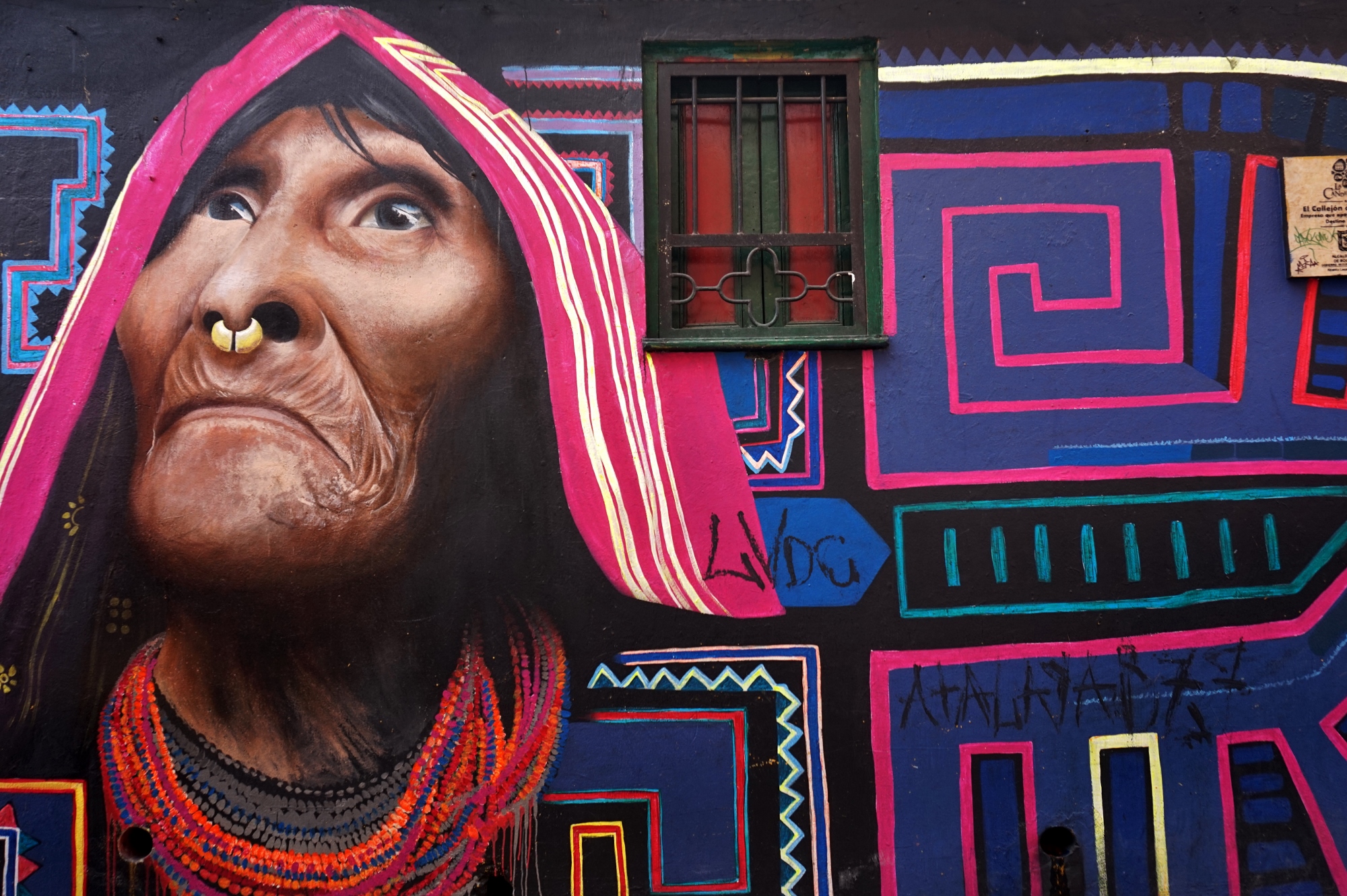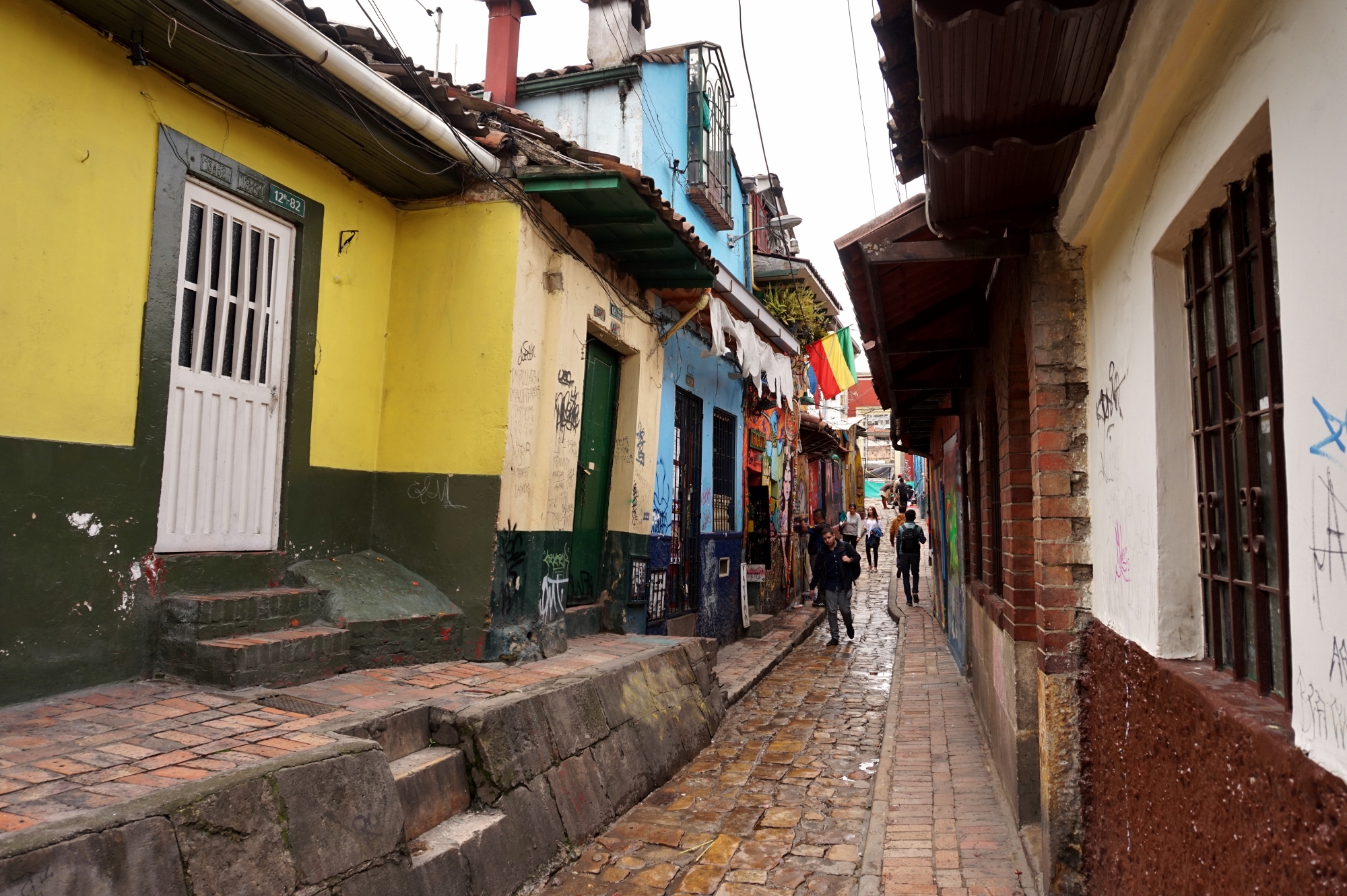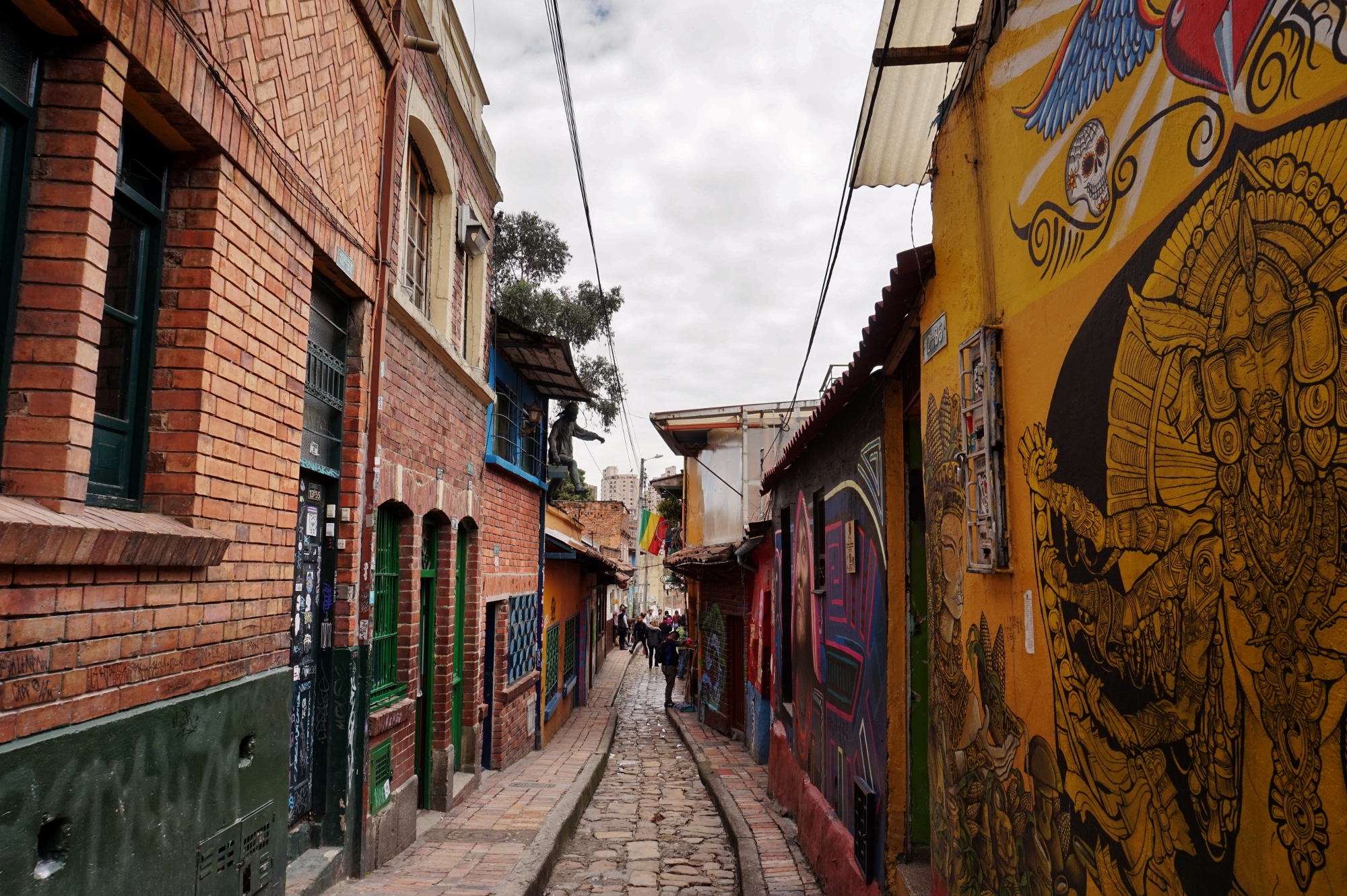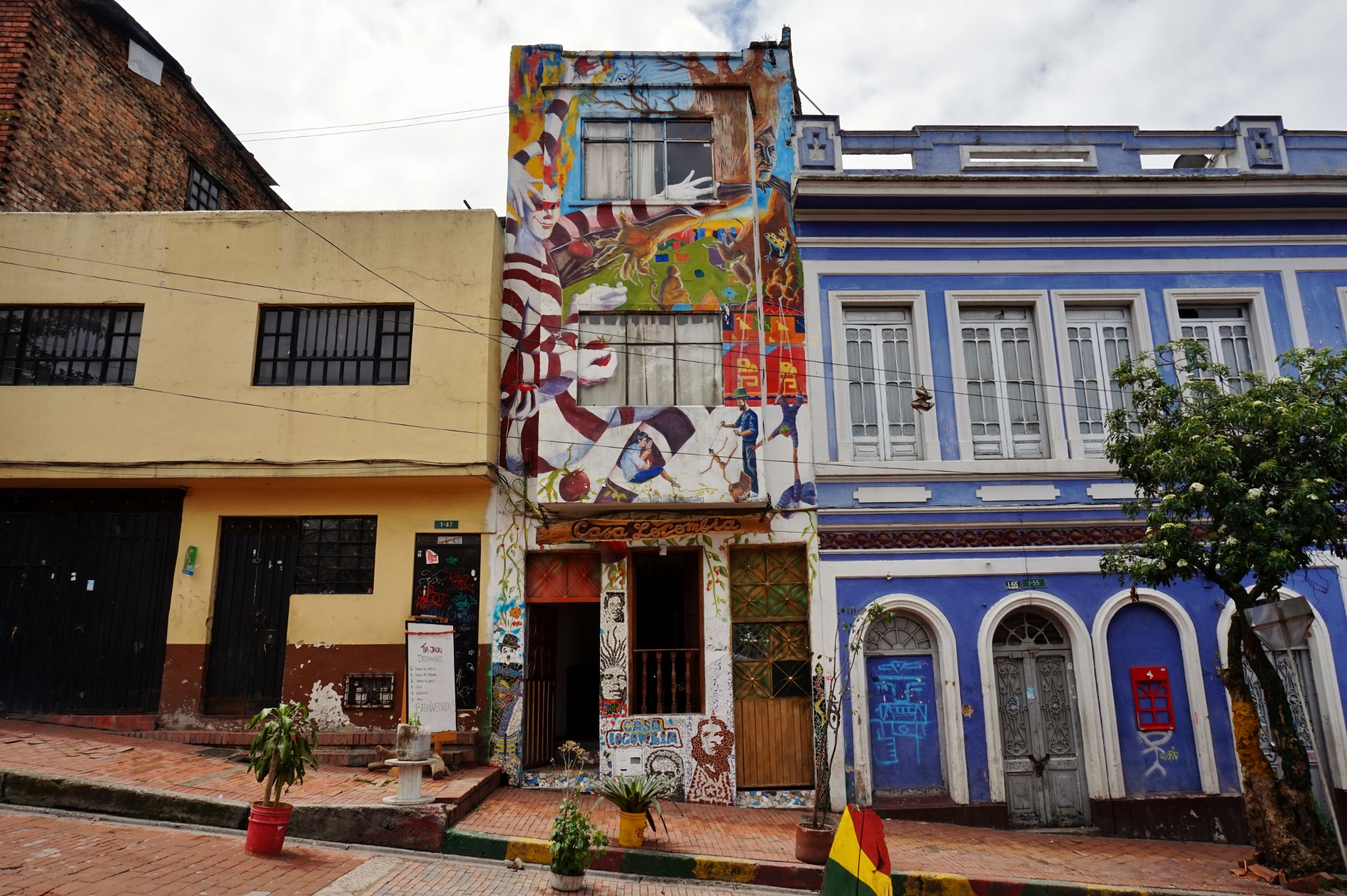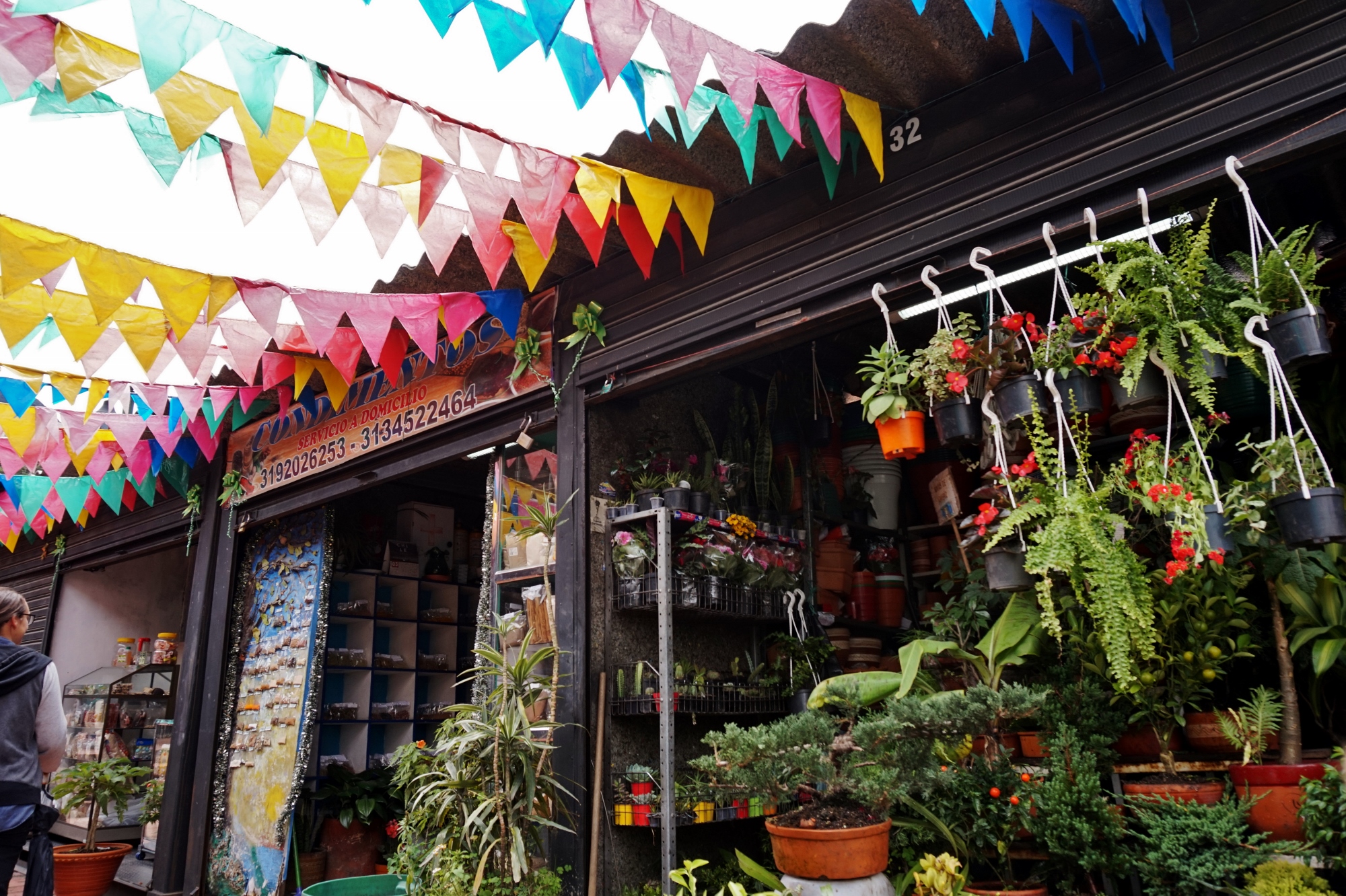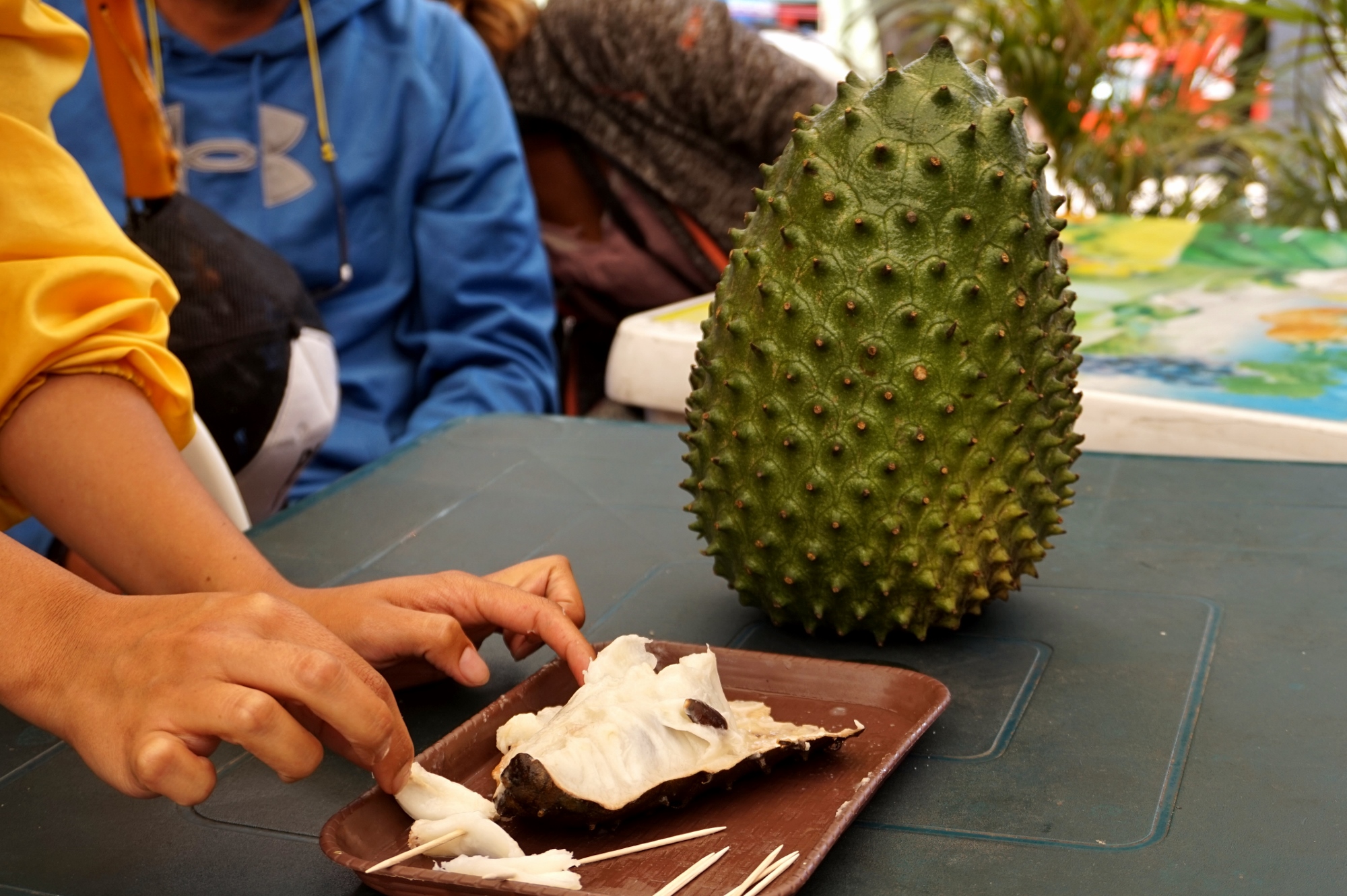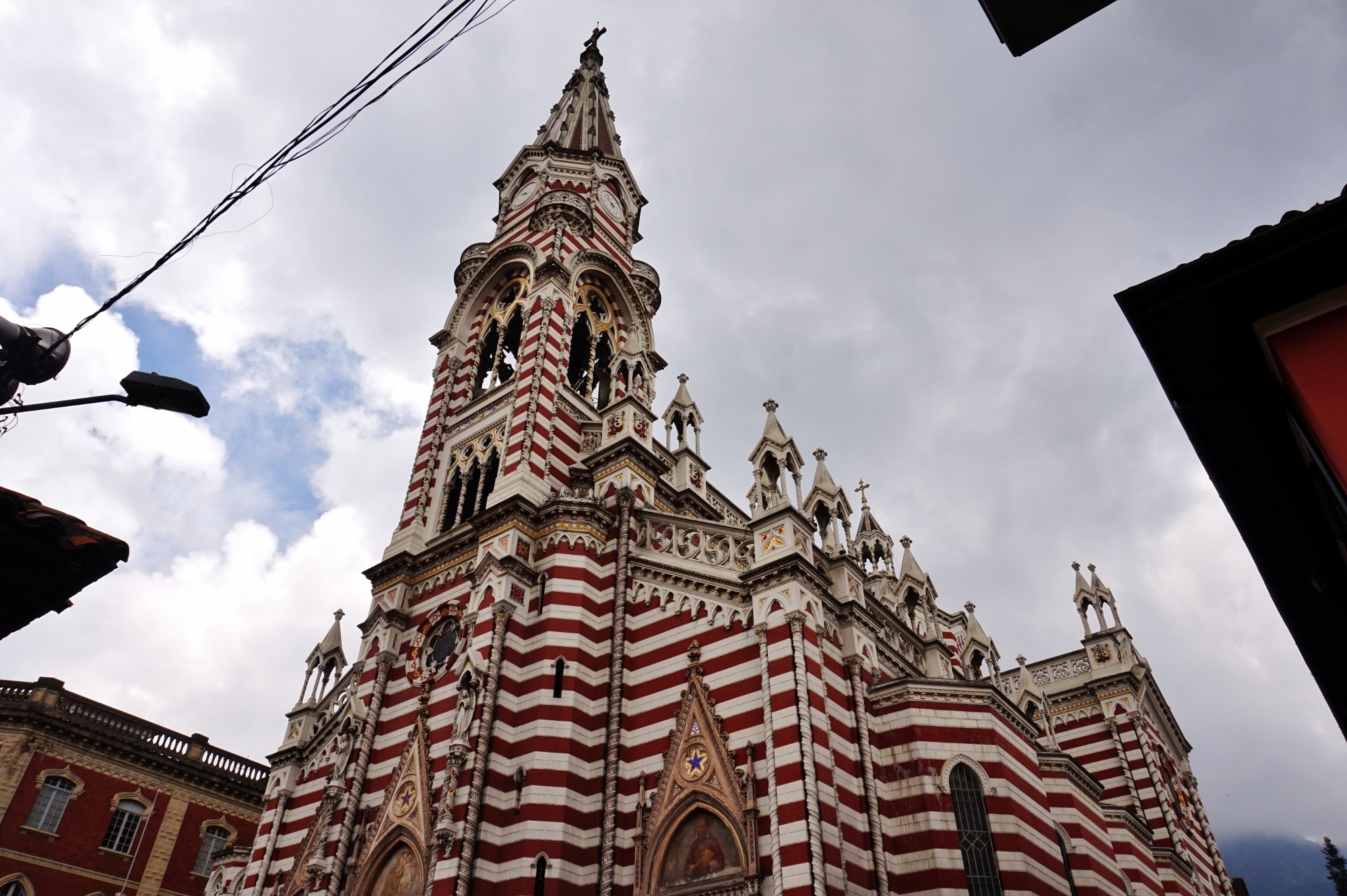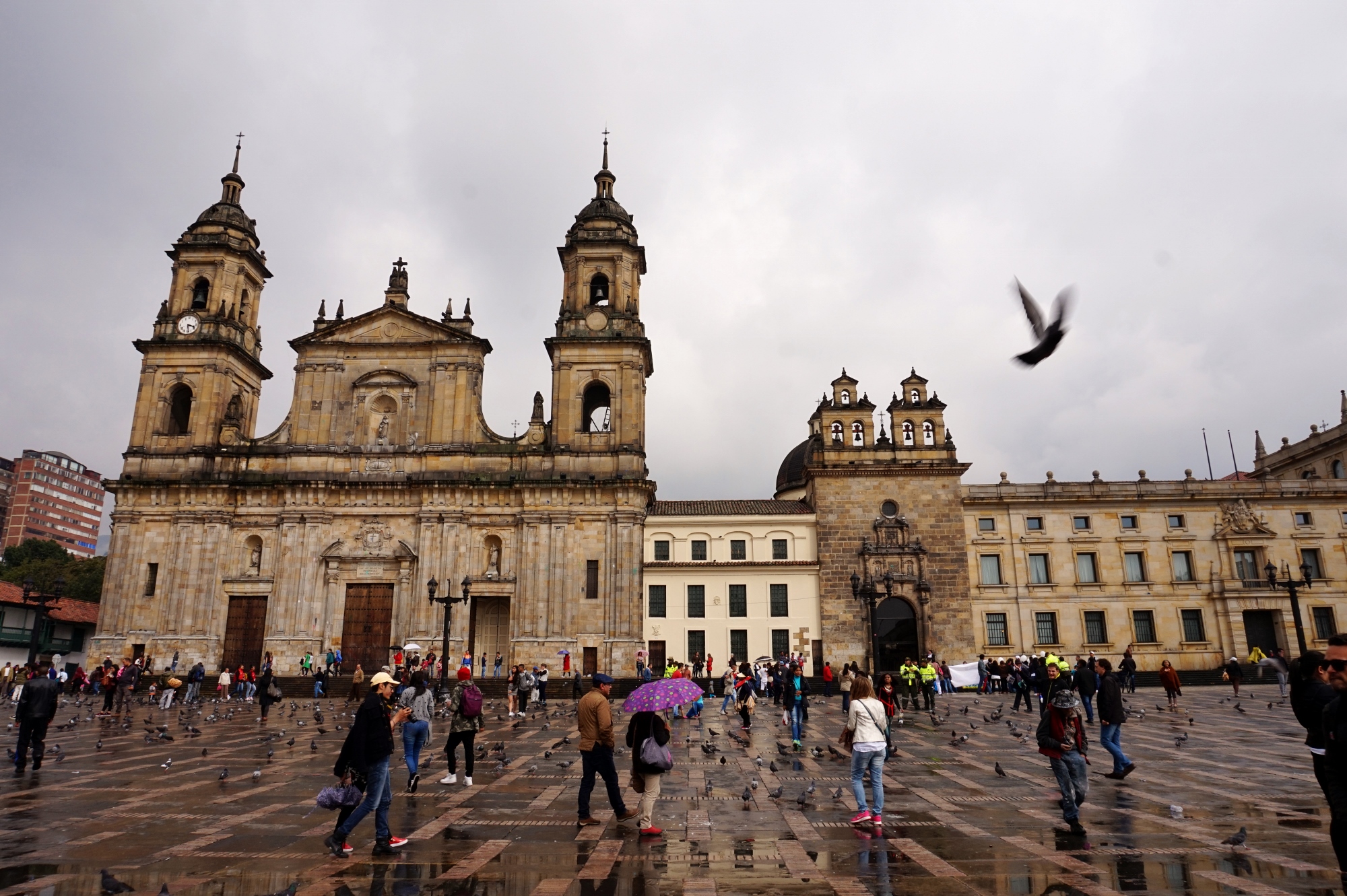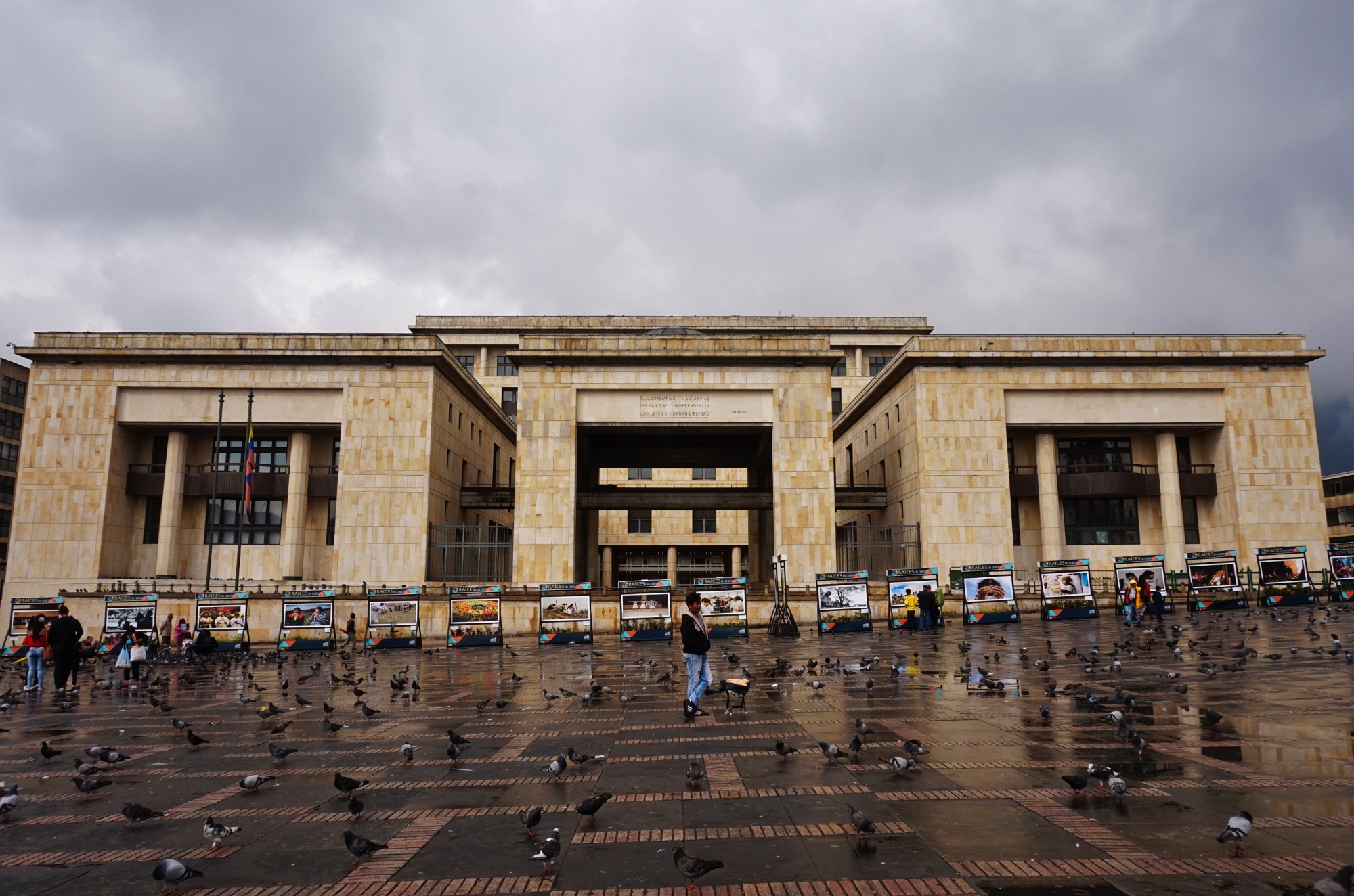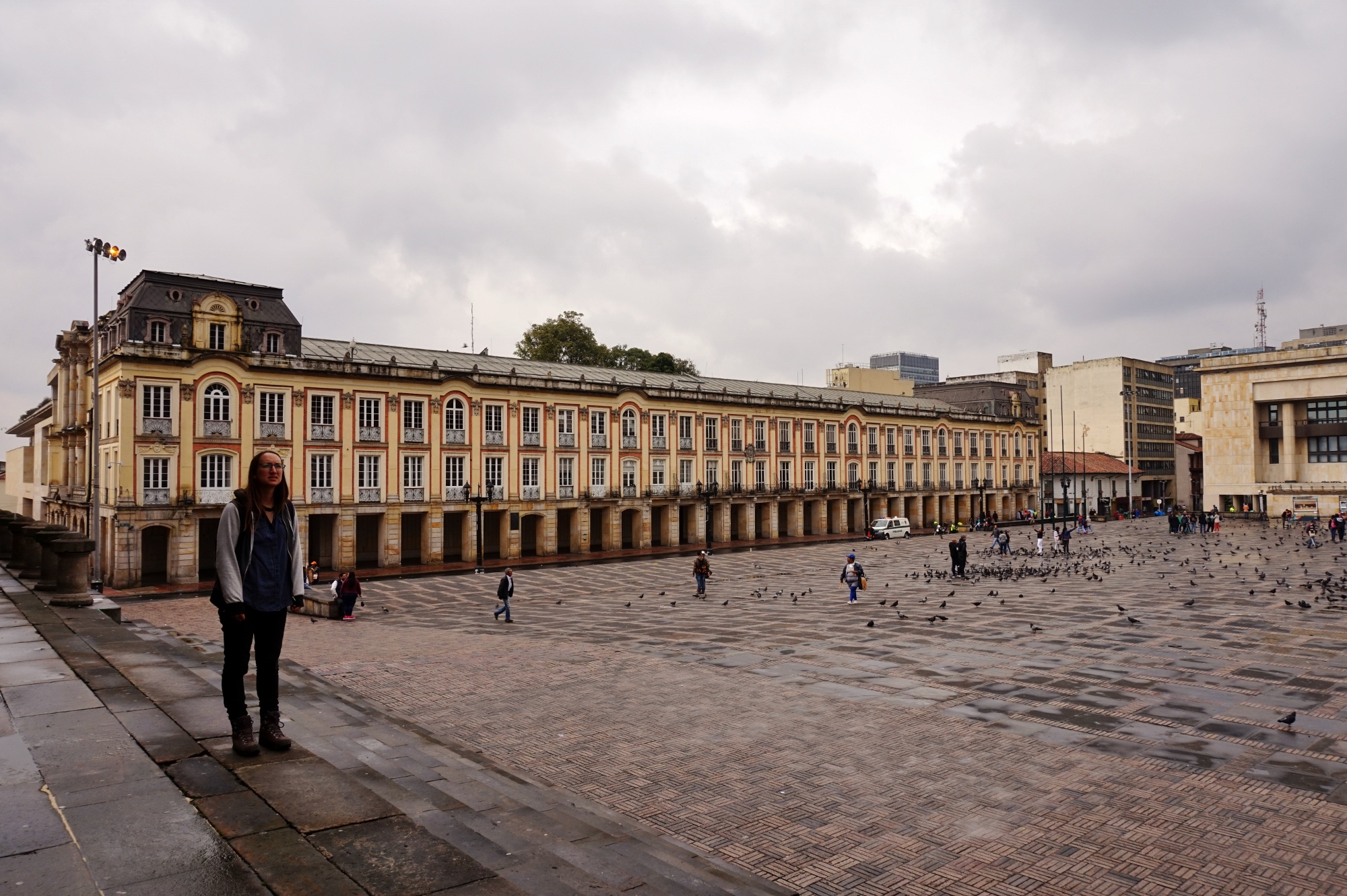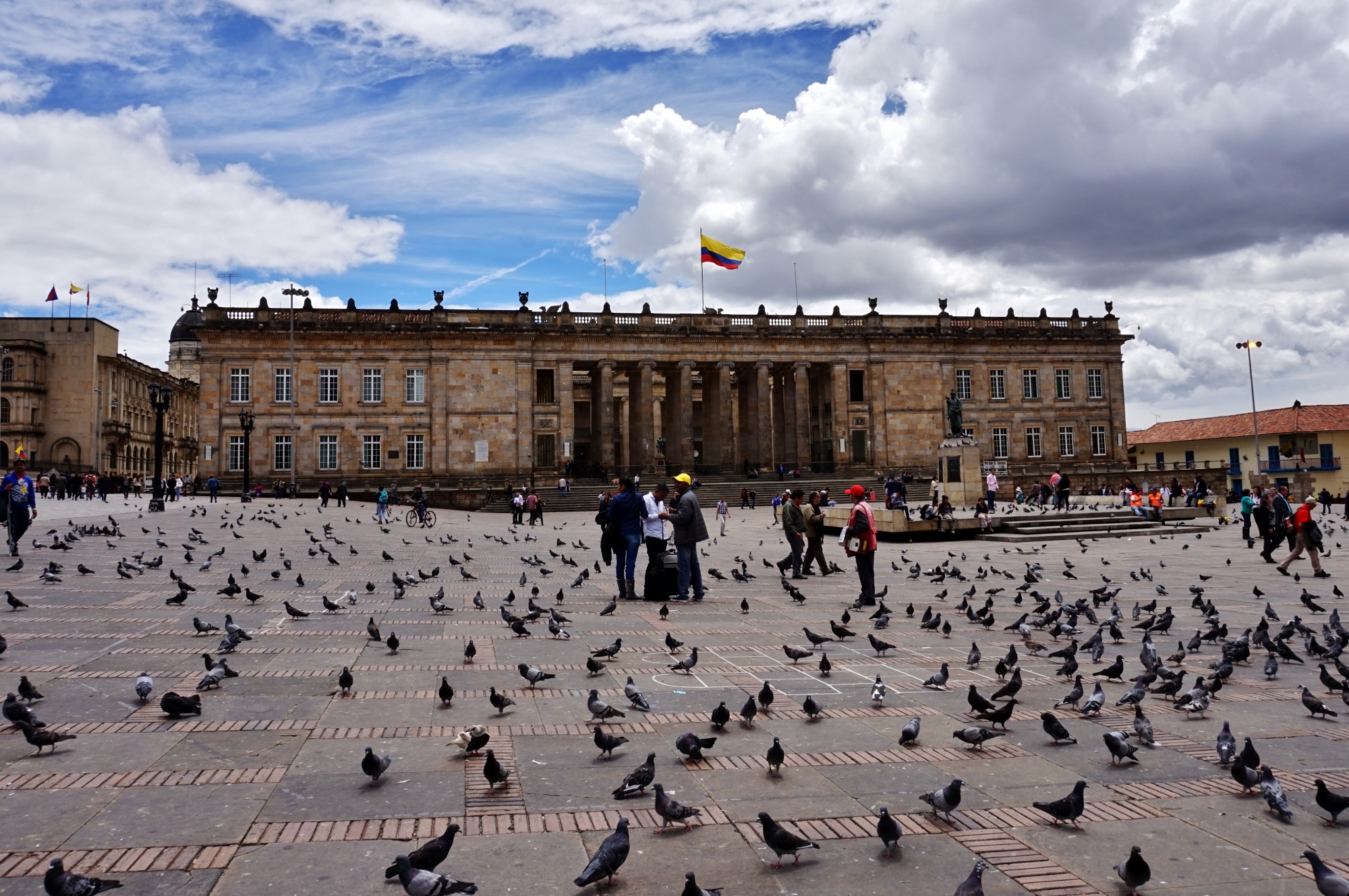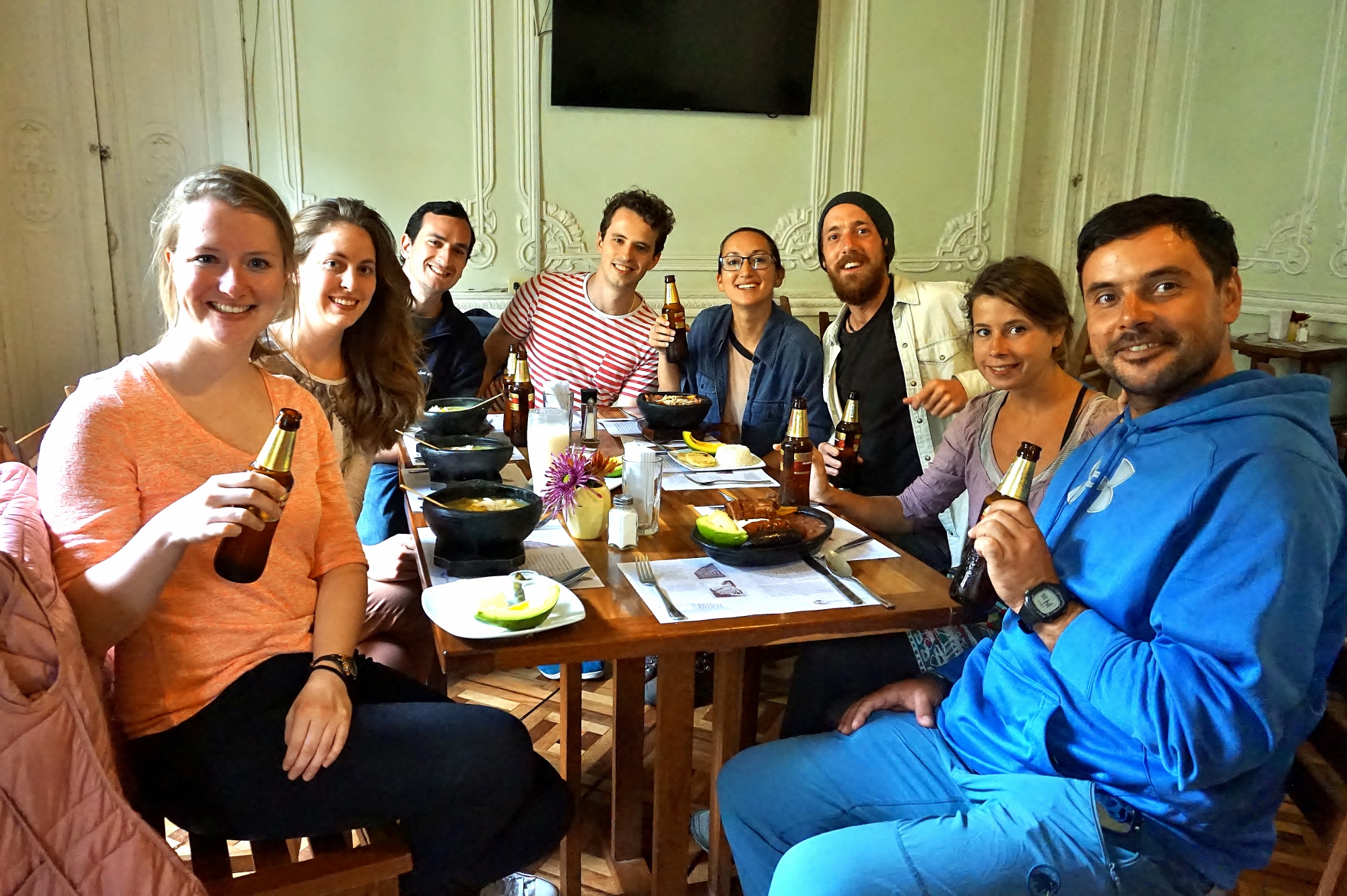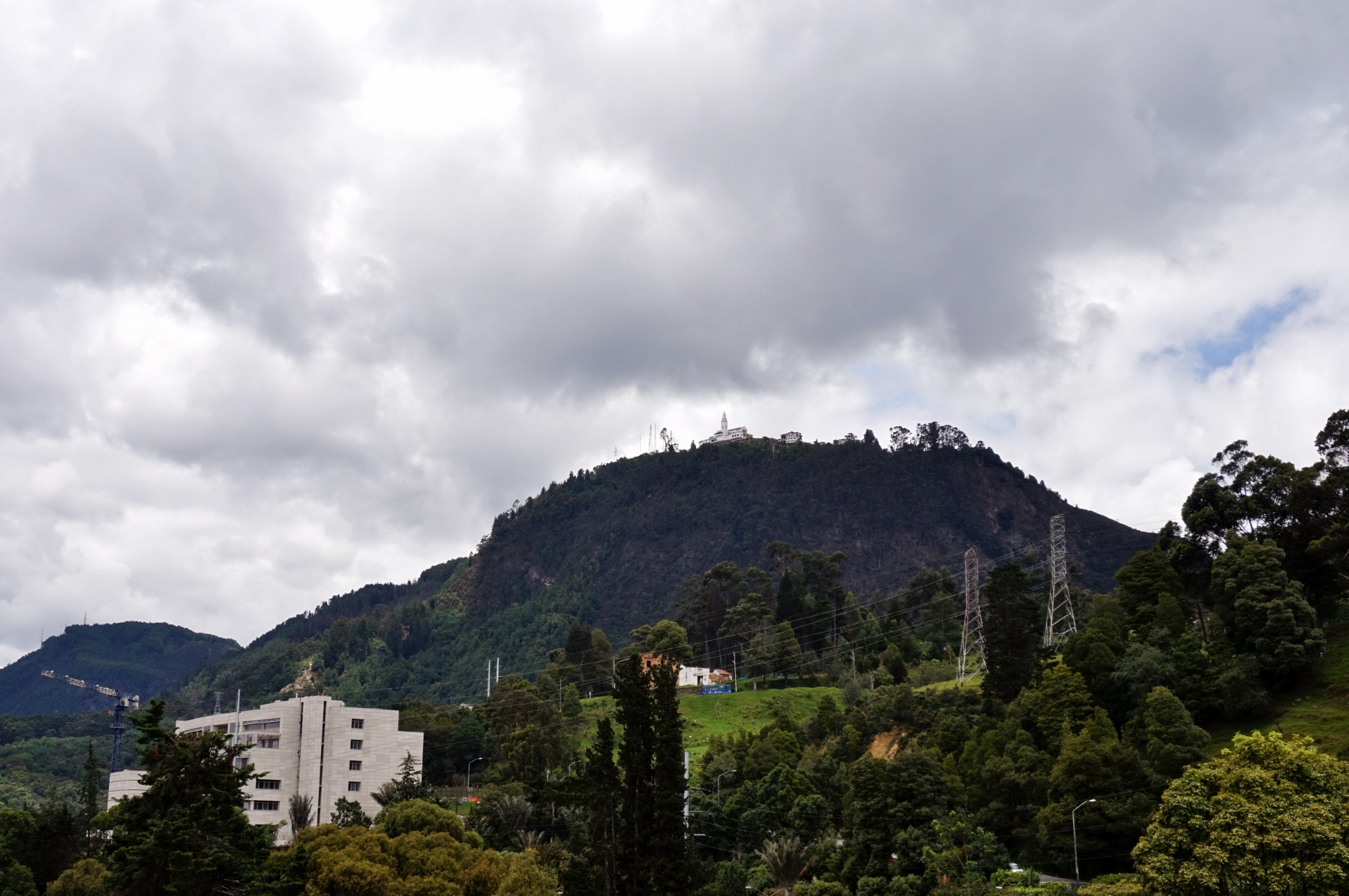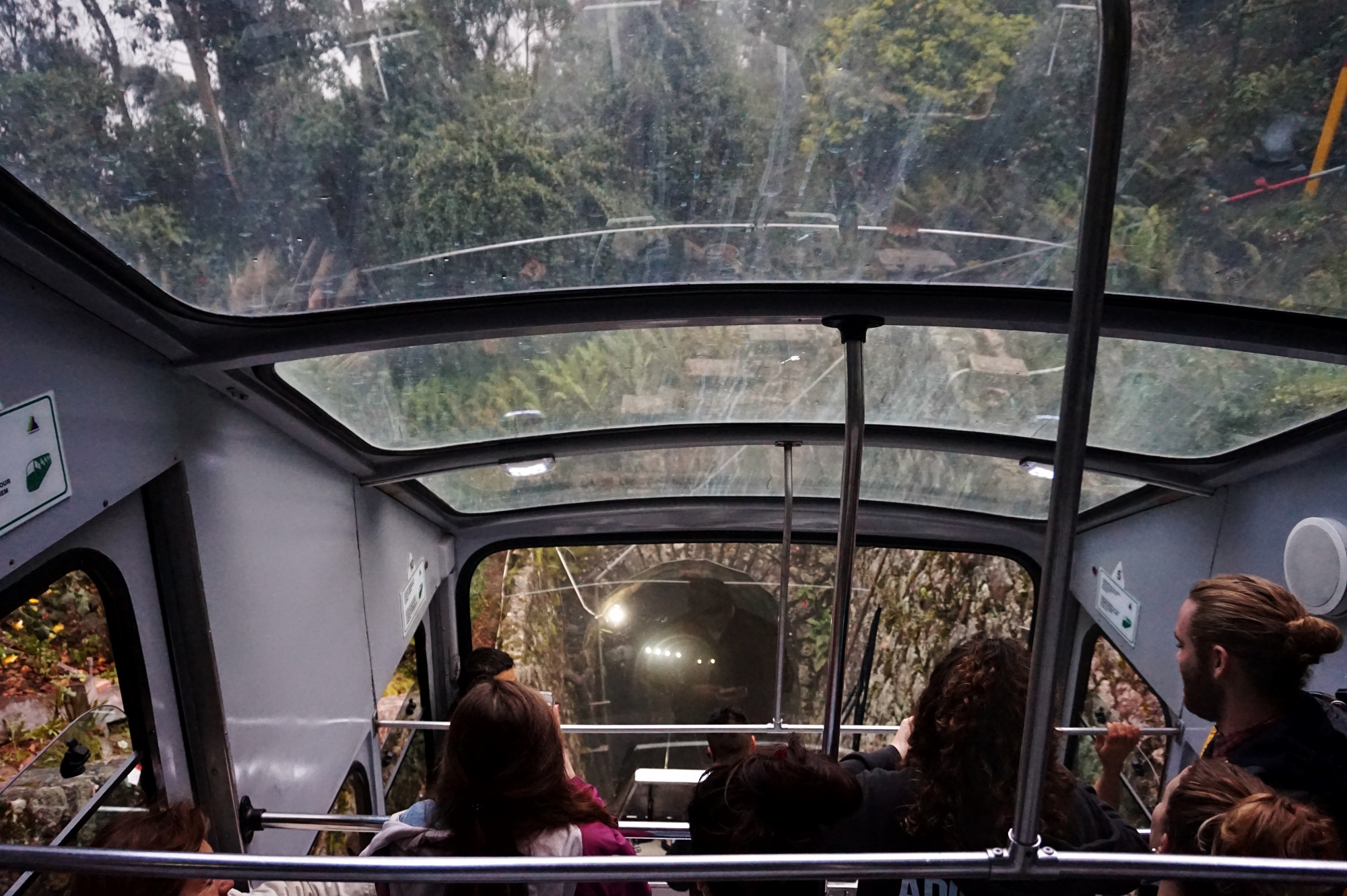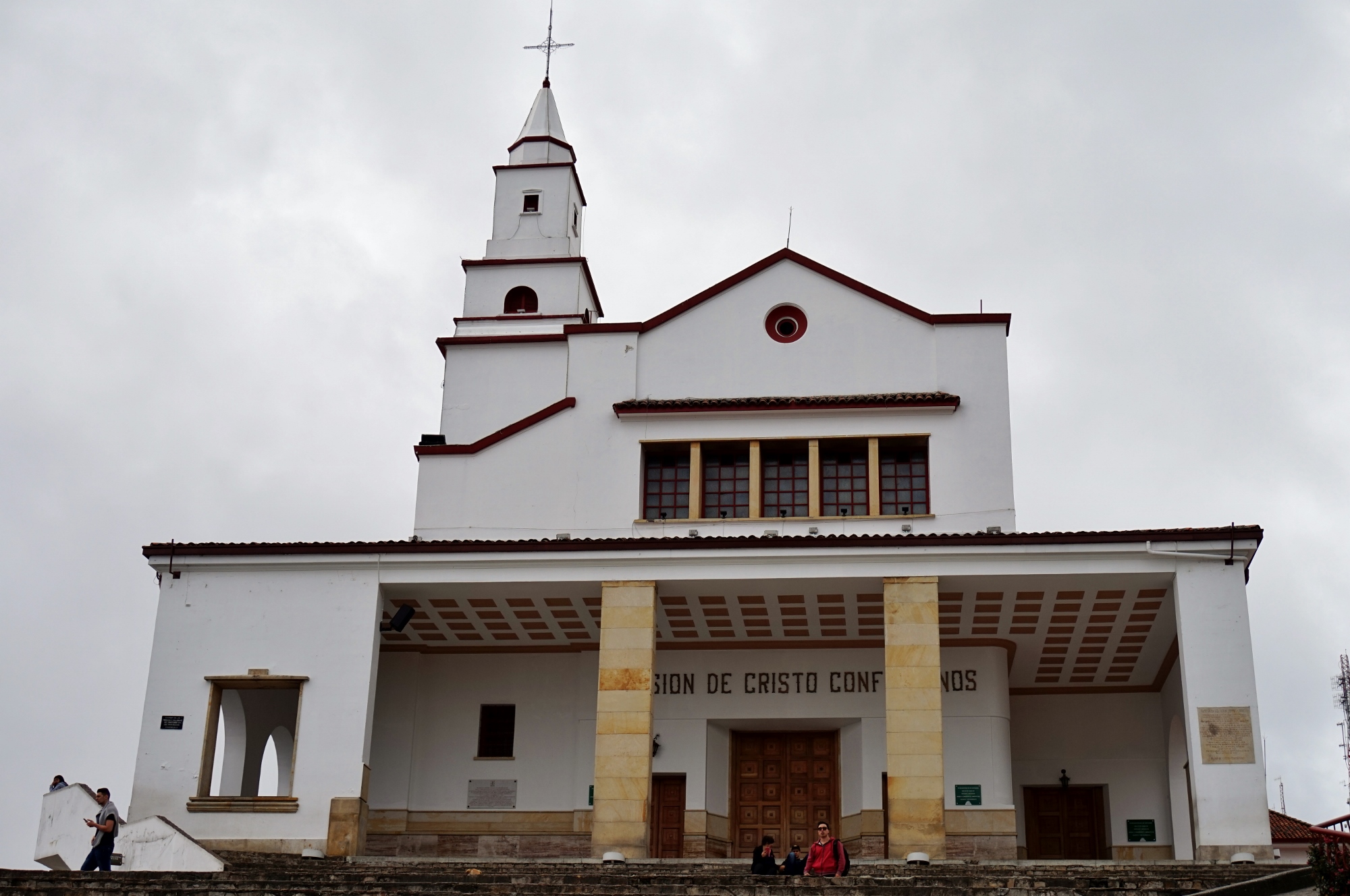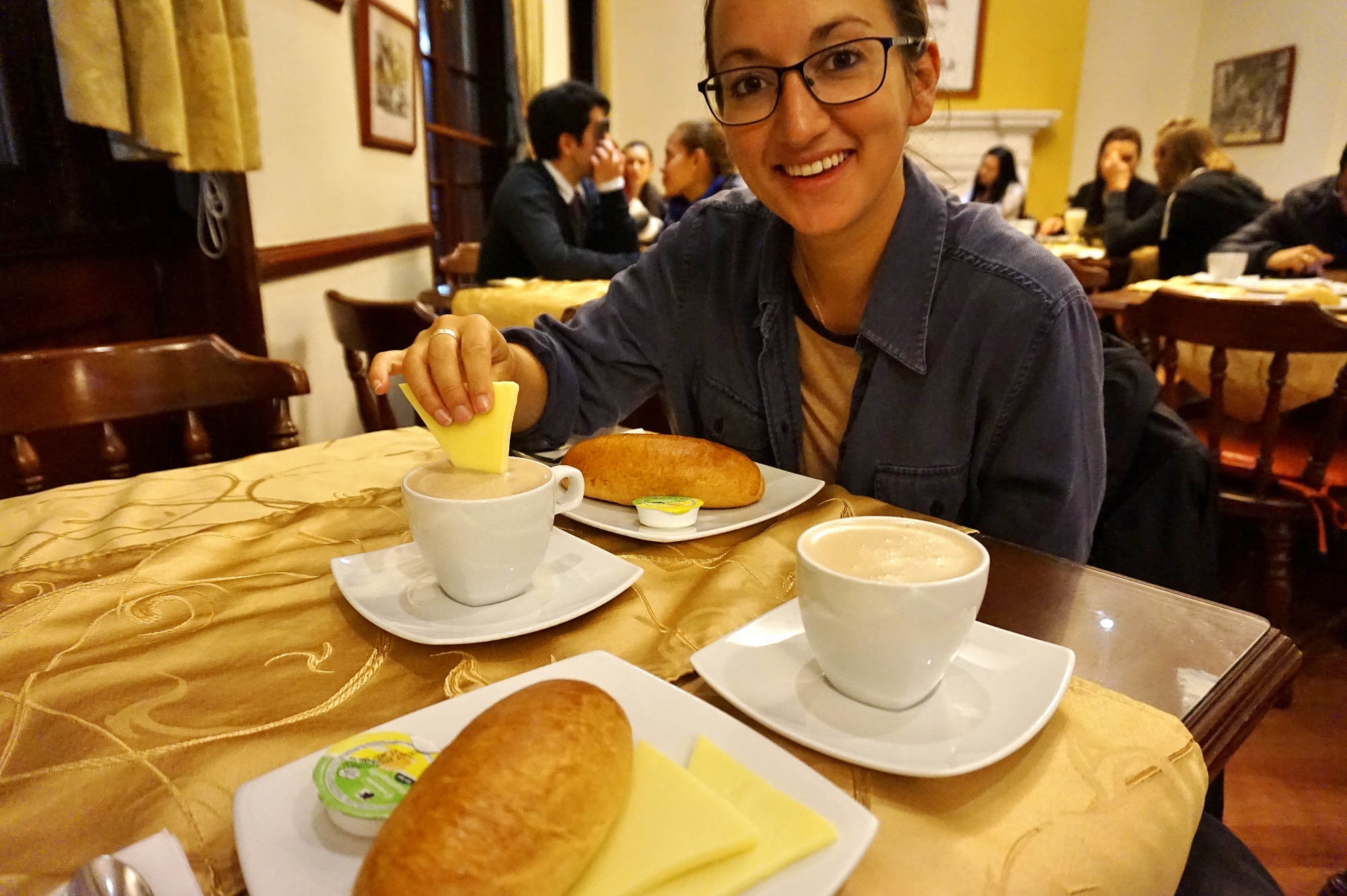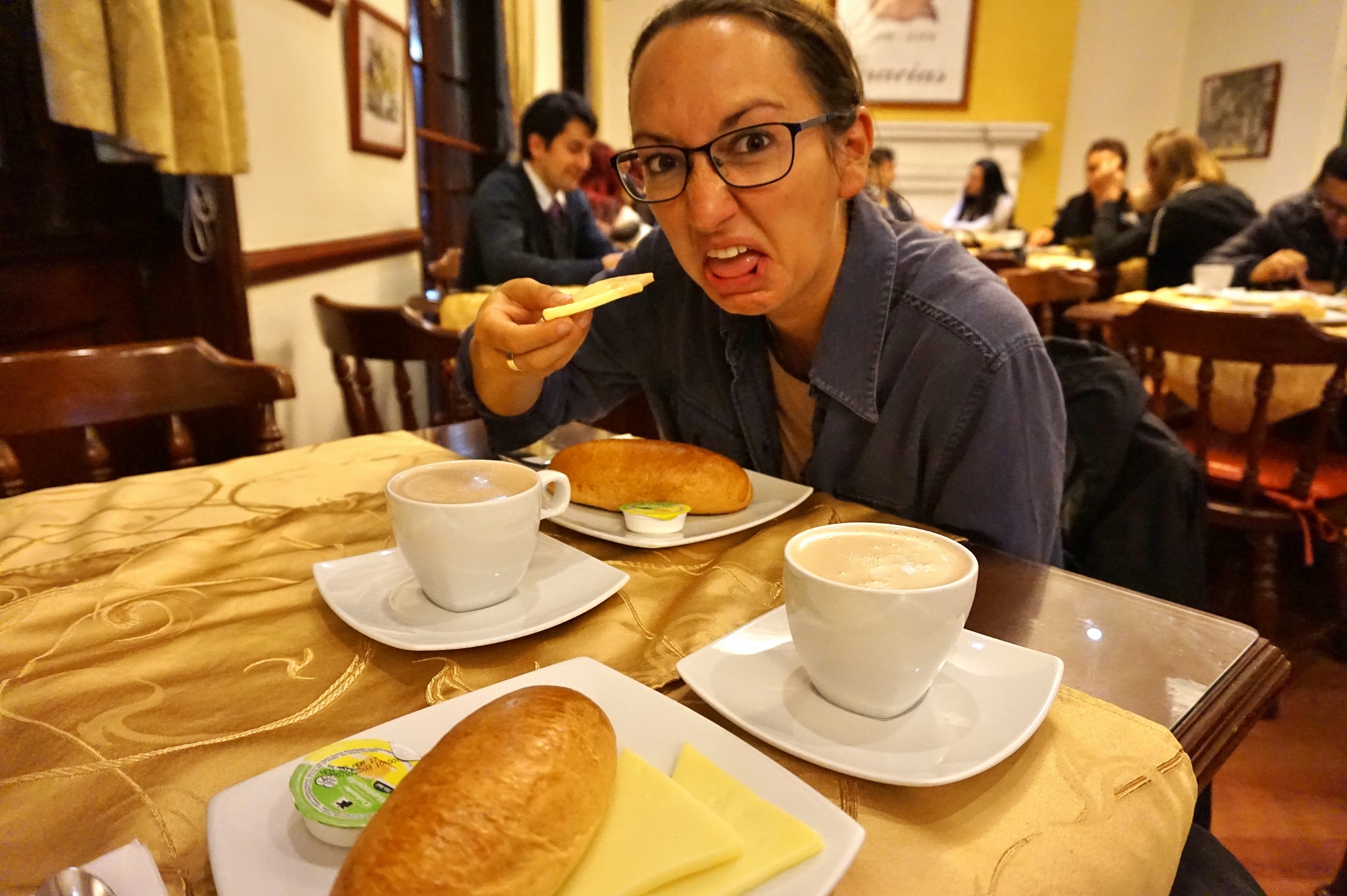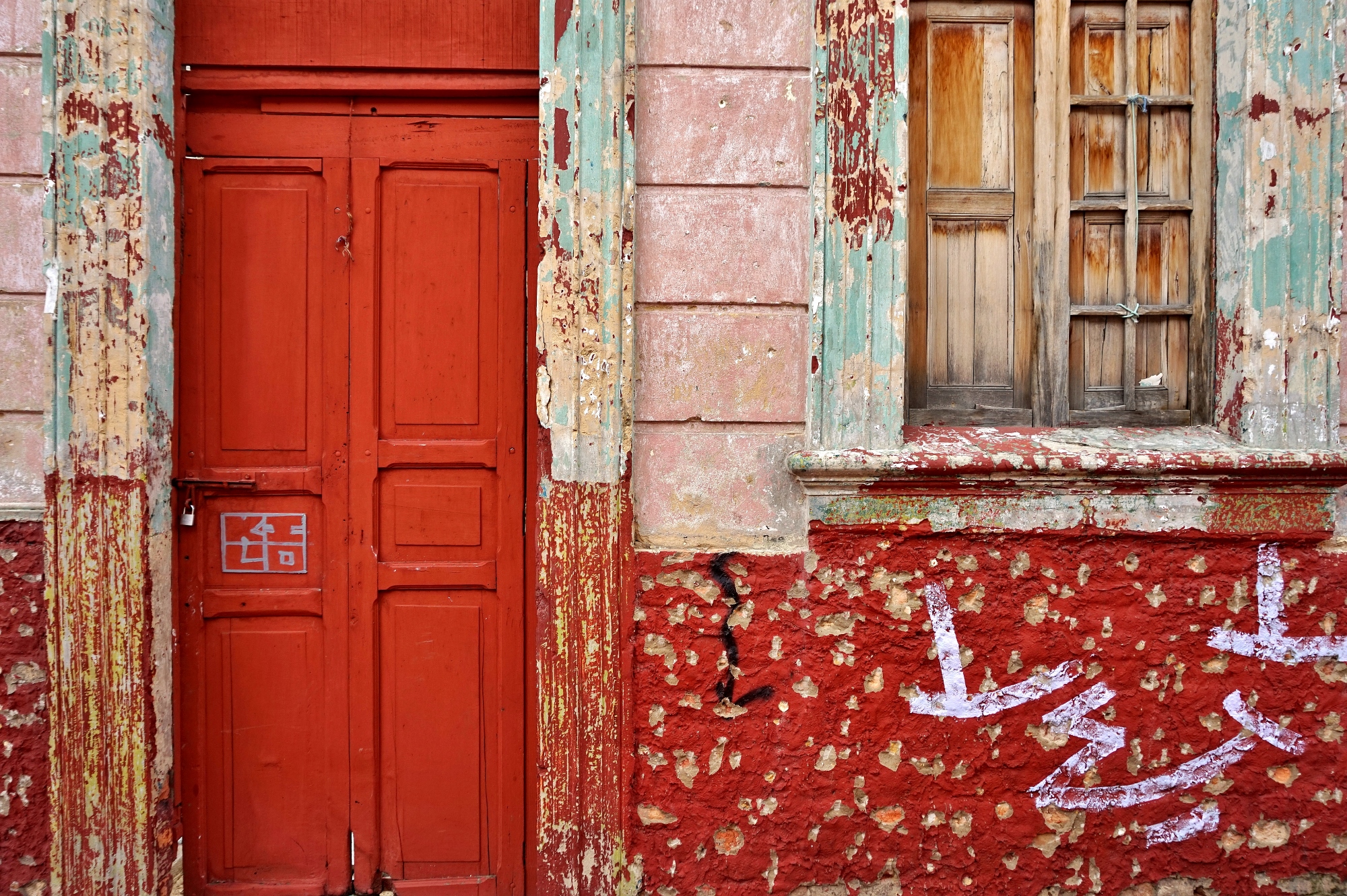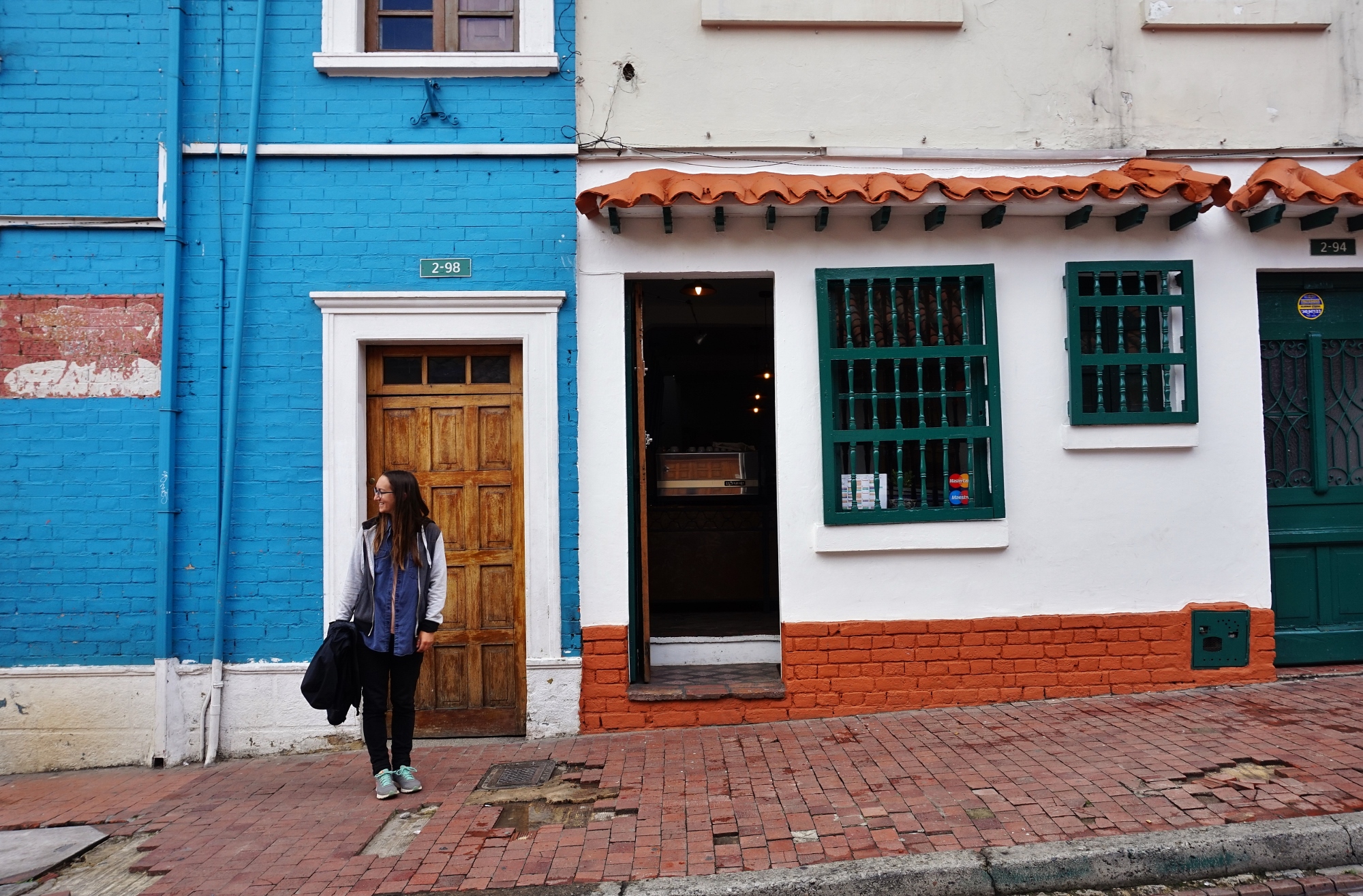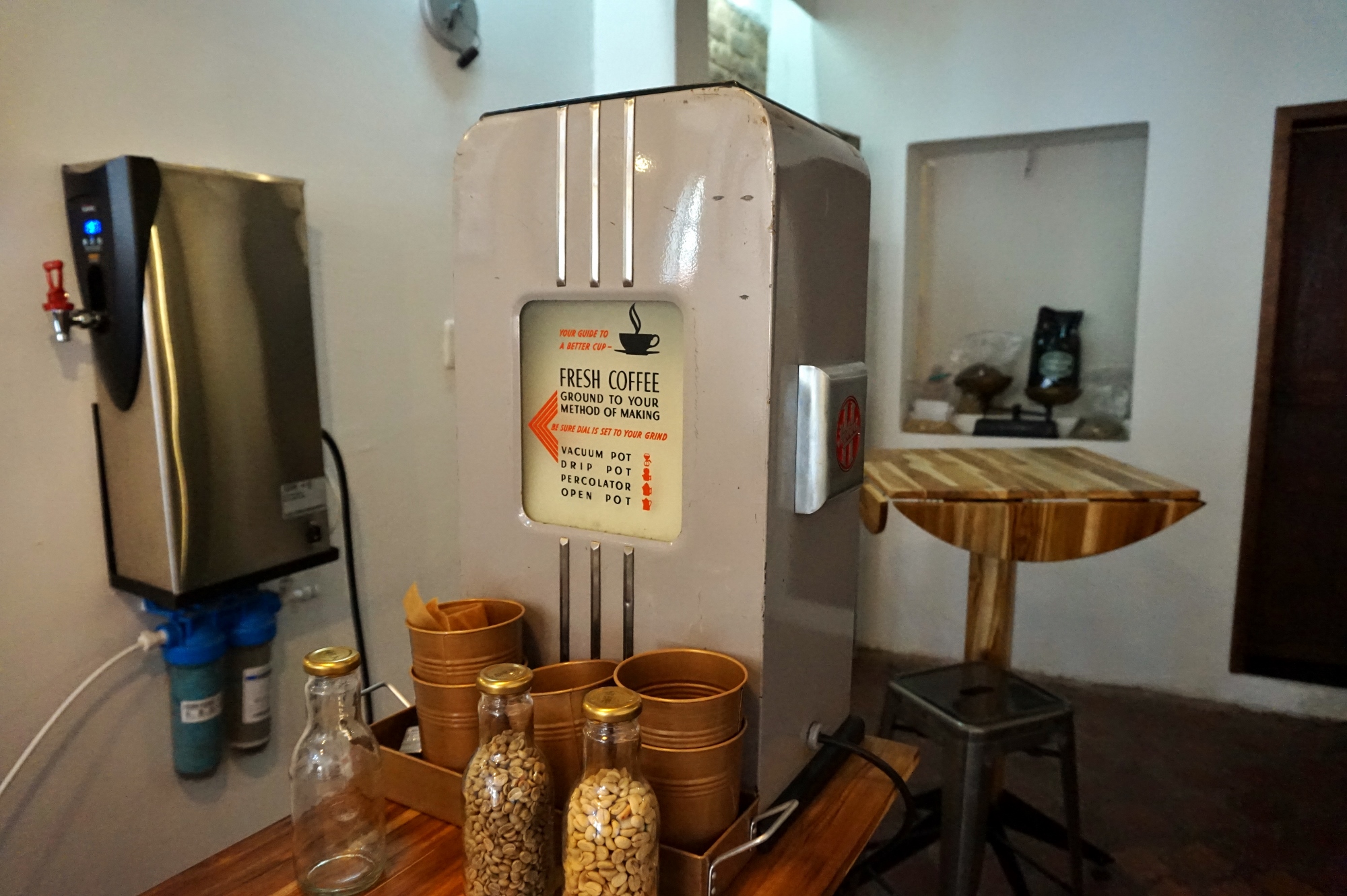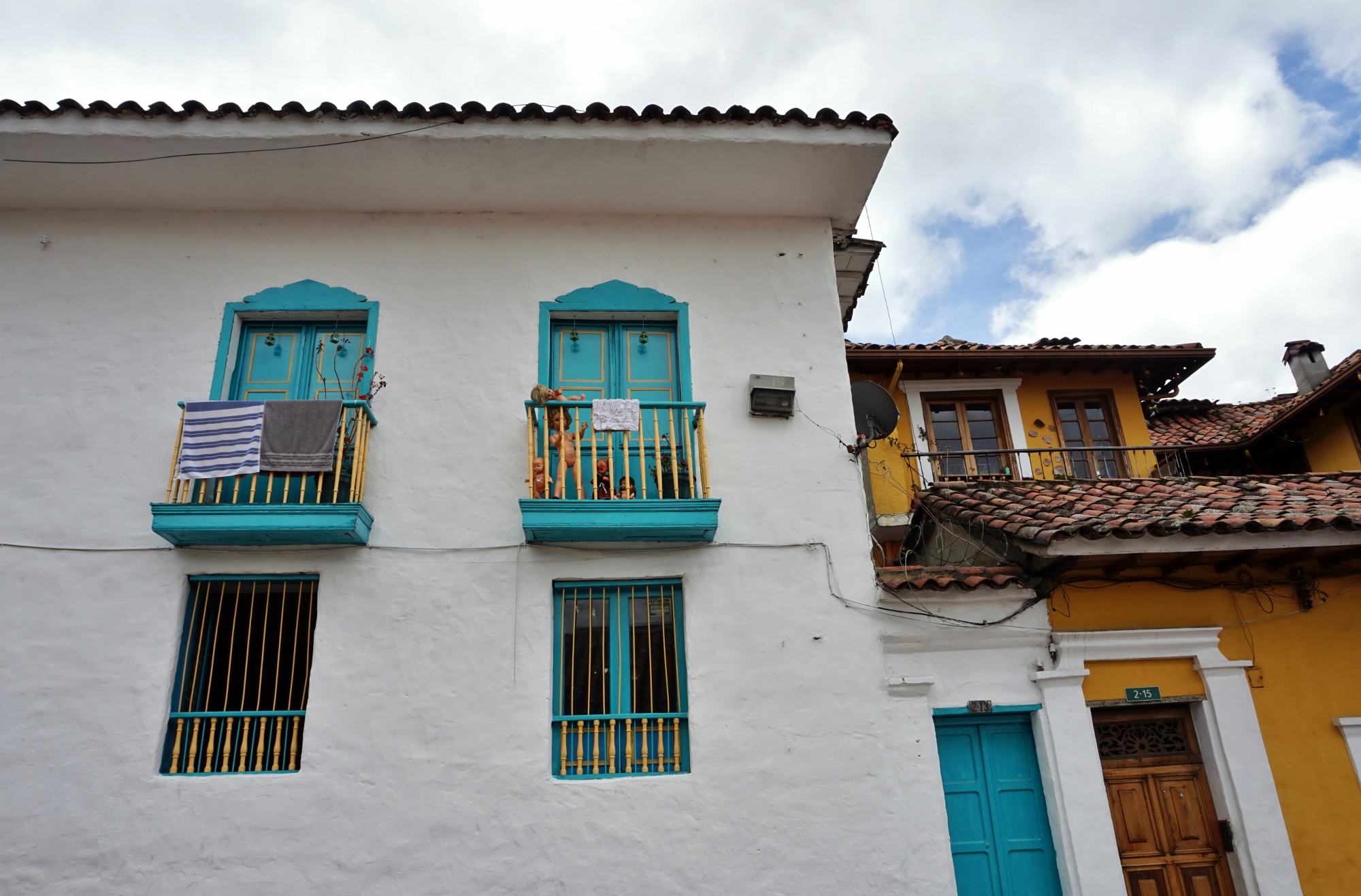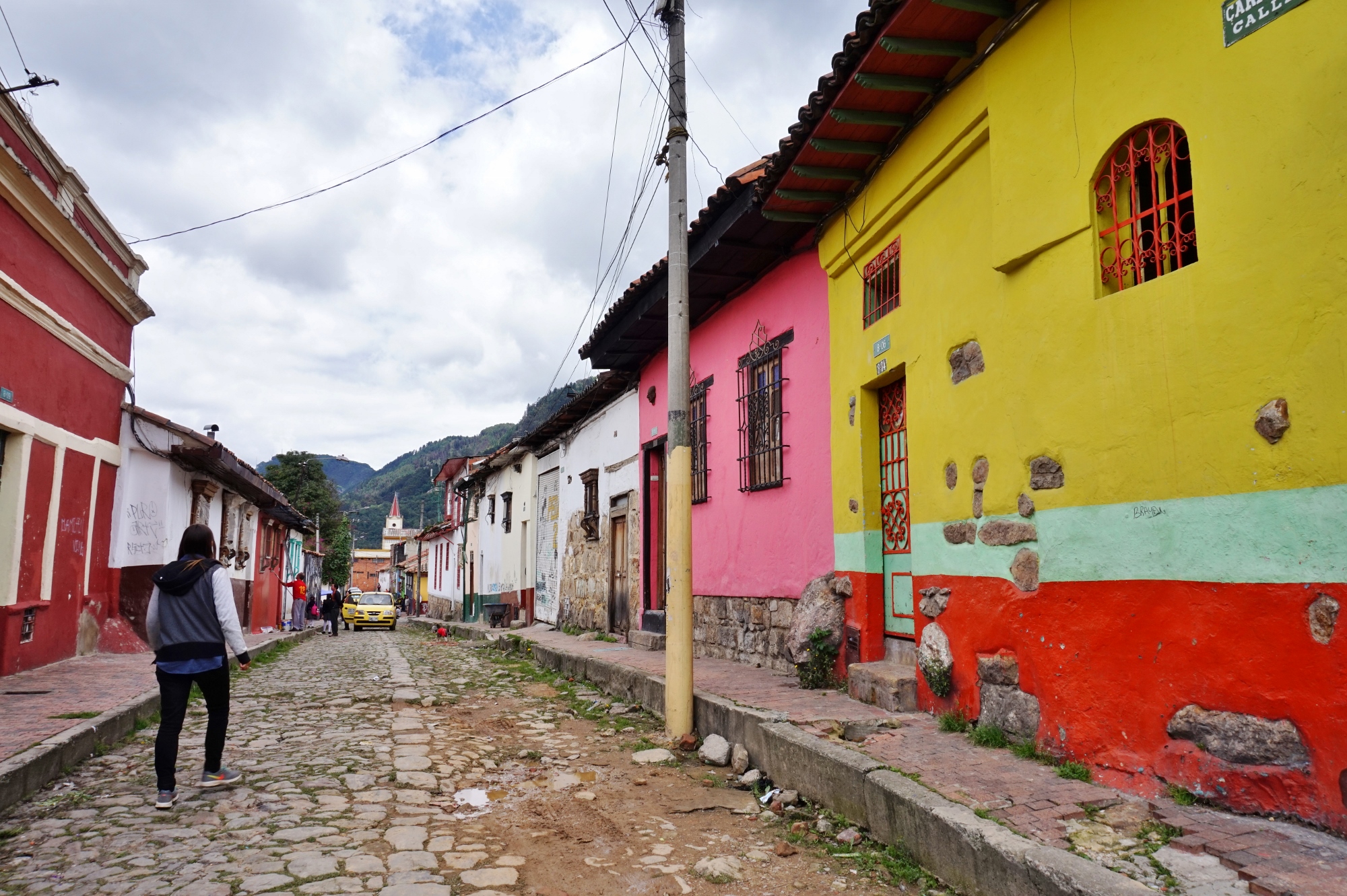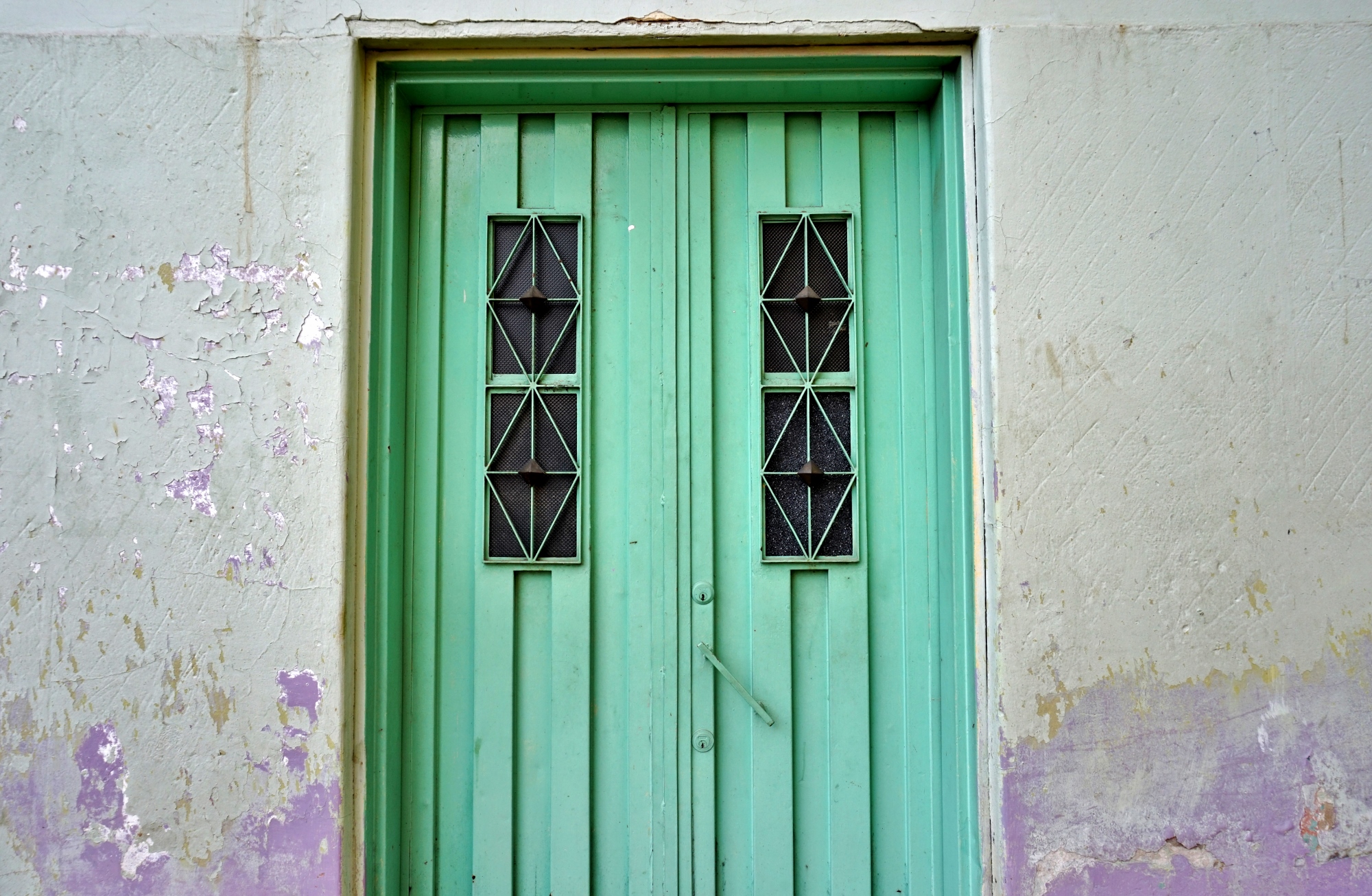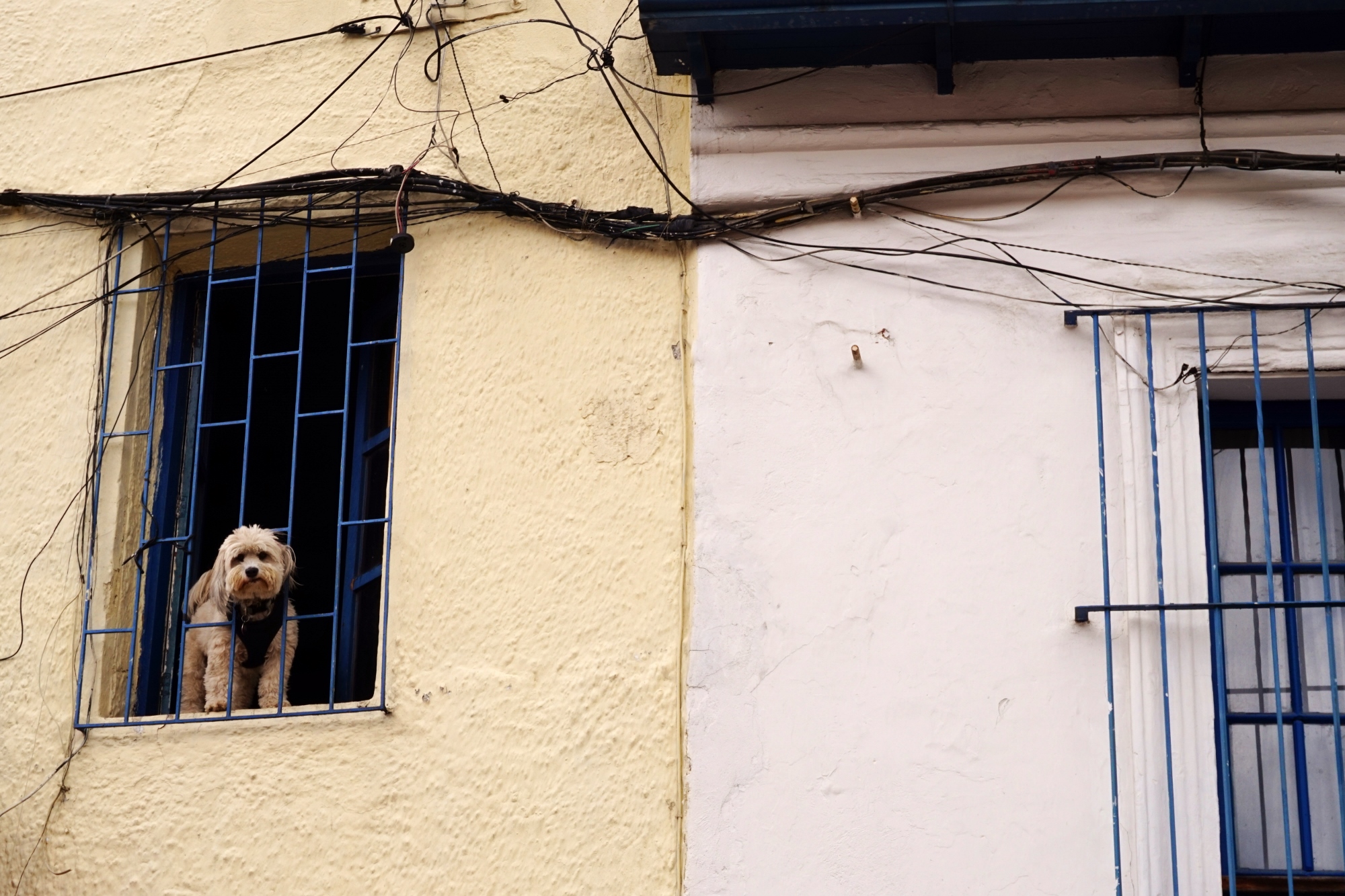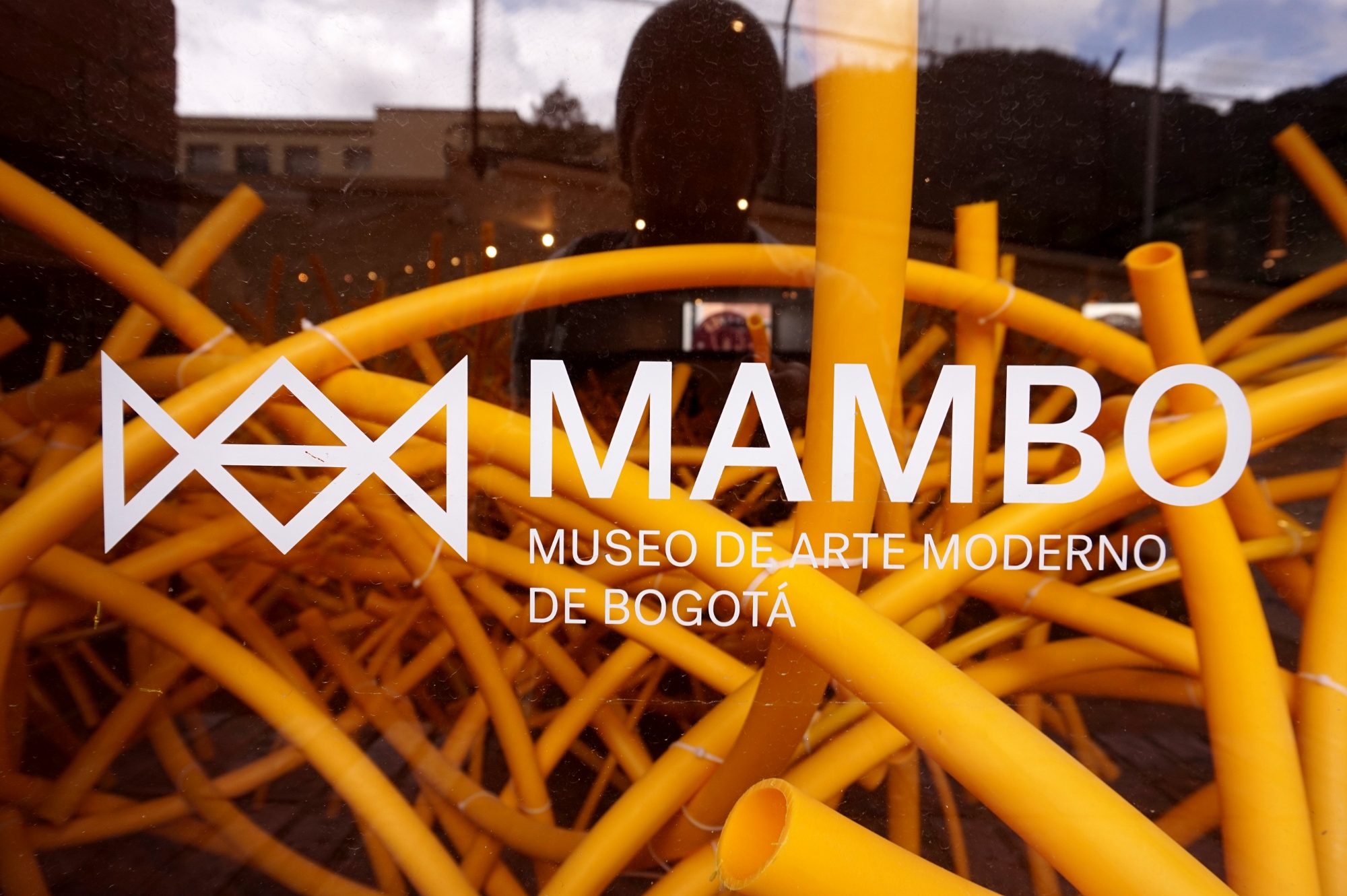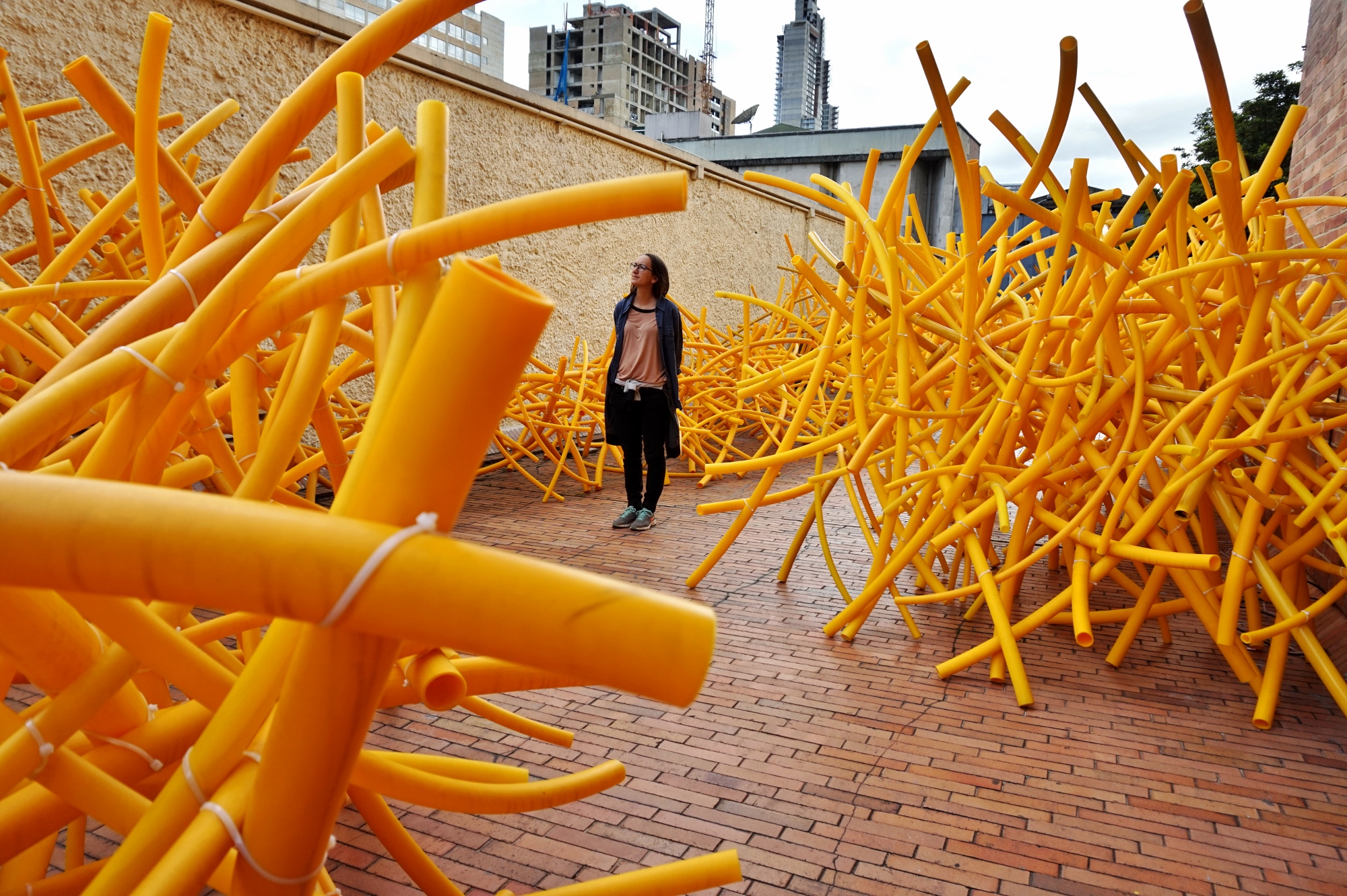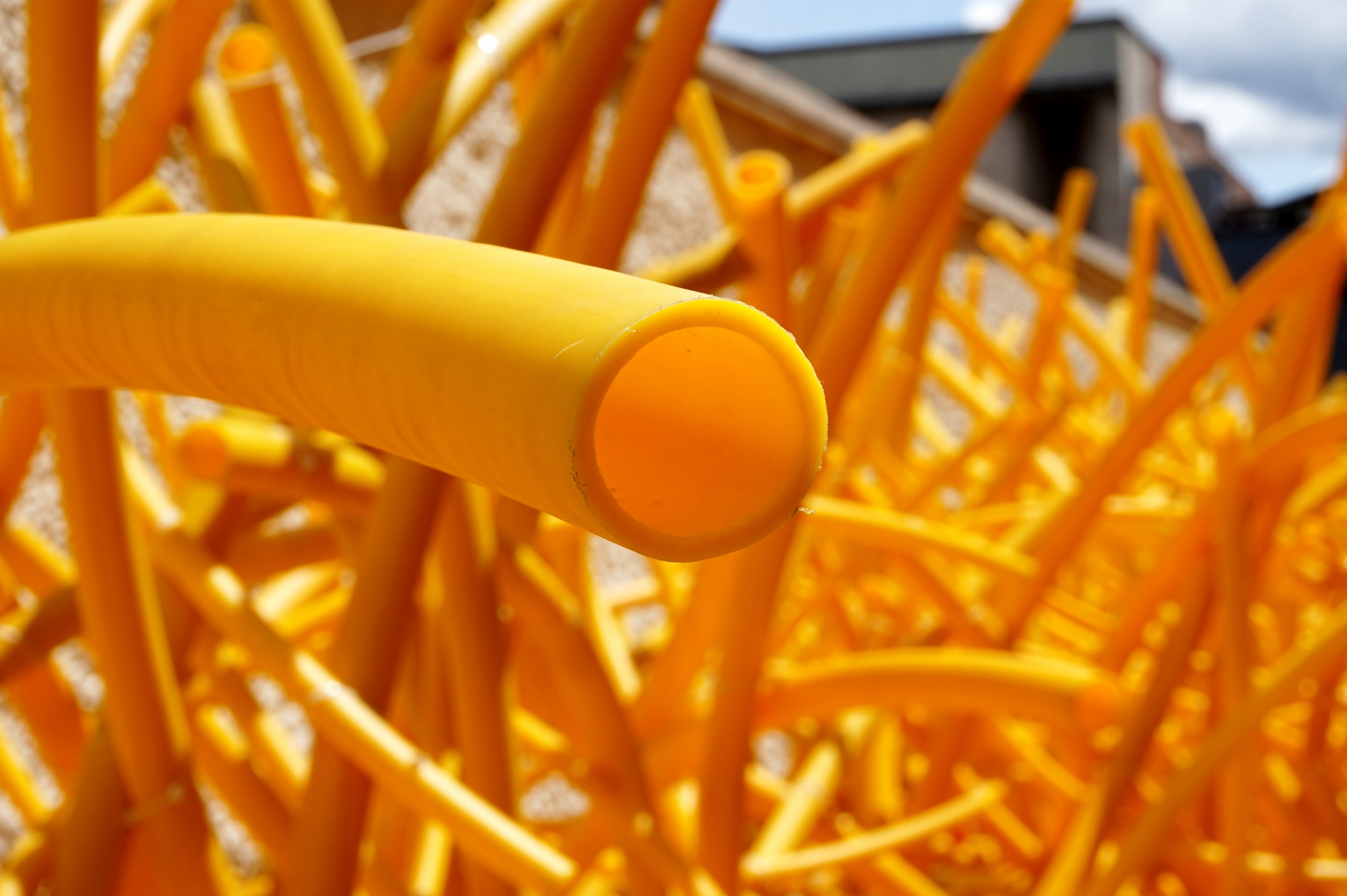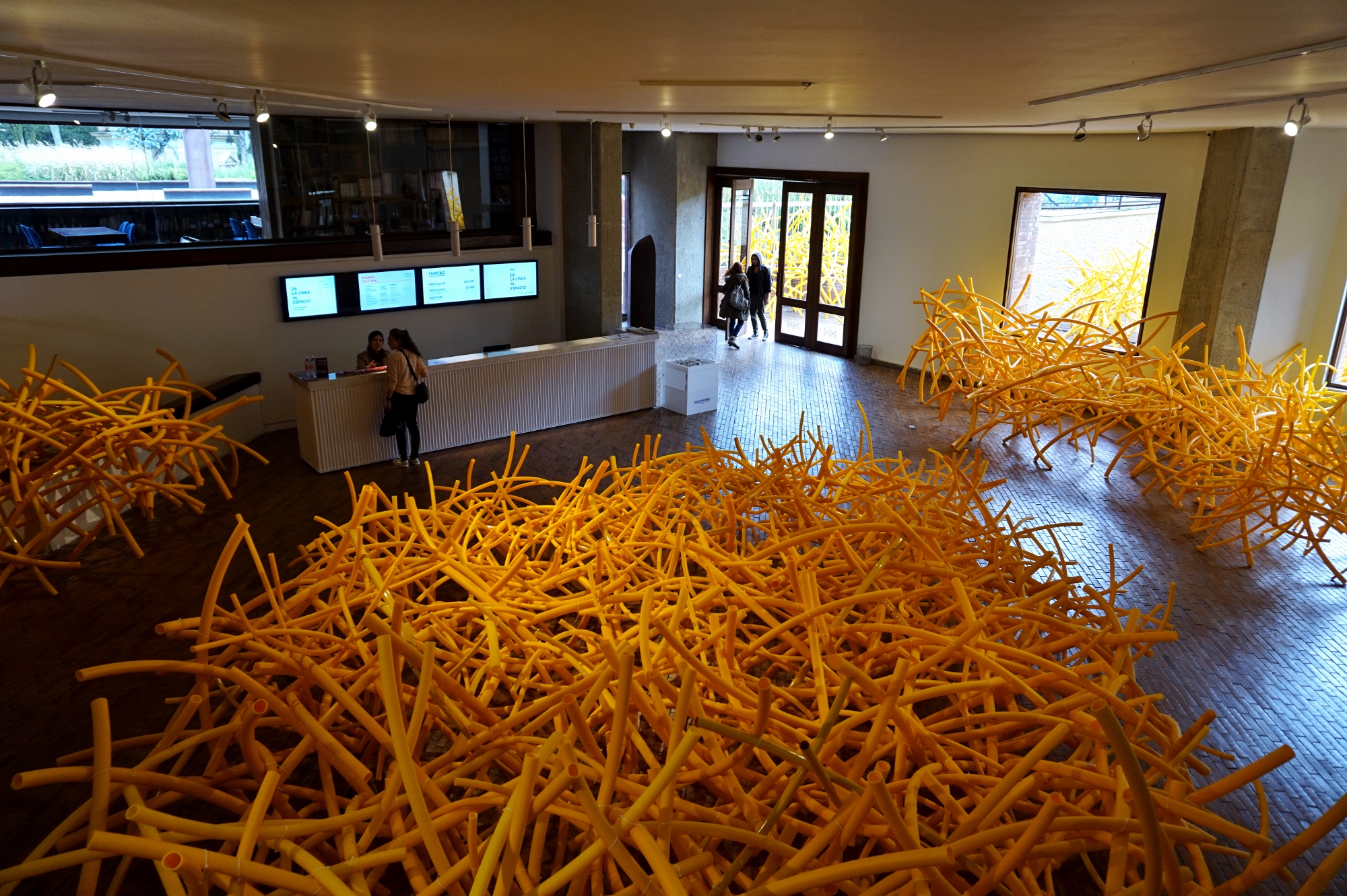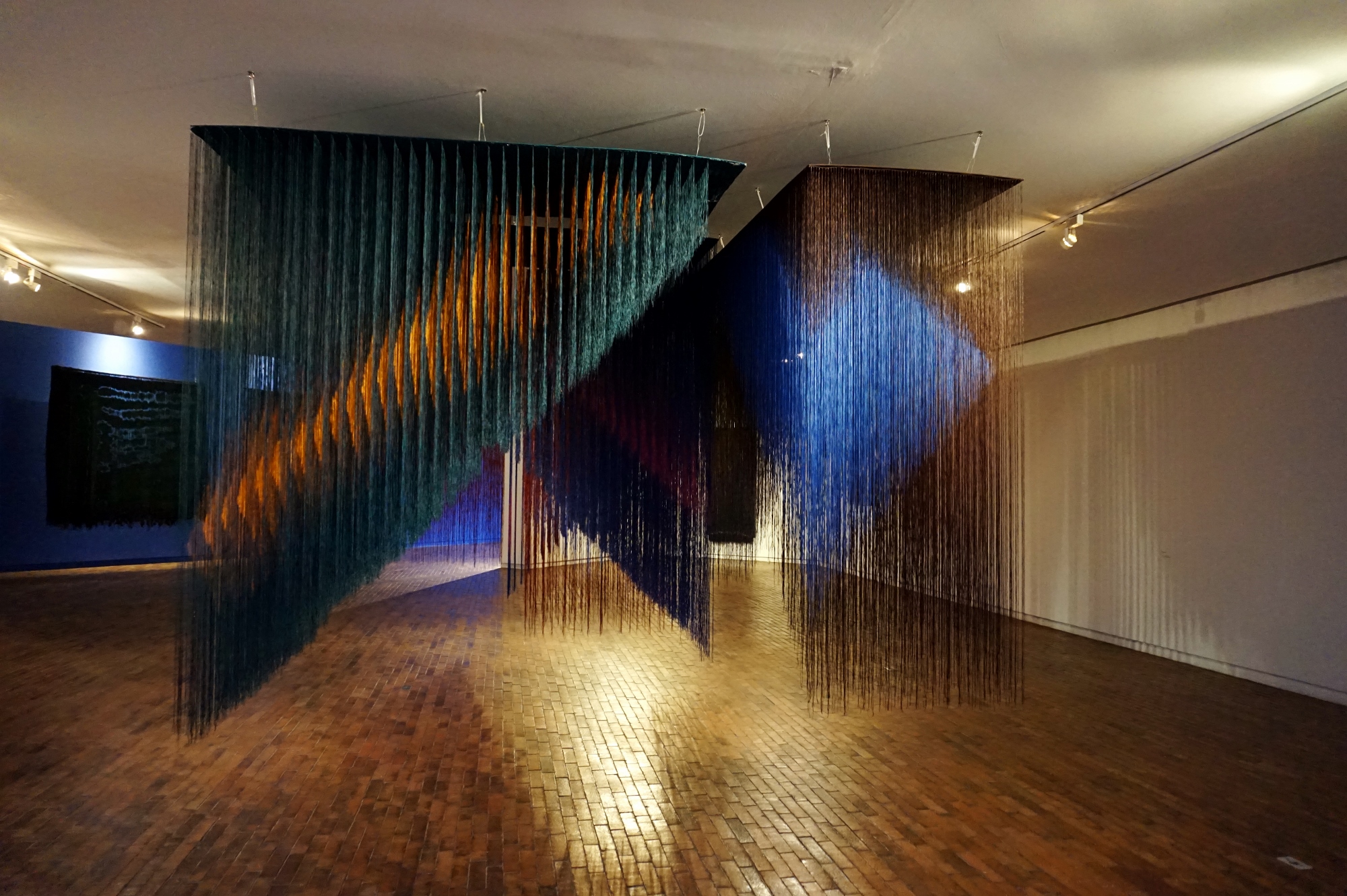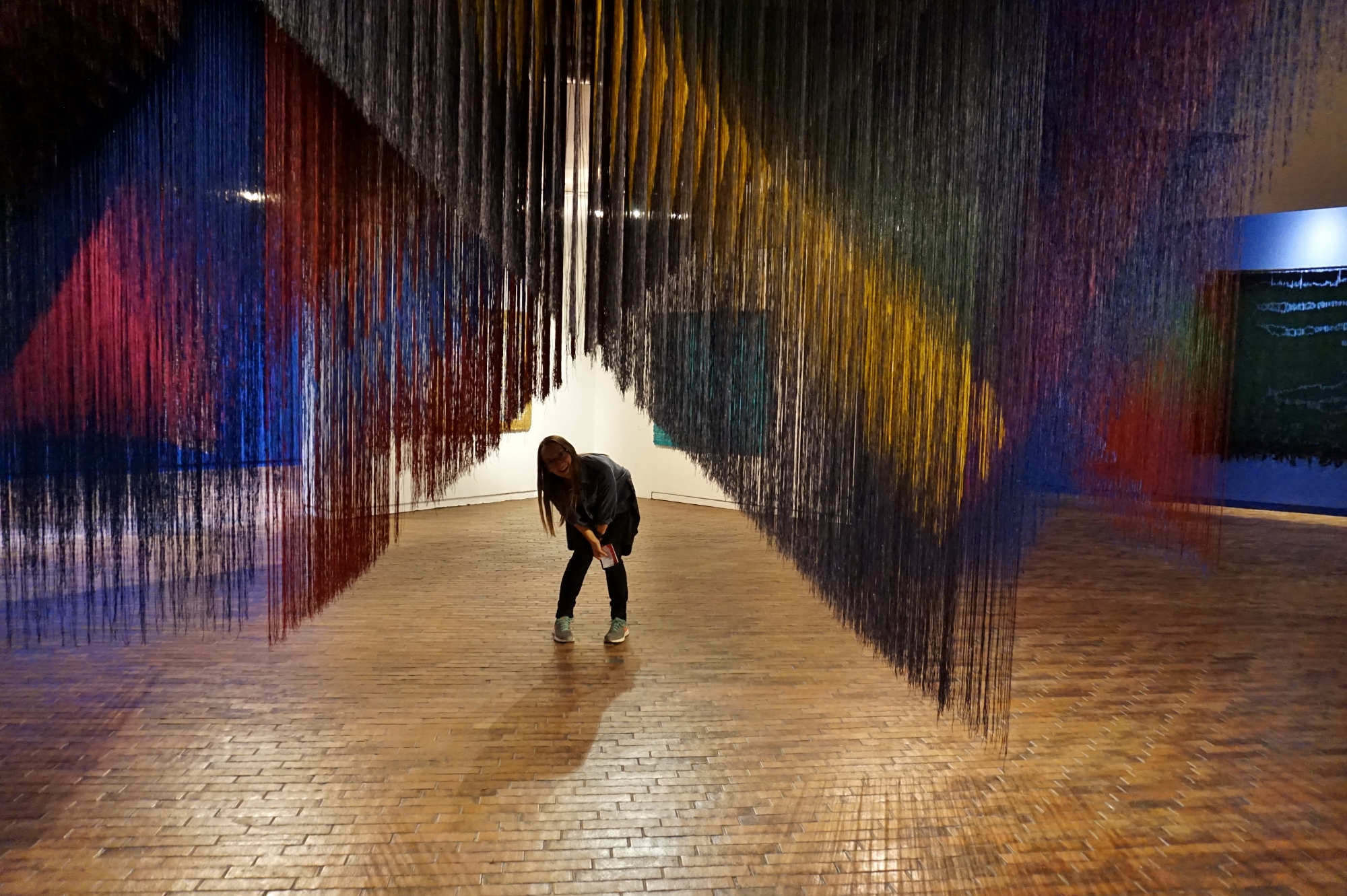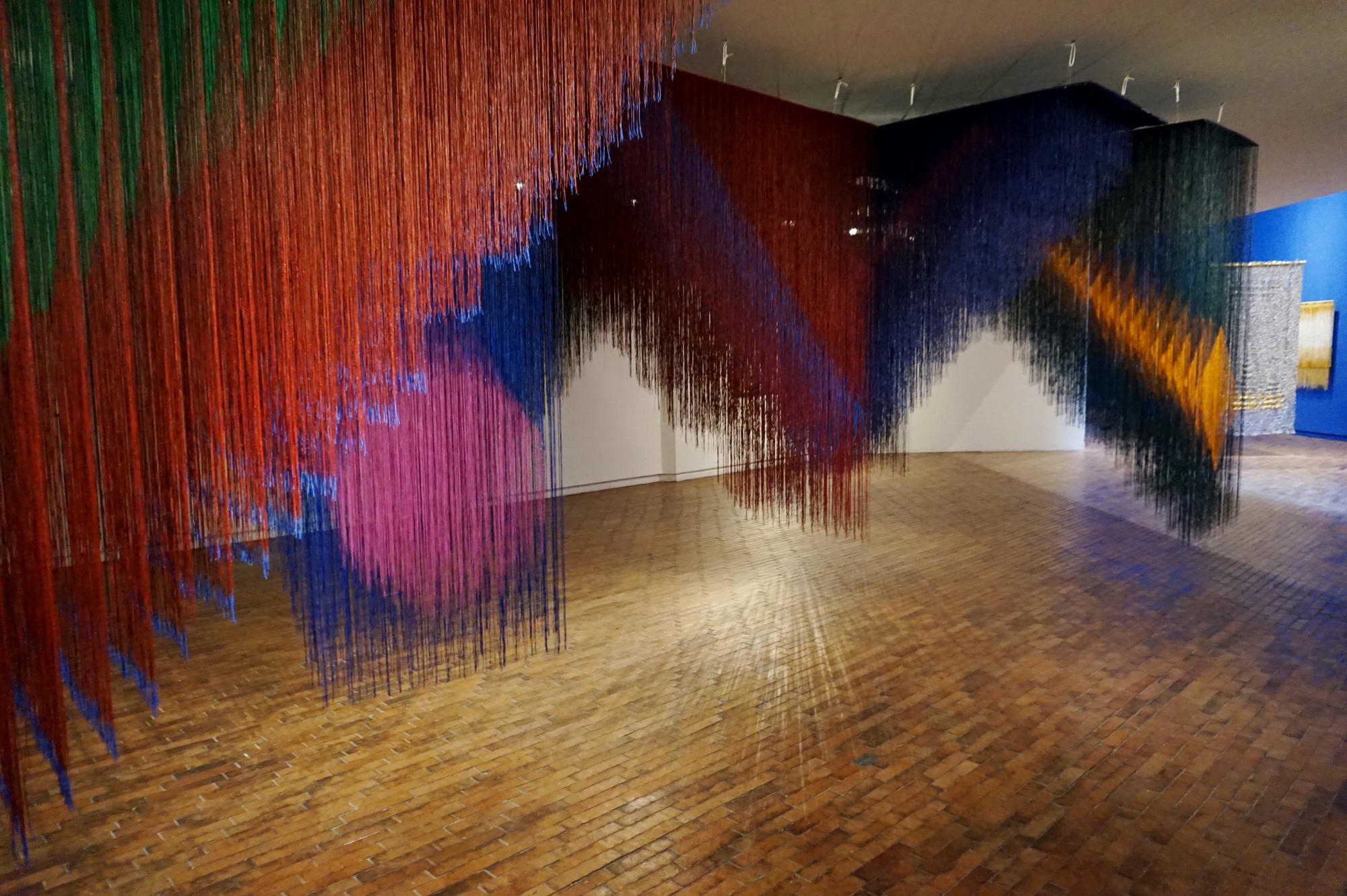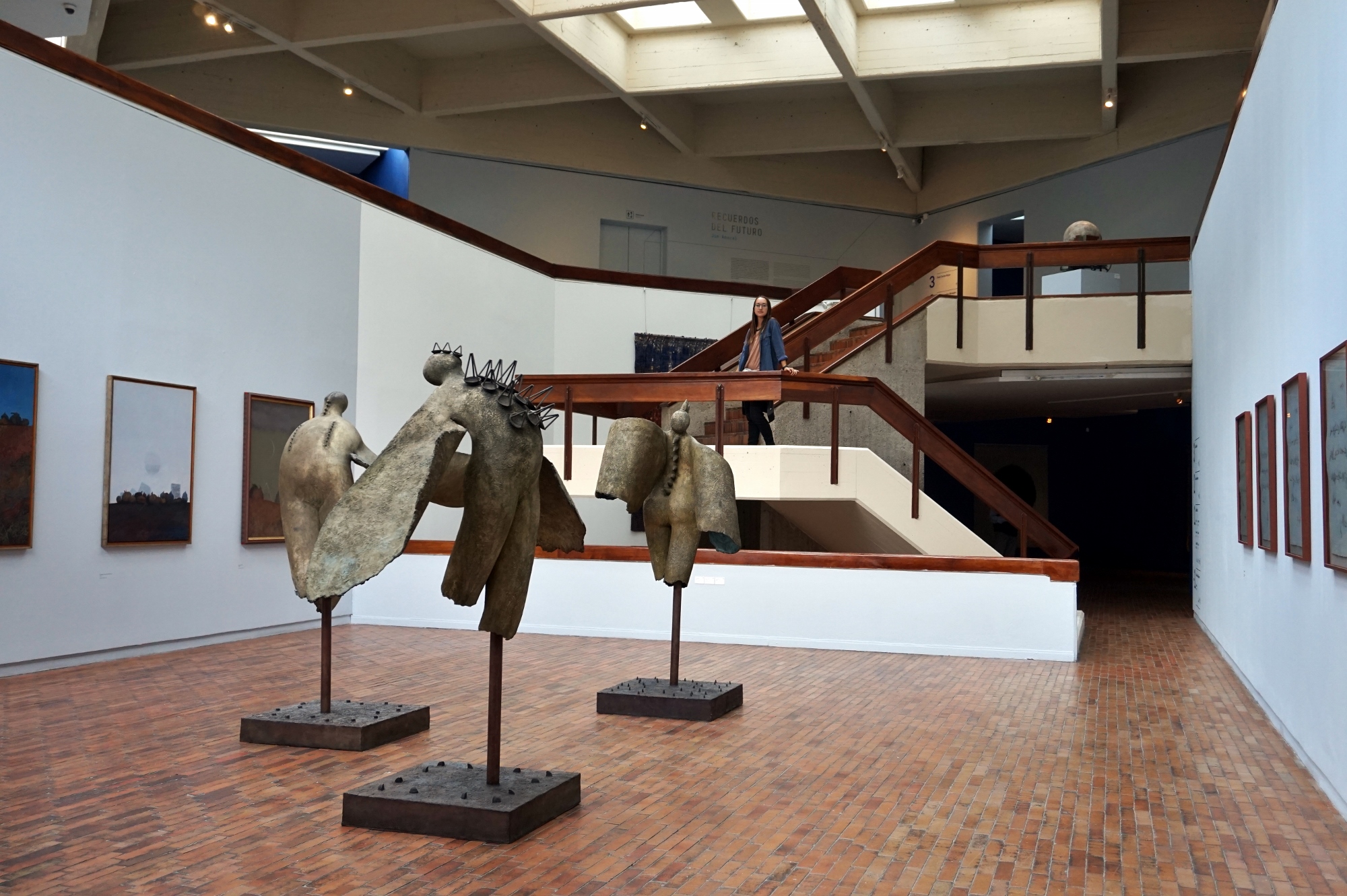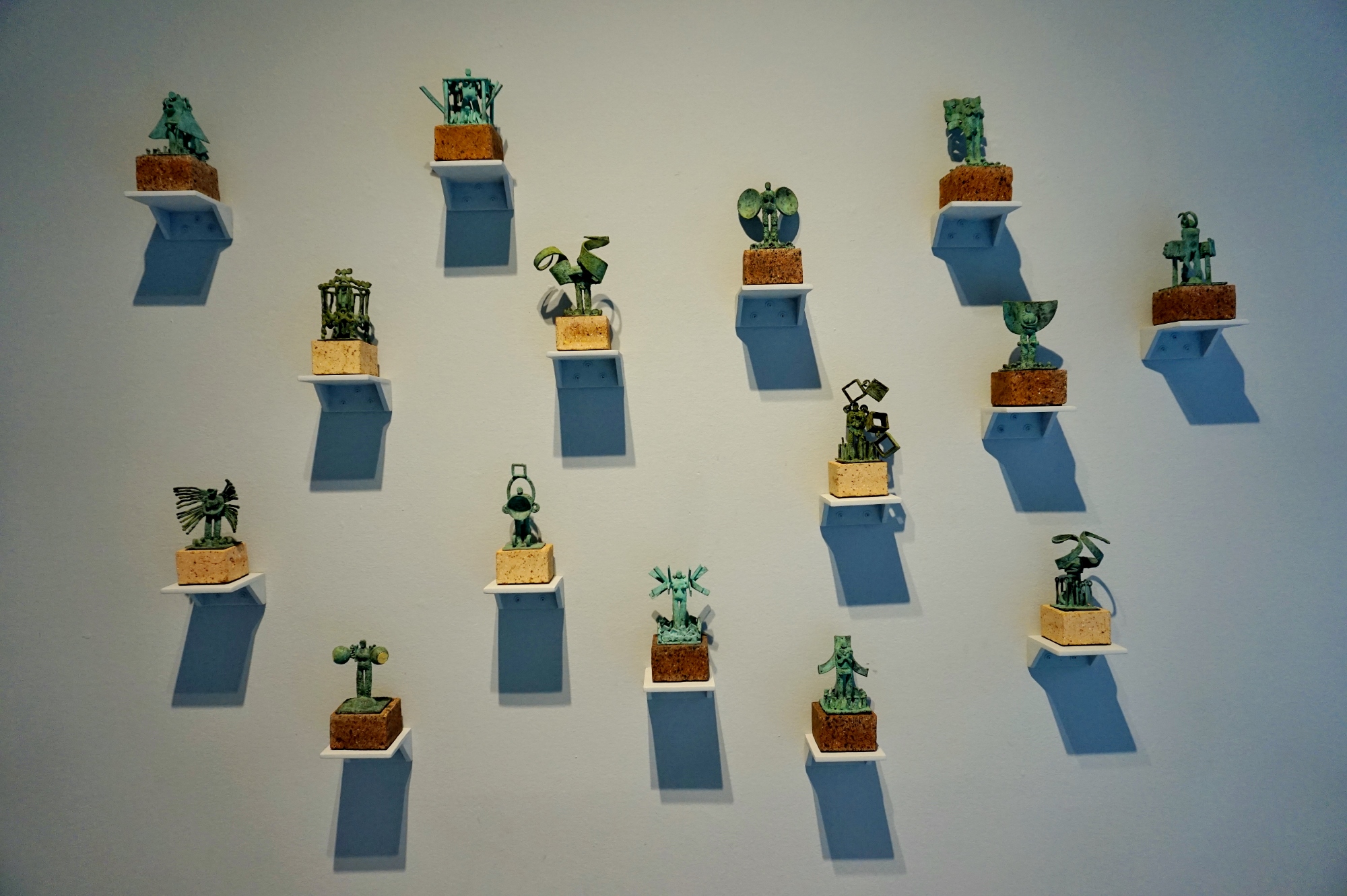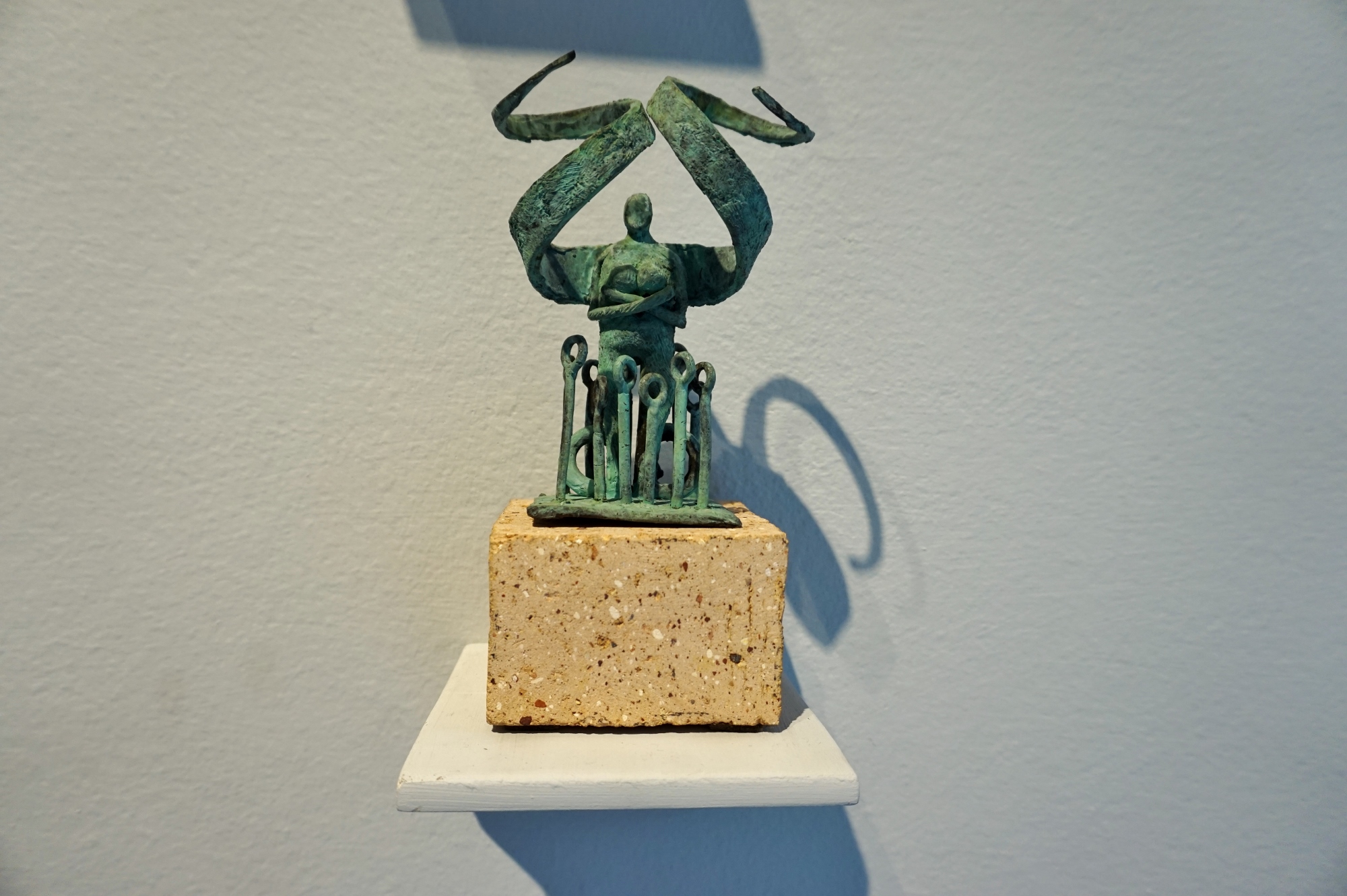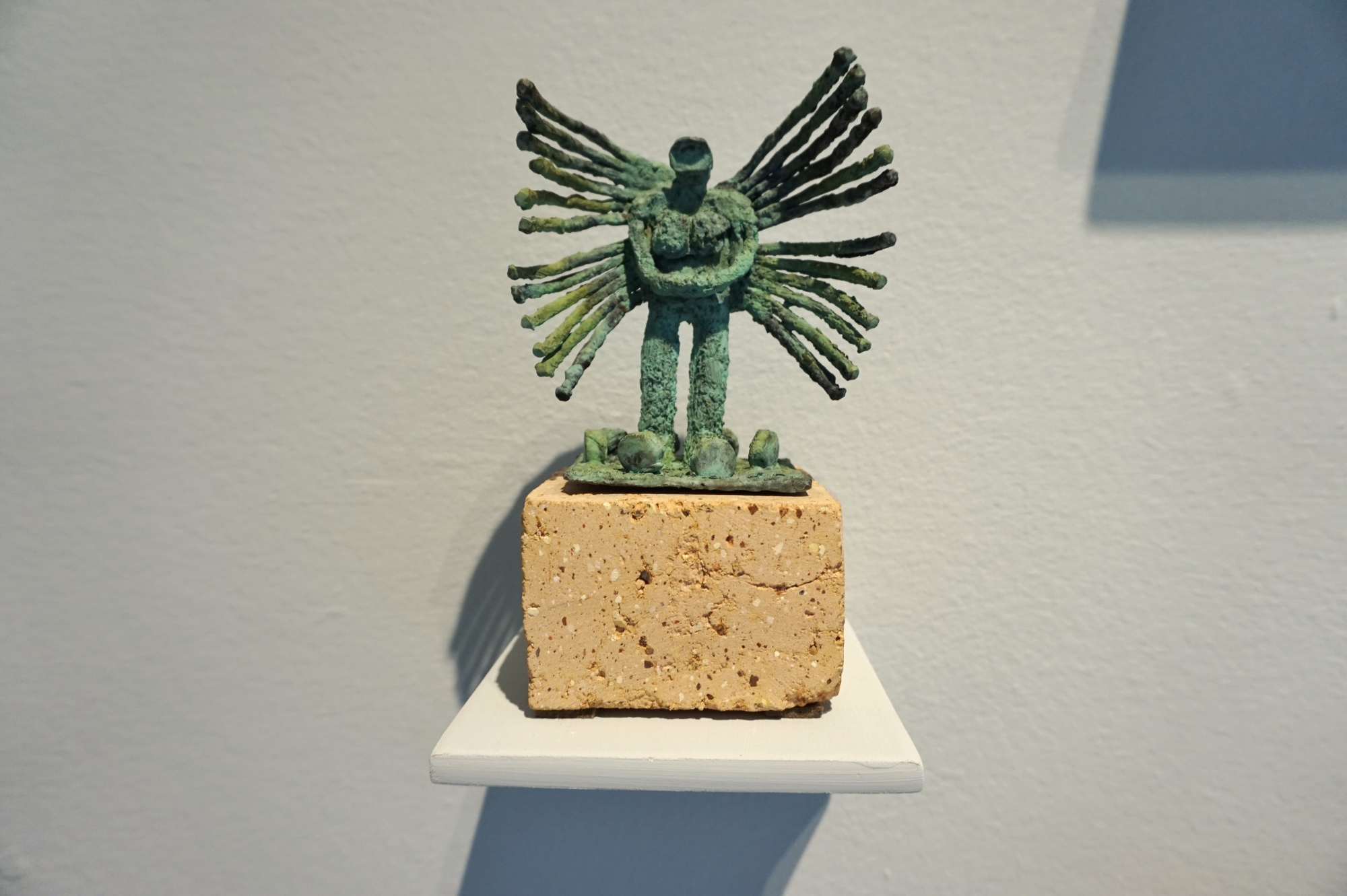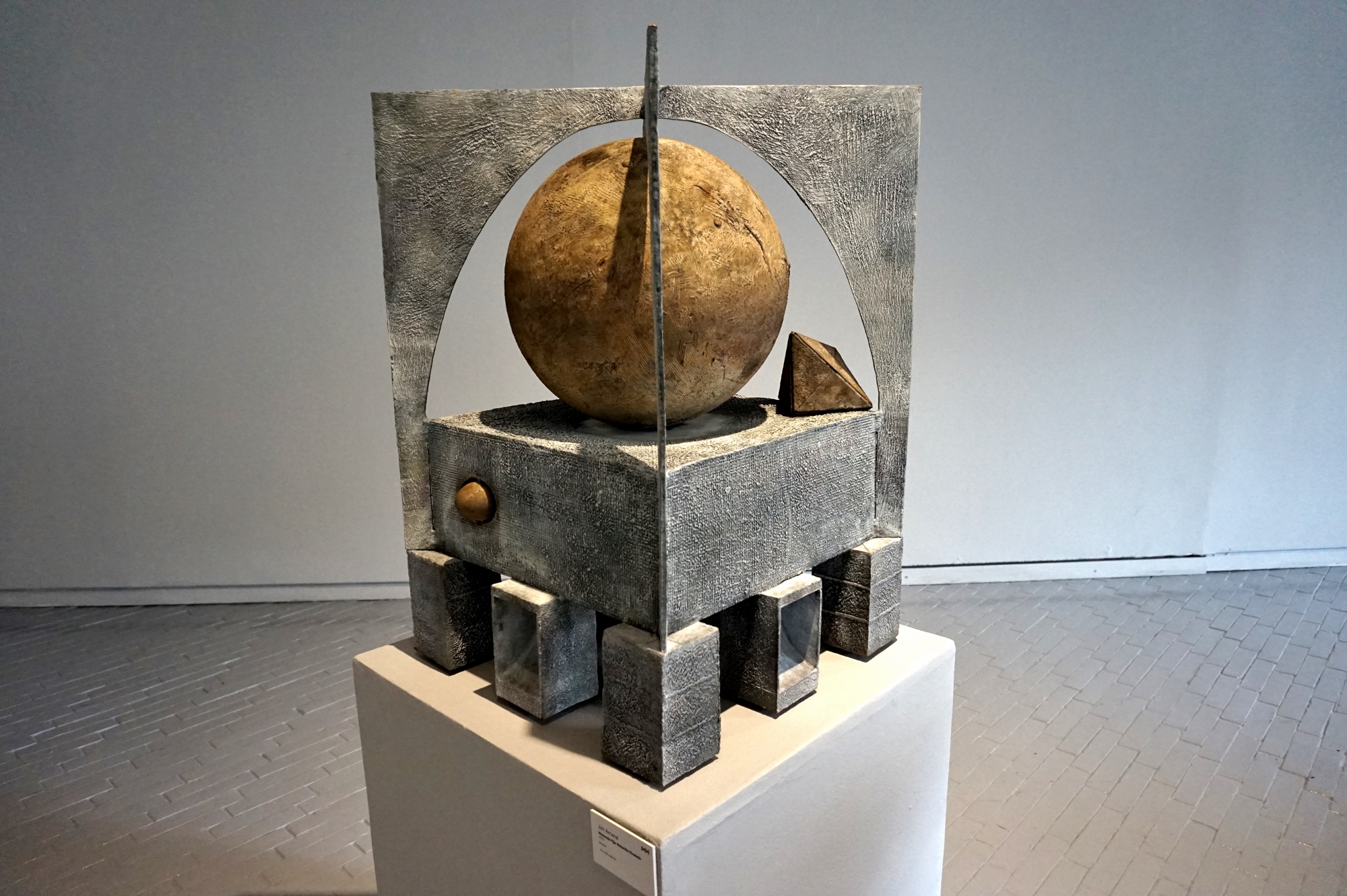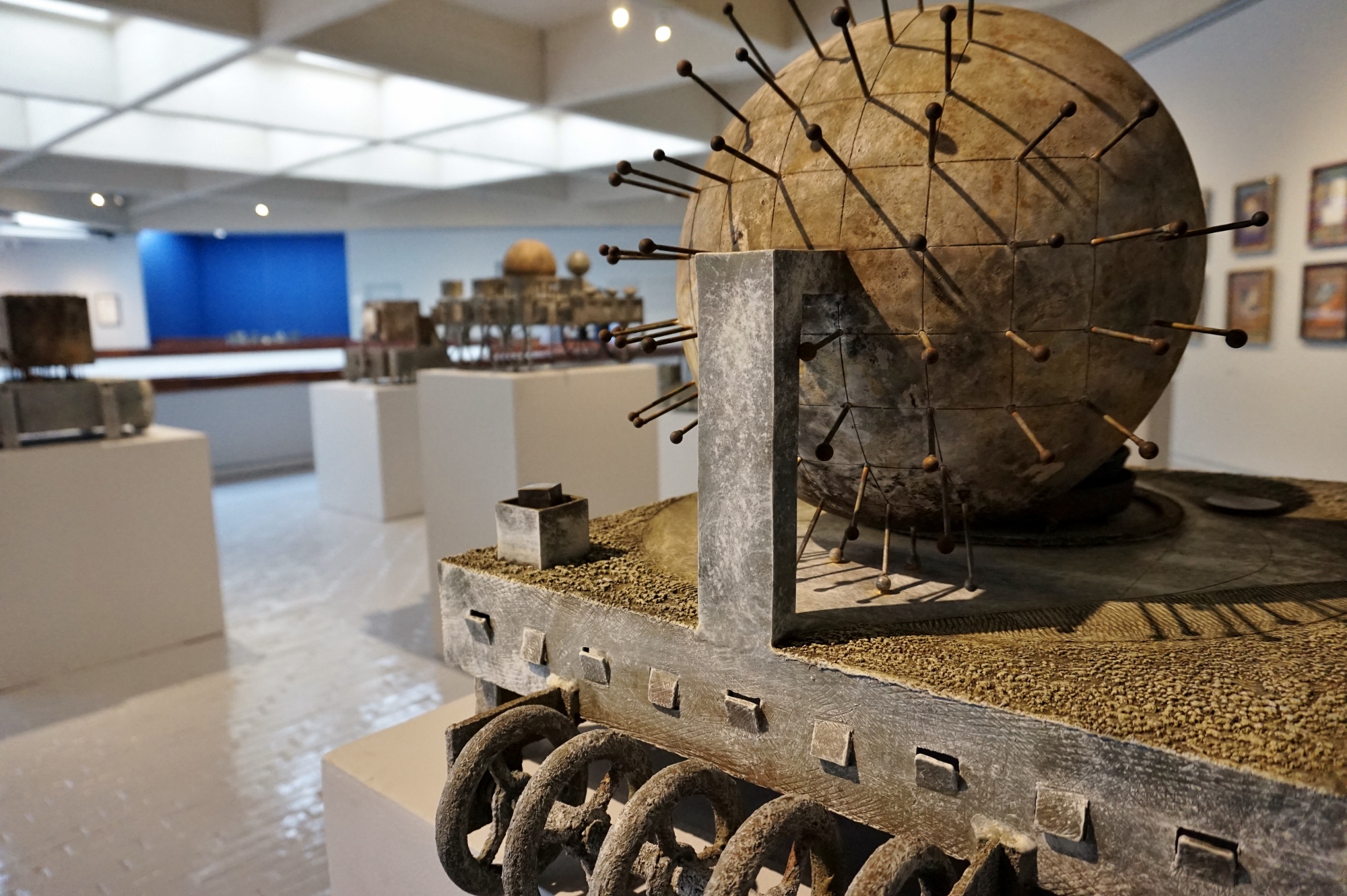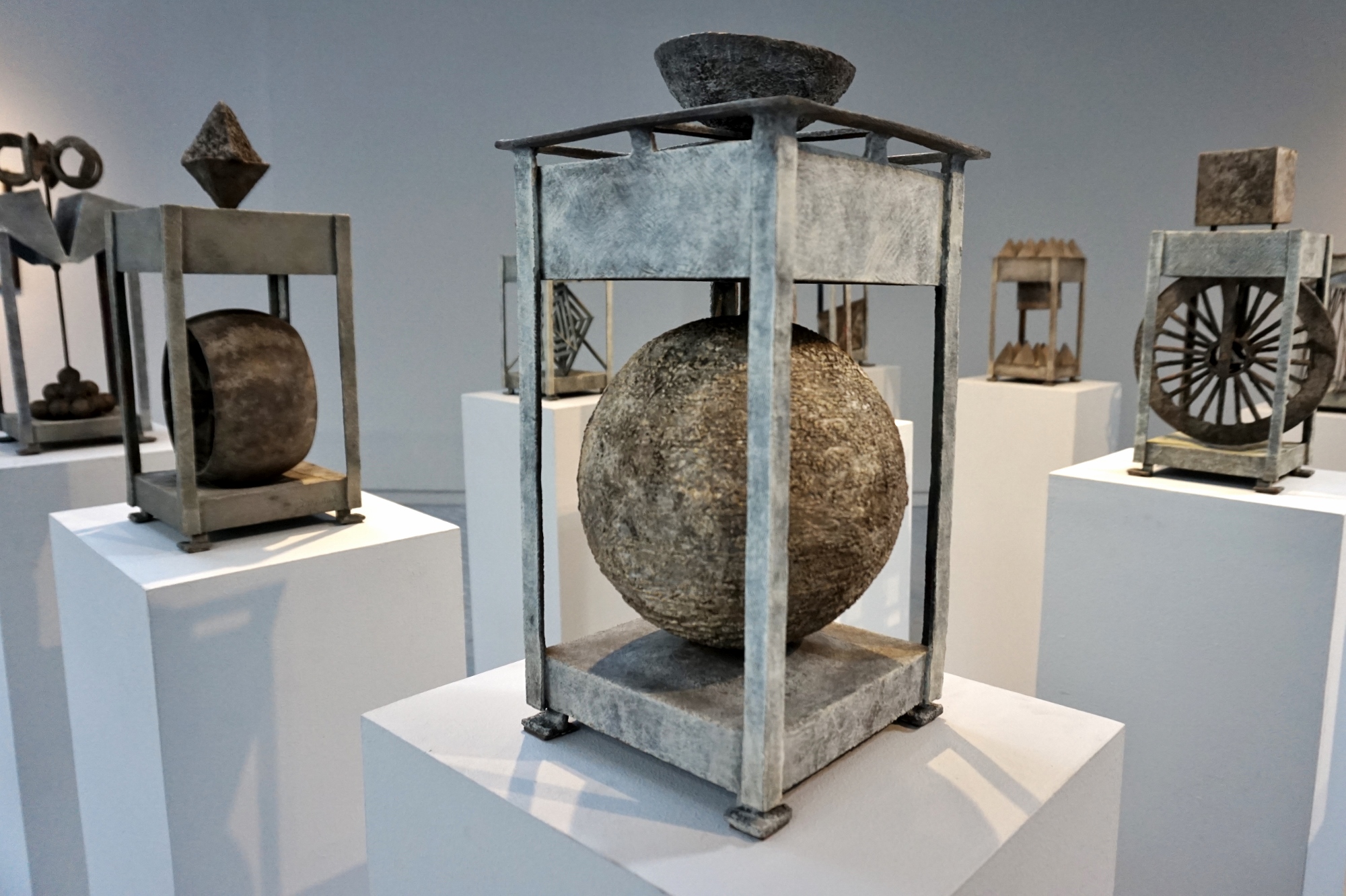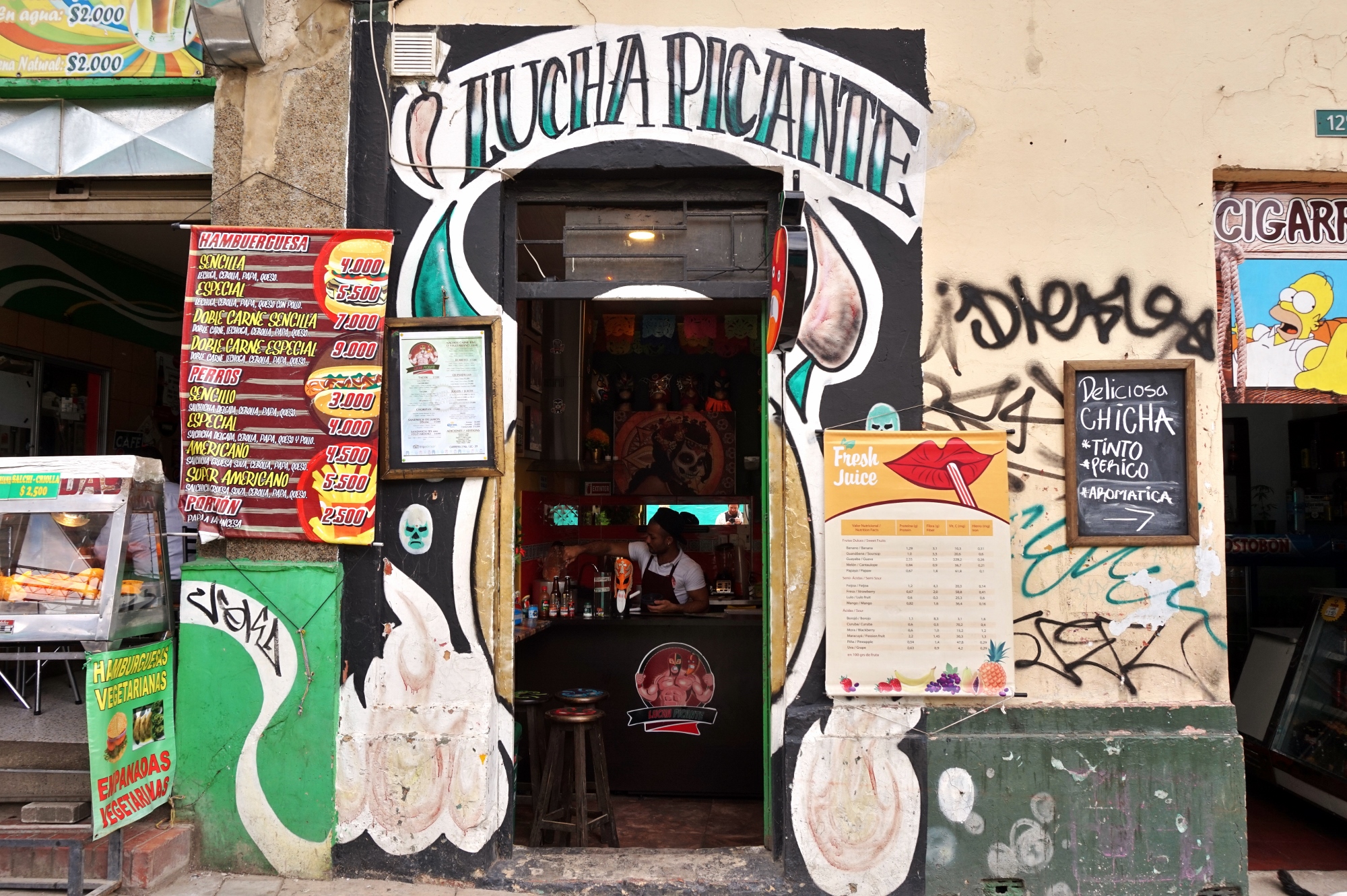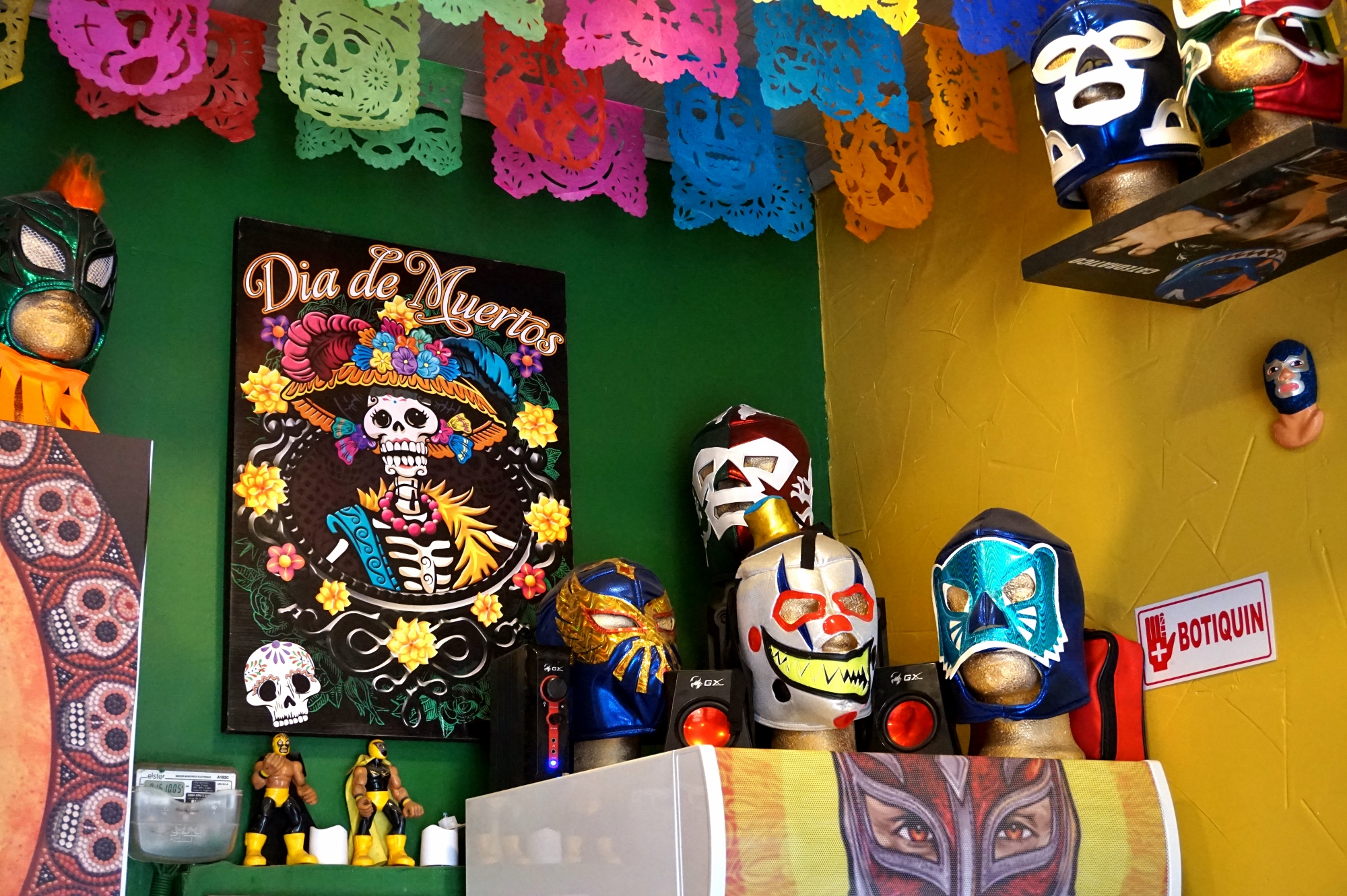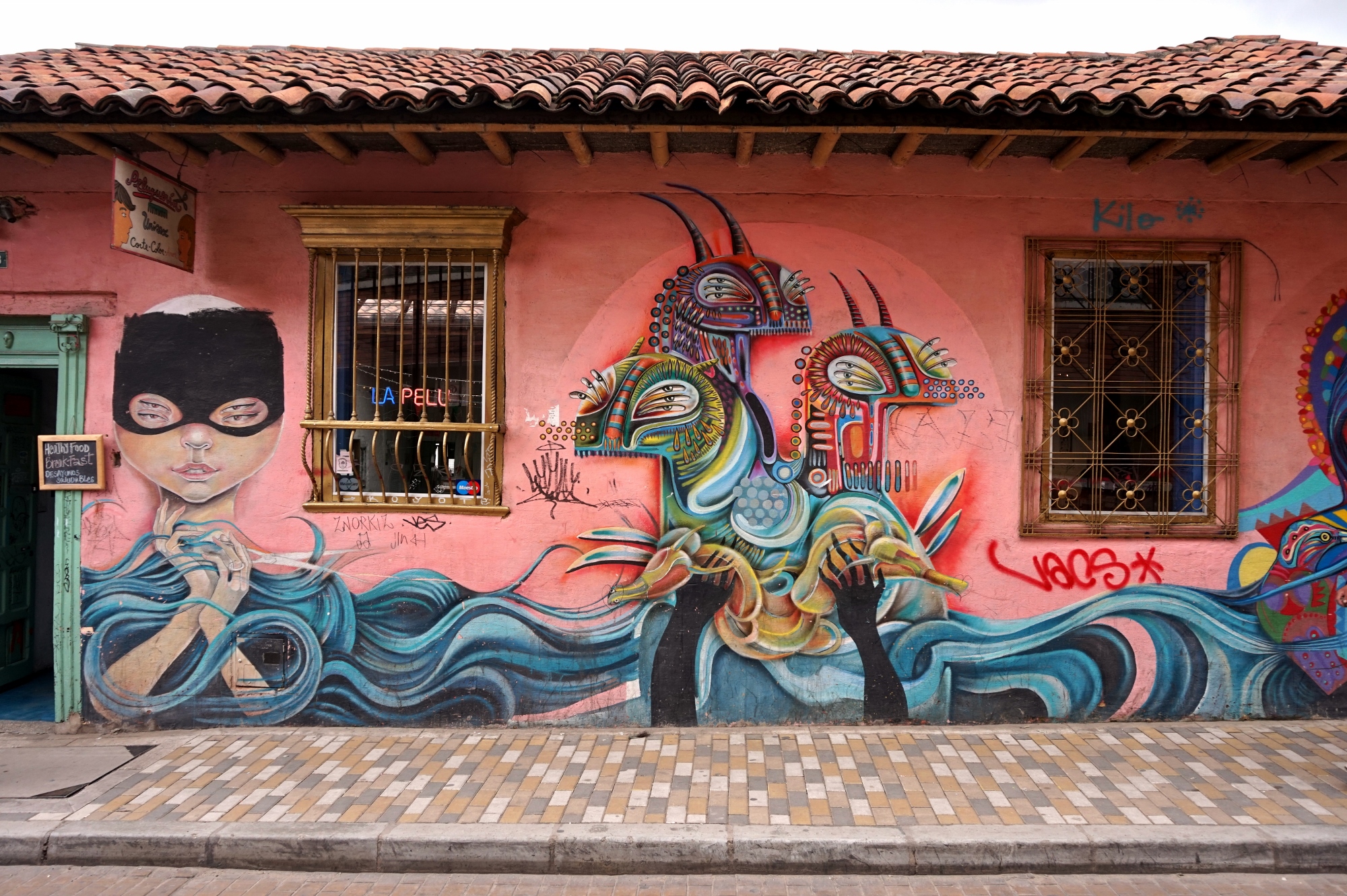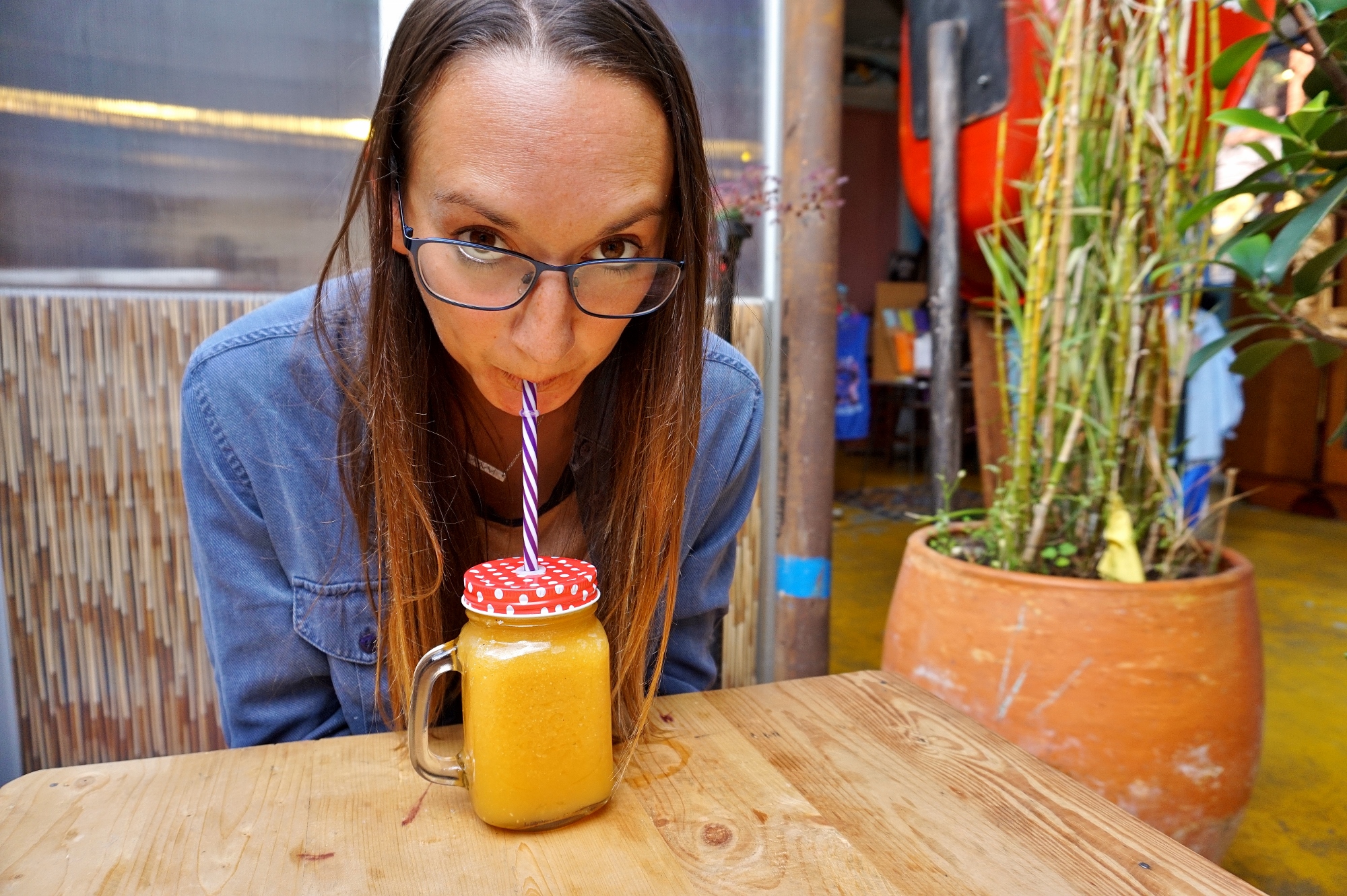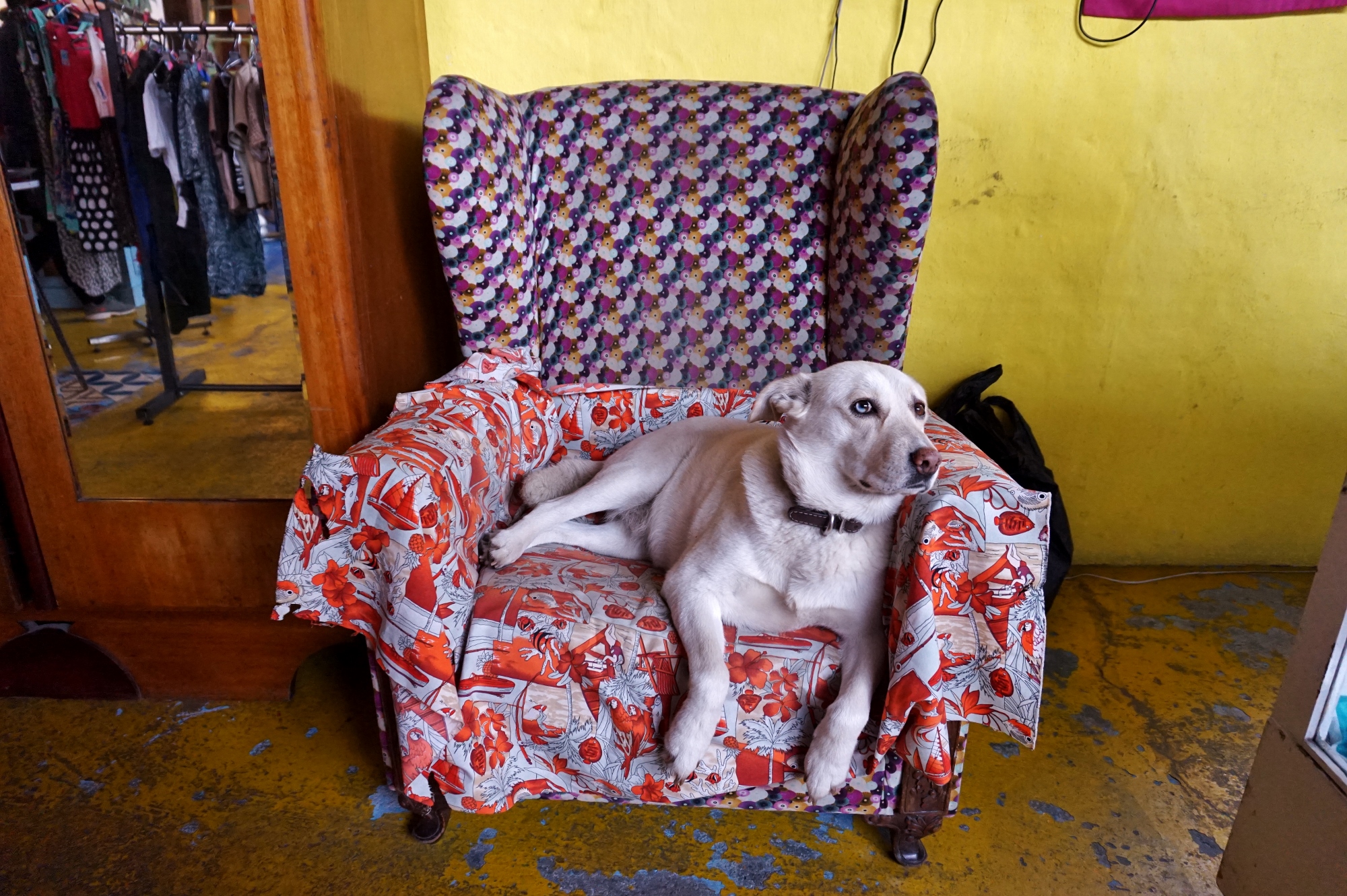BOGOTA

We arrived in Bogota late one evening in the pouring rain. After the heat of the jungle it was obvious our shorts and flip flops weren't going to cut it as we scrambled to find some warmer layers. We took a cab to La Candelaria, a bohemian old town of peeling colourful colonial buildings that has been taken over by students and friendship bracelet makers sprouting dreadlocks. To the north of the city rises the towers of the financial district and to the south is a vast maze of shanti towns. The city sits and expands away from the foot of a large string of mountains which look down over the city from the east.
It was still raining when we checked into our hostel and everything was closed. Apparently a lot of places shut up shop in the evenings when it rains. This surprised us as apparently it rains most of the year. When we awoke the next morning it was still raining. Luckily Bogota is crammed with history and art so rainy day activities were plentiful.
Museo Del Oro (Gold Museum)
Museo Del Oro was a good way to kill some rainy hours, especially on Sundays as it's free! There were literally thousands of sparkling golden objects on display, from jewellery to death masks. The work was super detailed and exquisite. It seemed a key technique used in Colombia that we hadn't seen anywhere else in South America was to emboss thin sheets of gold with patterns and depictions. The collection spanned a couple of floors and was vast. Too vast to be honest as we lost interest after the first floor, possibly even the first room. There is a bit too much to take in in one go, especially if gold and tribal artefacts are not high on your list of interests. Still it was warm and out of the rain.
Downstairs was a temporary exhibition about the Kuna communities craftwork called the Mola. Women learn to make Molas out of sewn layers of material from a young age. They form a key part of the Kuna women's traditional dress with a Mola incorporated into the front and back panels of a blouse. To make a Mola, several layers of different coloured fabric are tacked together before cutting through parts of each layer to 'draw' a design. The edges of the fabric are then folded under and hand stitched. This is called a reverse appliqué technique. They vary in complexity with a greater number of layers often considered a higher quality piece.
Molas tend to fall into two categories: 'Protection Molas' which boast really geometric and striking designs. These are to protect young women coming into puberty against danger. Looking at them for too long made my eyes go a bit fuzzy. The second type tend to depict objects and symbols from everyday life, for example fish, birds and people. We even saw some modern day Molas which depicted pop culture icons such as Spider-Man.
La Puerta Falsa
It was still raining when we left the Museo Del Oro so we held up in a charming tiny restaurant called La Puerta Falsa (The false door). It's tucked away up a cobbled side street next to the Cathedral. We had been tipped off by a couple of blogs that this place serves great traditional Colombian dishes. We ordered a Ajiaco, a thick stew filed with three types of potatoes, chicken, corn on the cob, cream and served with a side of avocado. We also took a Bandeja Paisa, a large plate of pork, fried plantains, chick peas, rice, beans, avocado, chorizo, black pudding, a fried egg and some other minced meat (I think that's everything). It was as colossal as it sounds. It was one of those lunches that is also dinner and breakfast. We totally over ordered but it was damn tasty.
Museo De Botero
Just up from La Puerta Falsa is the Museo De Botero. Botero is probably Colombia's most famous artist and the only one to exhibit in the Louvre in Paris. This is actually quite fitting as one of his most famous pieces is a painting of a fat Mona Lisa. Apparently he started off painting thin people but no one took much interest, his art career really ballooned when he started to paint fat figures.
The museum was actually much bigger than we expected and houses one of Latin America's most important international art collections. As well as Botero and some questionable modern art pieces, the collection also houses pieces by Picasso, Giacometti, Monet, Dali, Moore, Matisse and many more of the greats which flow into a number of charming old buildings. You can also visit Bogota's old mint if coins and cogs are your thing. We gave the mint a miss, but had a good look round most of the artwork. It was still raining when we left.
Free Walking Tour
The weather was much brighter the next morning. We couldn't be sure how long we had, looking at the ominous clouds gathering above the mountains, but we reckoned a couple of hours so we joined a free walking tour of the old town. Gina was our guide and was brilliant. She had been a student here studying politics. She also had a keen interest in Colombian history and was weirdly good at remembering everyone in the groups name and country of origin.
Firstly we walked down Callejon Del Embudo a wonky little road full of students and bohemian types selling bracelets and crystals. It was also awash with graffiti. Apparently the Mayor recently proclaimed Bogota a graffiti capital (what ever that means) however it does explain why almost every free wall between the airport and our hostel was covered in art. Not just hip hop styled tags with jagged type but really good paintings and murals.
We stopped at a little cafe for a glass of chica, an alcoholic drink made of boiled corn. It was very different from the chica we had drank in Peru. Chica was a central part of life for many of Colombia's tribal communities. It was prepared by the women and thought of as a fertility aid. It was often drank in the evenings before going to bed with their husbands. It was also used by the men as a way to communicate with the gods. At only 2% alcohol it would take a lot more of what we were drinking to start communicating with the gods. Gina went on to say they made it a lot stronger back then. It tasted similar to a thick, sour apple juice. Outside of tribal tradition it was also just a key part of life for the Colombian people. Gina then told us a story about a German called Leo Kopp, who opened the Bavaria Brewery back in 1889. Unfortunately for Kopp most Colombians drank Chica at home and had no need for beer. Sneaky Kopp launched a harsh smear campaign painting Chica as an evil drink only drunk by prisoners and low lives. It actually worked, people switched to beer, and the brewery is still going today.
Shortly after we swung by a fruit market and tasted a load of fruits that I have never heard of, couldn't spell if I tried, and probably won't ever have again. Not because they were bad, but because I wouldn't have a clue where to get them, how to order them or how to eat them.
We trundled more of La Candelaria's pretty streets and ducked through a small doorway into a coca tea shop. We have had enough of coca tea and leaves in the mountains, as H associates it with feeling rubbish and I associate it with looking after Helen while she feels rubbish. Still we sipped away and actually both of us found ourselves completely hooked listening to Gina tell us about Colombia's history with the Coca leaf. Even though the leaves in tea are harmless and actually have many positive characteristics, when combined with other chemicals and processed they become the key ingredient in cocaine. The face of Colombia's cocaine industry in the 80s and 90s was Pablo Escobar who at one point was so rich he offered to pay off Colombia's national debt. He was popular amongst the poor of Medellin as he often gave money to housing and sports projects. Gina went on to mention dubious links with Frank Sinatra and the CIA. His downfall came when he was shot on a Medellin roof top after 419 days of being on the run, following a successful jail break after a long war against the government.
We then walked along Carrera 7 and stopped by a wall of plaques. This was where Jorge Eliécer Gaitán Ayala (January 23, 1903 – April 9, 1948) a popular charismatic leader of a populist movement in Colombia was assassinated during his presidential campaign. It is widely speculated that his alleged assassin Joan Roa Sierra was acting by order of the CIA. Gaitán was a nationalist and wanted Colombia to stop buying from abroad (Mainly the US) and manufacture more inside Colombia. This sparked a violent period of political unrest in Colombian history known as La Violencia (approx. 1948 to 1958) between conservatives and liberals. It also facilitated the rise of the currently existing Communist guerrillas.
We eventually made it to Plaza De Bolivar, home to Catedral Primada De Bogota, Palacio De Justicia, Alcaldiá Mayor De Bogota and Capitolio Nacional. All big impressive looking buildings for either political or religious purposes. Not only was this square home to some of Colombia's most important buildings it was also home to a shit load of pigeons, and a shit load of shit. Just down from the square is the Presidential House where you can literally stand below his bedroom window. For a country with such a traumatic history of war between the government and the drug cartels, it seemed a bit silly that any old person was allowed to walk past his house.
We finished the tour in a swish little cafe called Union Coffee. It was full of scientific looking contraptions for making coffee that looked like they had been lifted from the nearby University's science labs. Bare brick walls, an old vinyl player and a vintage coffee grinder added to the scene. It was like walking back into east London. Hipster stereotypes aside, the coffee was excellent, nothing like what you get with a free hostel breakfast.
Gina recommended we eat at La Puerta Catedral (The Cathedral Door) a few doors up from La Puerta Falsa. As none of us had anything better to do and needed to kill an hour for the gathering rain clouds to pass, everyone from the tour went together for a big lunch.
Cerro Montserrat
In the afternoon we unsuccessfully visited the mirador (Viewpoint) atop of Torre Colpatria, the cities tallest building. Unfortunately it is only open on weekends and we had cleverly waited till Monday to visit. We then unsuccessfully visited the Modern Art Museum Botoga as it was closed on Mondays. Finally we unsuccessfully saw the view over the city from Montserrat Cathedral perched on top of Cerro Montserrat (Montserrat mountain) as a band of cloud had noticed us ascended via funicular and rushed over to block our view. At least the funicular was fun.
Hot chocolate with cheese
Luckily bad luck comes in threes and we successfully found La Pasteleria Florida, famed for the unusual Columbian delicacy of putting cheese in hot chocolate. It was a lovely building with two grand floors of dark wooden tables, well dressed waist coated waiters and old photos of the city. We arrived around eight and it was rammed with locals all guzzling the house special. I did as the locals do and dropped small pieces of cheese into my mug only to realise quite quickly that I am not a local and this tasted as odd as it sounded. Wet cheese and oily chocolate is how I can best describe it. Both are best consumed separately in our opinion.
La Candalria
On our final day we retraced our steps and went for another walk around La Candalria's lanes ending up back at Union Coffee to try and get some info of the best areas in the country to visit for a good cup of coffee.
MAMBO
After a couple of Cortado's we were buzzing and decided to walk back to MAMBO to see some of Colombia's modern art. Upon arrival we first thought the building was about to undergo a large plumbing renovation, however this turned out to be art. It was a pretty small space over two floors, there was a different exhibition on each.
The first floor was home to a female textiles artist who's name escapes me. I didn't really understand the pretentious waffle written about the work (I never do, it just leaves me confused and angry) but some of her pieces were nice to look at.
On the top floor was a room full of odd sculptures. They looked like alien machines from a bygone era. We didn't spend long there but it's nice to keep an eye on what the creative world is doing.
A couple of hours north of the city is a small town called Suesca, famous for rock climbing. Our plan was to sleep there tonight as H had made contact with a climbing guide and was due to meet him by the rock tomorrow morning. We swung back to the hostel to pick up our bags, stopping by a really good burrito joint called Lucho Picante and grabbing a coffee at the cafe / hair dressers La Pelicular.
We quickly realised we had perfectly timed our journey with Bogota's infamous rush hour as we were literally squeezed onto the bus with our big bags. I don't think H's feet touched the floor until a few stops down when a few people had got off the bus. Eventually we worked our bums onto some free seats as we headed towards the mountains.

